Ep. 66: Cross Game Vol. 1 by Adachi, & To Strip the Flesh by Toda
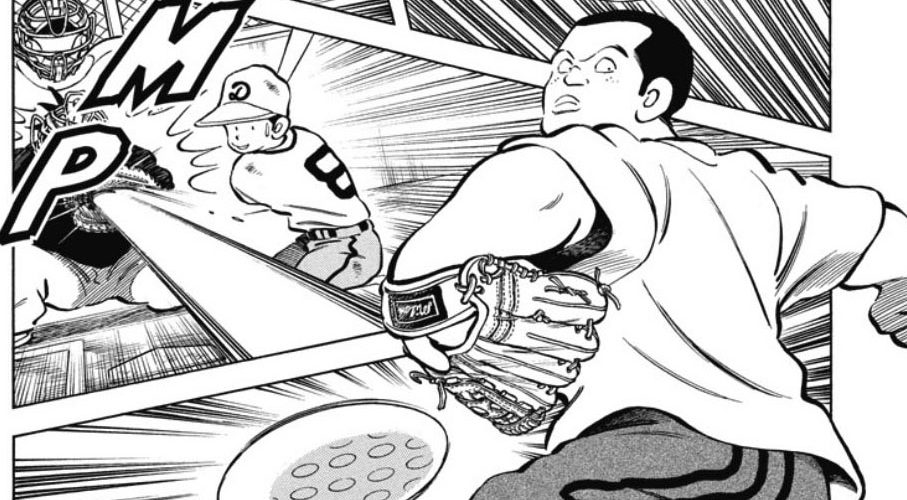
This week the team digs into a classic sports manga, Cross Game by Mitsuru Adachi! This story has huge twist/reveal in the first volume and the crew SPOILS IT, A LOT. But it’s not a spoiler to say that this (baseball!?) manga is EXCELLENT, so if you don’t want to know the big, important plot twist in this volume before you get a chance to read it, you can fast-forward to 1:10:15 and listen to the our latest Manga Blind Date, with To Strip The Flesh by Oto Toda from VIZ Media! It’s a jam-packed episode, so don’t miss it!
Powered by RedCircle
IN THIS EPISODE
00:00 Cross Game vol. 1 – SPOILERS! Skip to 1:10:00 for Manga Blind Date: To Strip the Flesh if you don’t want this book spoiled.
01:10:15 The Break!
1:11:00 Manga Blind Date: To Strip the Flesh
1:31:00 Shout outs! TV shows! Lots of anime that hit you in the feels or have a lot of hitting (ok, boxing)
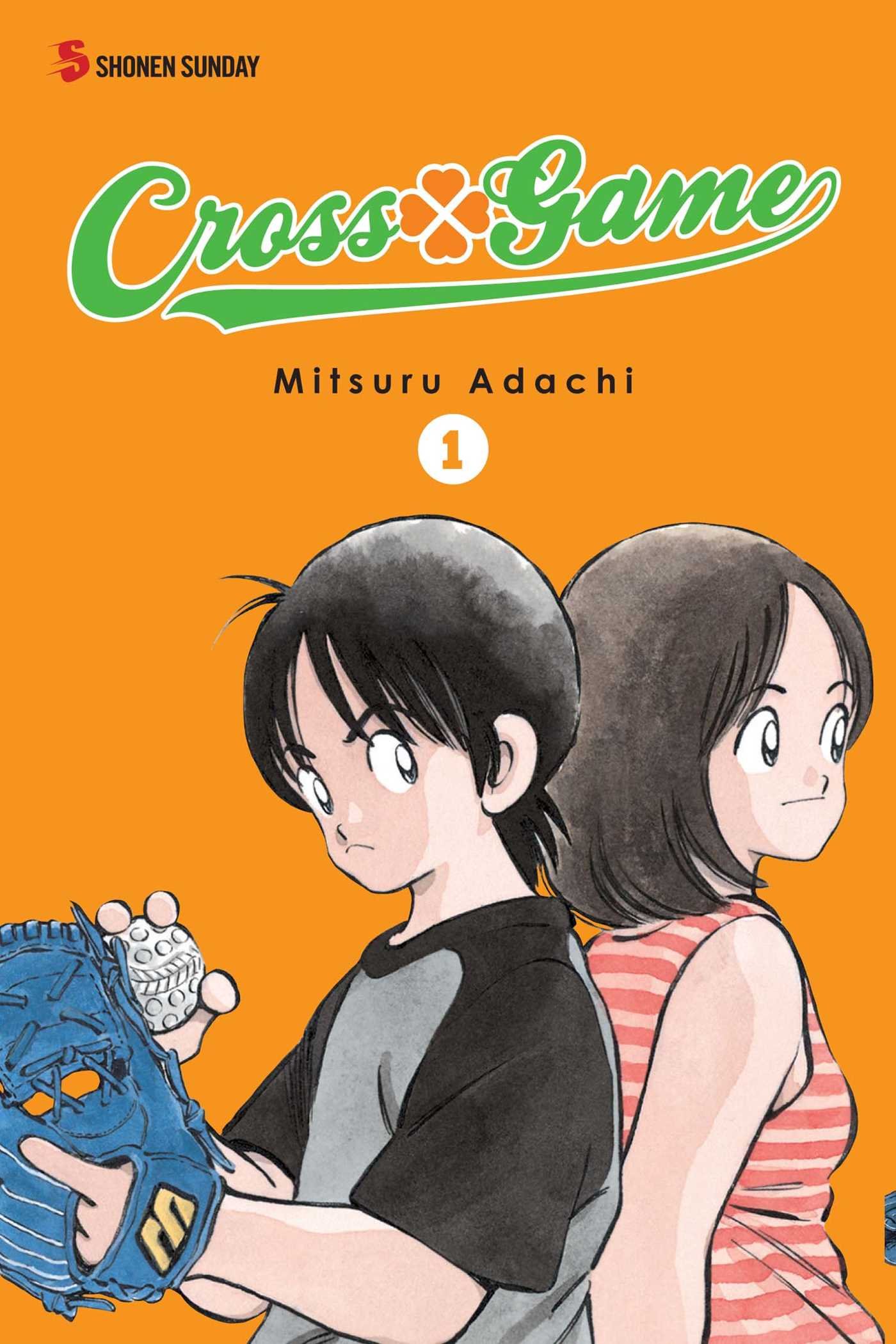
Cross Game vol. 1
By Mitsuru Adachi
Translation by Ralph Yamada and Lillian Olsen
Touch-up art and lettering by Jim Keefe and Mark McMurray
Edited by Yuki Murashige and Andy Nakatani
Published by VIZ Media (print/digital)
Audio editing by David Brothers. Show notes by Christopher Woodrow-Butcher and Deb Aoki.
Before We Get Started:
One of the things we didn’t discuss in this episode was the lettering and sound effects. Generally, I really like them, and how well they were integrated to the art here. I was curious about the original Japanese version though, and since Book Walker lets you see a small preview of Japanese manga volumes, I thought I’d check out the first few pages of Cross Game to see how much work had gone in localizing this manga. Here’s a comparison of pages 4-5, between the Japanese and the English.
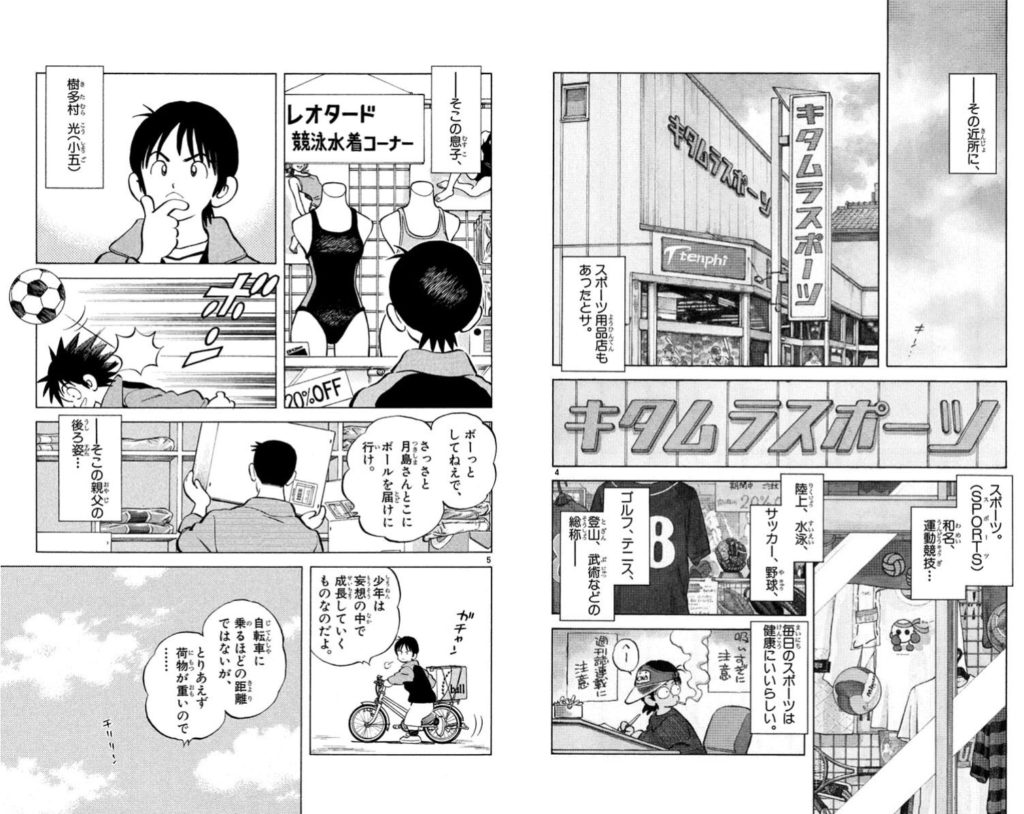
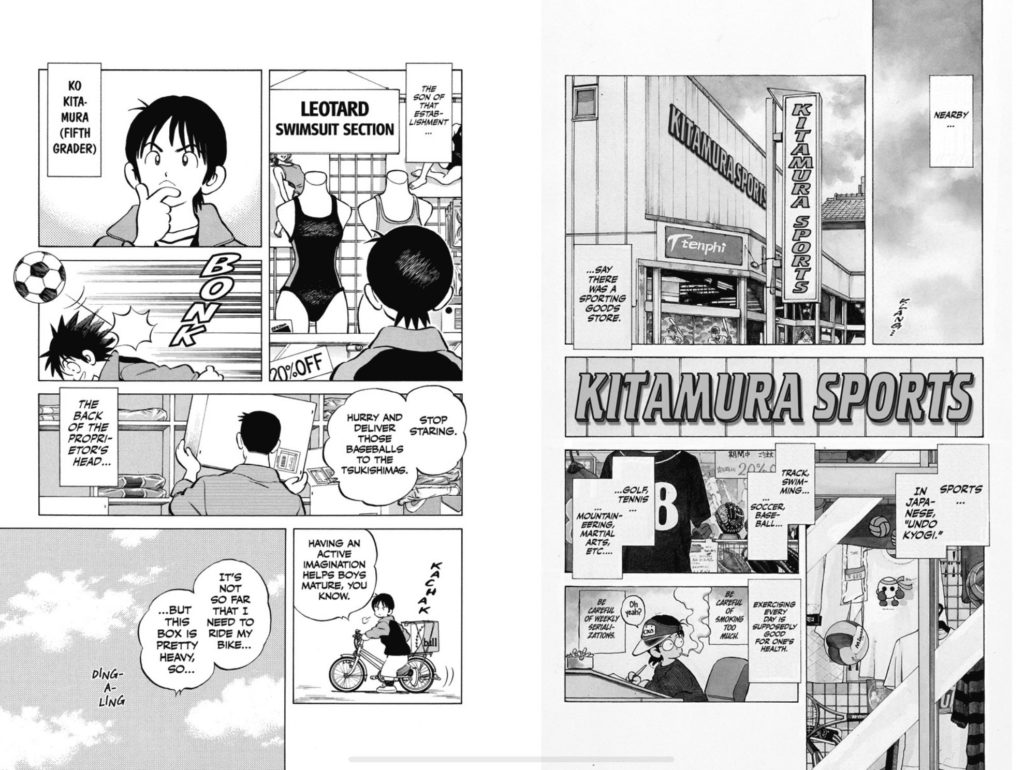
That’s… a ton of work that’s gone into this book. The signage is more-or-less fully translated throughout the book, as well as sound effects too. It’s also done quite well, in my estimation. Just thought I’d take a second to give props to the lettering and retouch team of Jim Keefe and Mark McMurray for their work here.
Alright, let’s get into the episode!
00:00 SPOILERS! We’re not kidding. Huge spoilers for Cross Game in this episode.
01:00 Here’s how VIZ describes Cross Game:
Cross Game is a moving drama that is heartfelt and true, yet in the brilliant hands of manga artist Mitsuru Adachi, delightfully flows with a light and amusing touch. The series centers around a boy named Ko, the family of four sisters who live down the street and the game of baseball. This poignant coming-of-age story will change your perception of what shonen manga can be.
VIZ Media
01:30 Shonen Sunday is one of the big two (big three?) weekly shonen manga anthology magazines in Japan. Published weekly since March 1959 by Shogakukan, it’s often compared to rival publisher Shueisha’s Shonen Jump magazine. Shonen Jump’s stories often center around themes of boys’ “friendship, effort and victory,” while the stories in Shonen Sunday tend to be a bit broader in tone and theme.
Its current big series are Komi Can’t Communicate by Tomohito Oda, Frieren: Beyond Journey’s End by Kanehito Yamada and Tsukasa Abe, Mao by Rumiko Takahashi (another Manga Blind Date pick), and the recently completed Sleepy Princess in the Demon Castle by Kagiji Kumanomata. VIZ Media even has a dedicated imprint for Shonen Sunday titles, complete with its own logo and title page: https://www.viz.com/shonen-sunday
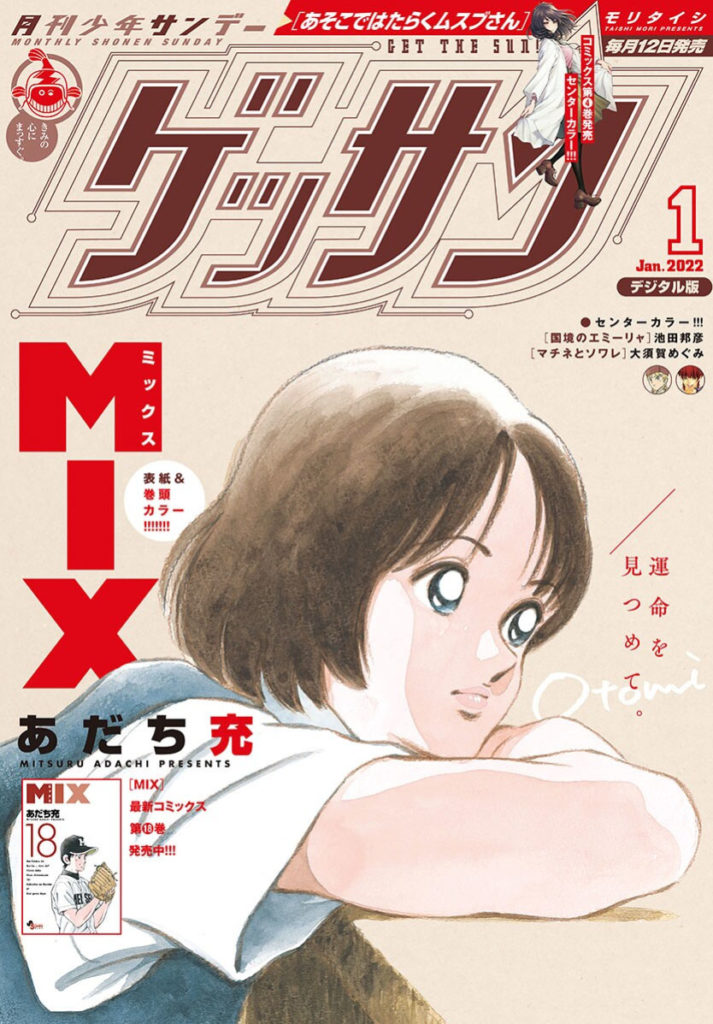
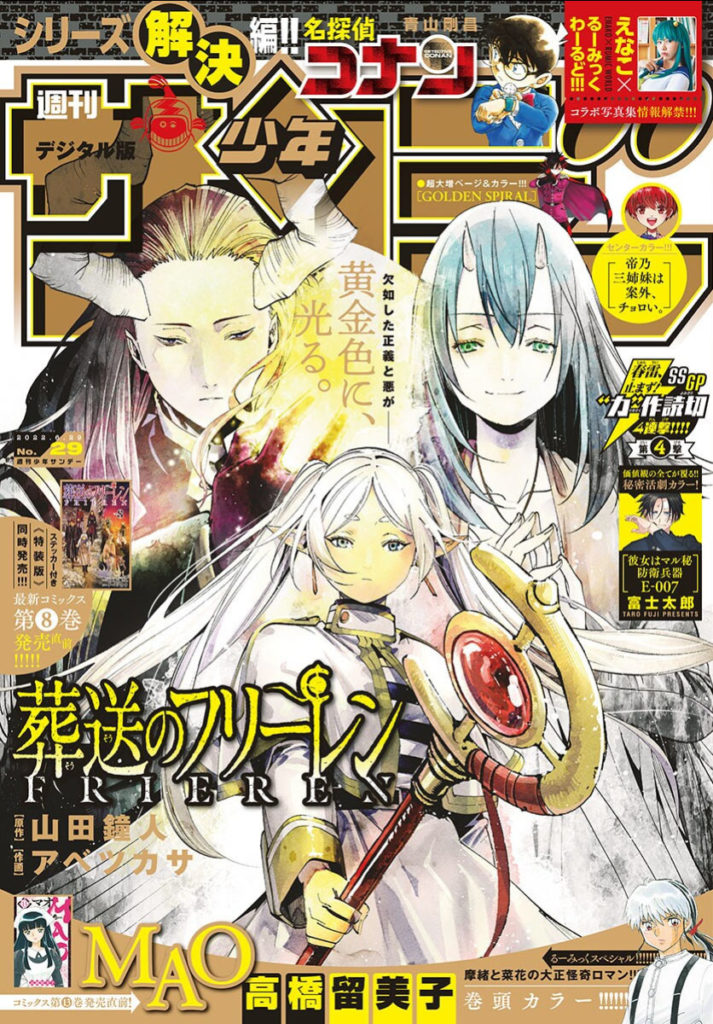
It’s worth noting that Weekly Shonen Sunday is a different magazine than Monthly Shonen Sunday (a.k.a. Gekkan Shonen Sunday or Gessan for short)which is similarly named, but runs different series on a monthly basis. We confused this a little bit in our episode on Dai Dark by Q Hayshida last week, sorry! Our bad!
02:00 About Mitsuru Adachi
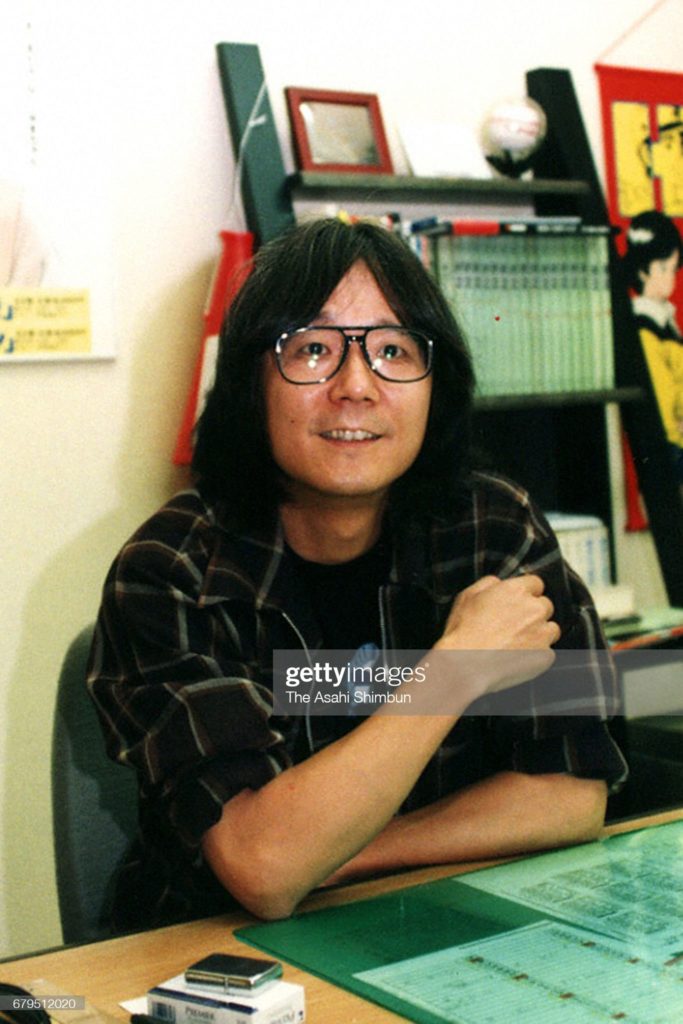
Mitsuru Adachi grew up in the distant suburbs of Tokyo. After graduating from high school, he moved to central Tokyo and started making manga. He made his professional debut in manga in 1970, less than a year after finishing high school, with Kieta Bakuon. He worked as an assistant manga-ka under Isami Ishii (whose work remains untranslated in English).
Adachi hit the big time in Japan with his 26-volume baseball epic Touch, which was serialized in Shonen Sunday from 1981 to 1986. It’s still widely considered the greatest baseball manga of all time (but don’t tell that to fans of Takuya Mitsuda’s MAJOR, another baseball manga series that’s also featured in Shonen Sunday). After Touch, Adachi also created several other manga stories centered around baseball, including Cross Game, and other as-yet-untranslated-in-English titles including Slow Step, H2, Idol Ace, and his most recent (ongoing) work MIX (which got an anime that actually is available now on Crunchyroll).
Adachi’s manga was first translated to English with the short story collection Short Program, which was released as two volumes in 2000 and 2004. Short Program collects Adachi’s stand-alone short stories and one-shots from 1988 to 1995. The stories were originally published in English in VIZ Media’s now defunct anthology magazine Animerica Extra.

Fun fact: Short Program was serialized both before AND after Tokyopop ‘revolutionized’ manga publishing with their “100% Authentic Manga” initiative. This change led the way for N. American publishers to skip the time-consuming step of flipping and adjusting manga pages to left-to-right reading order that Western readers are used to and leave the art/panels as right-to-left Japanese formatted pages. Since Short Program was published during this transitional period of manga publishing in N. America, the first book is printed in English-orientation, left-to-right, and the second volume was published in the Japanese orientation, right-to-left. There are still two not-translated-in-English volumes of Short Program that were published in Japan by the way!
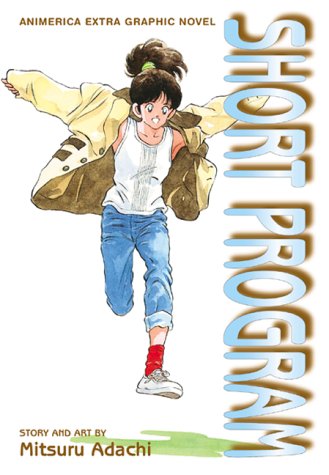
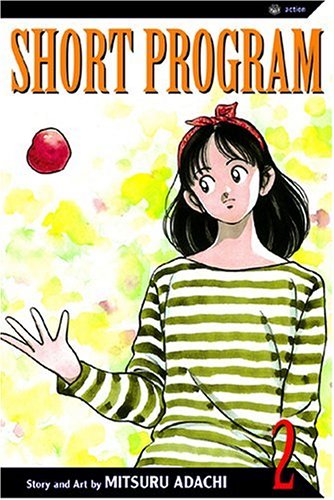
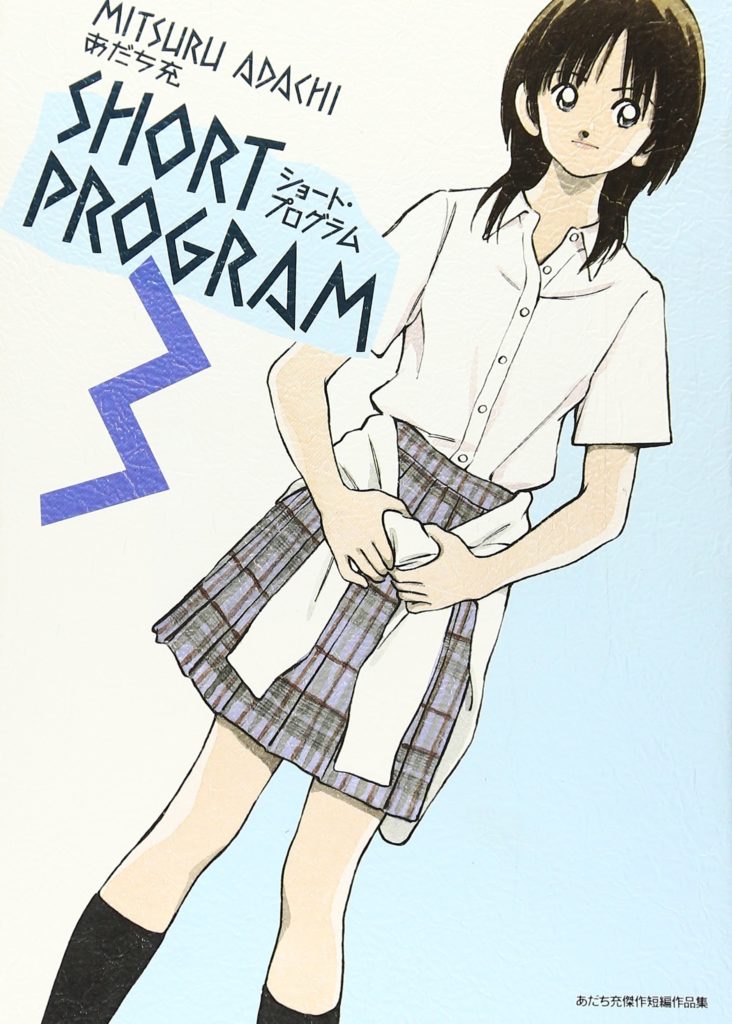
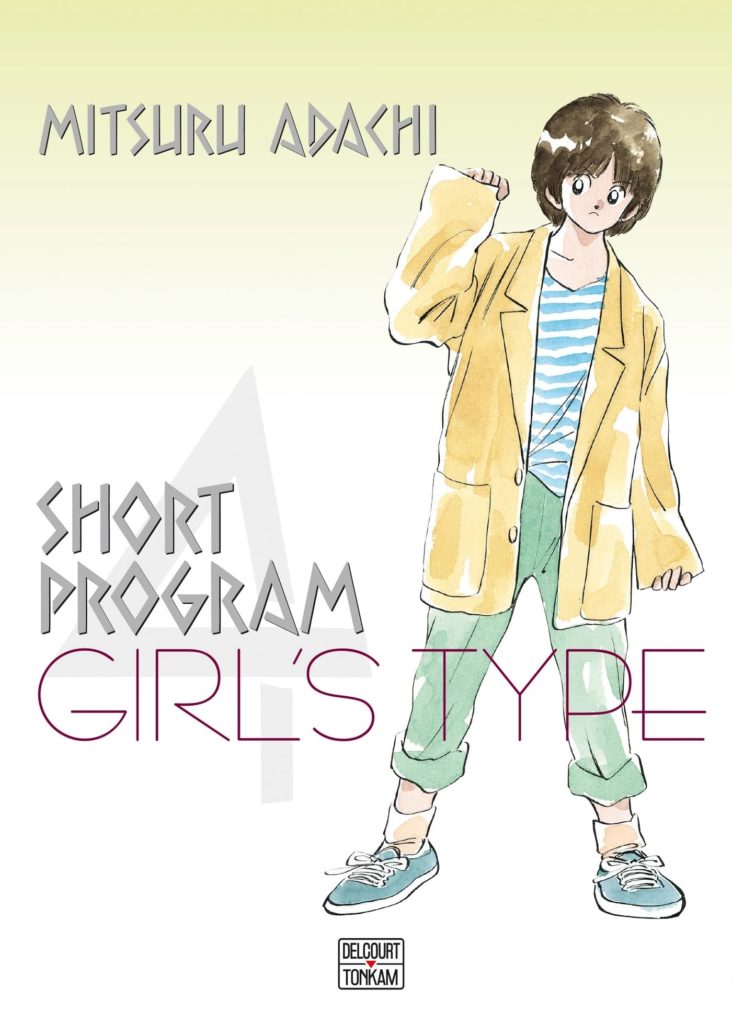
This brings us to Cross Game here today! Cross Game was serialized in Weekly Shonen Sunday from 2005 to 2010. VIZ Media published it in English, starting from October 2010. VIZ published the first three(!) volumes of Cross Game as one giant omnibus, and then each subsequent omnibus contained two of the Japanese volumes. The series is still sorta-kinda in print in English as 8 volumes (the digital is definitely available) that collects the complete 17-volume run. It was adapted into an anime that isn’t seemingly available online anywhere. Here’s the opening though.
UPDATE 2022/06/27: Translator William Flannigan wrote in to let us know that Adachi’s Short Program got a live action J-Drama adaptation last year, that seems to be exclusively locked to Amazon Prime Video in Japan. Here’s the preview video they released to promote the series.
Maybe get yourself a VPN and go check it out?
As a side note, Mitsuru Adachi fans (and Shonen Sunday fans in general) are very dedicated and passionate about their fave creator and magazine. I’ve never seen a series of Wikipedia entries as filled-out and well organized as the entries on Adachi, Cross Game, and Shonen Sunday. It’s wild.
02:30 As mentioned above, Short Program is no longer legally available in English, and I lost my copies years ago. I’d love to read it again one day.
05:45 David briefly mentions superhero artist Alan Davis, best known for his work for Marvel Comics on series like Excalibur, Uncanny X-Men, and Clandestine, and for being one of the early Miracleman artists with Alan Moore. He’s known for having a ‘classic’ superhero style that’s never quite old-fashioned, but never cutting-edge either. Timeless, maybe? It’s an interesting and apt comparison. I’ve made the images below clickable if you want to enlarge them.
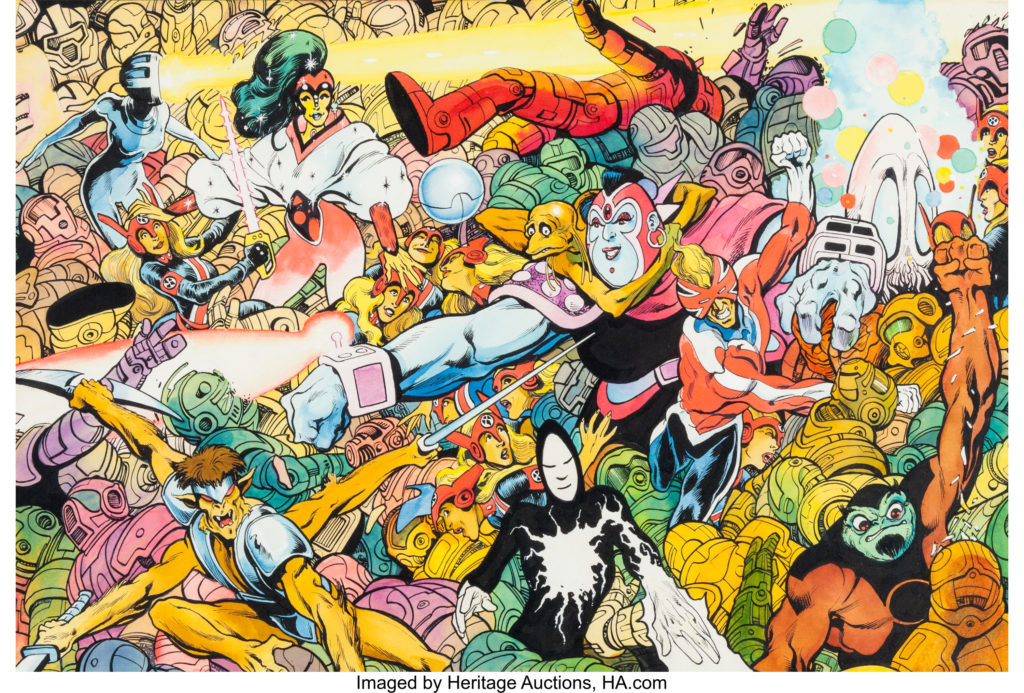
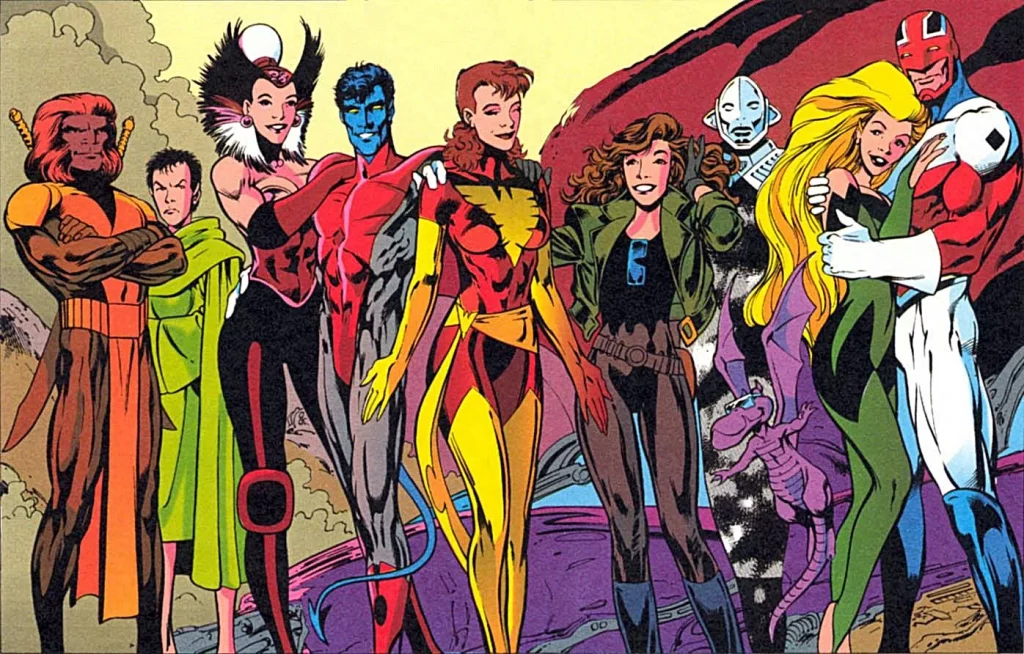
07:30 WOW, A GOLDEN TICKET! Huh, who knew that Chip would like it? Honestly, I’m so glad he did. This series is so good, it’s great that it landed with him. Also, he mentions my favourite part, the scene transitions, in his initial impressions, so hooray for that too.
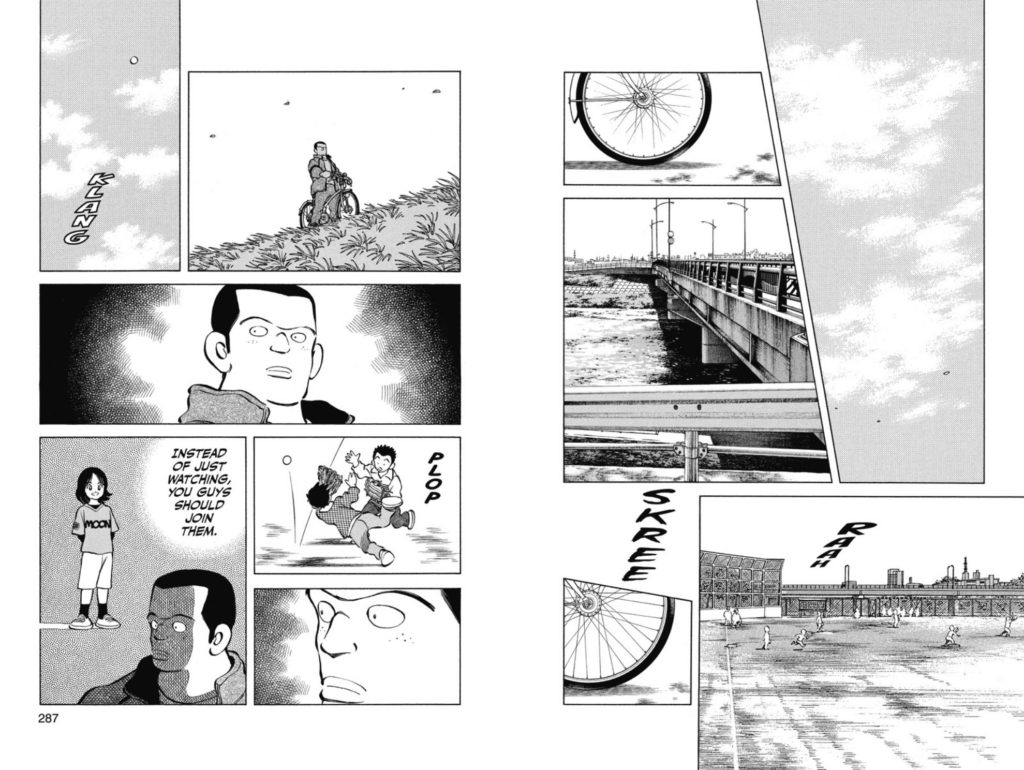
08:15: SPOILERS! MASSIVE SPOILERS! We are not kidding! If you haven’t read Cross Game and plan to pick it up at some point, you probably shouldn’t listen to this episode yet.
Don’t say we didn’t warn you.
08:50 I think it’s fair to say that the death of Wakaba at the end of volume one of Cross Game (volume 1 as in the Japanese release, it happens about a third of the way through this 3-in-1 volume) is one of the most shocking deaths in all of manga. This event very quickly lets you know that this isn’t going to be the manga you thought it was, and that’s frankly wild.

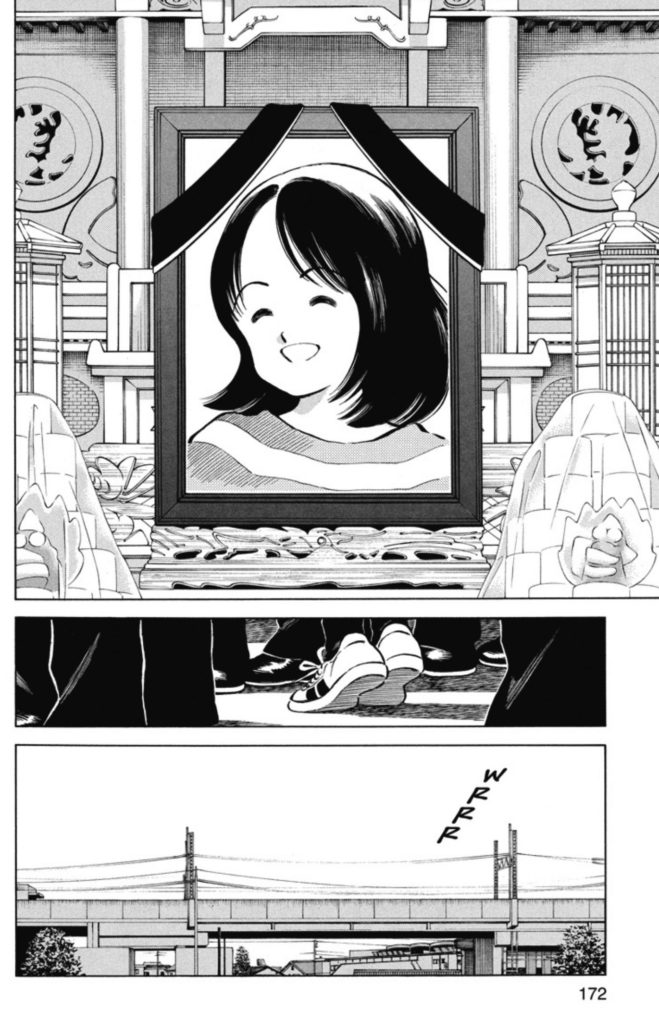
09:30: There are so many really strong bits of comics in the funeral sequence. The specific bit that we’re talking about here, happens after she’s passed and Ko thinks he sees her in a crowd… It’s so heartbreaking. It also really illuminates that despite how ‘simple’ the art is in this series, Adachi is a master at differentiating faces with just a few deft lines. Really expert caricature and character design in this book.
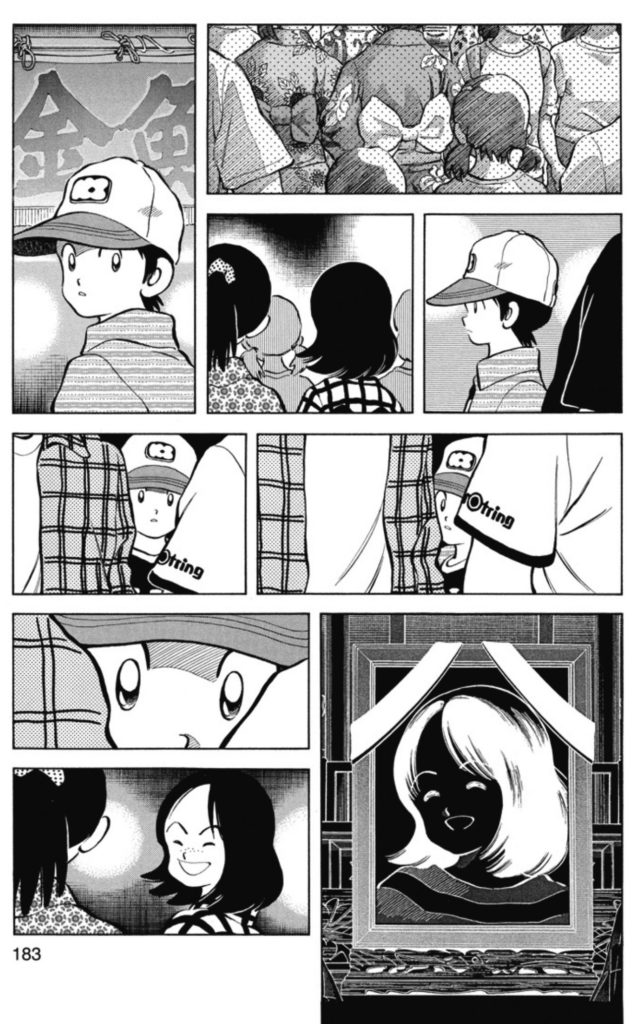
12:40: There’s a lot of… lets say ‘visual shorthand’ in the character designs in this book. The evil interim principal and the evil coach, in particular, are ‘straight out of central casting’ as David says.. They’re both just incredibly direct and obvious, and it’s kind of hilarious how much we’re supposed to hate these dudes. And we do. 🙂
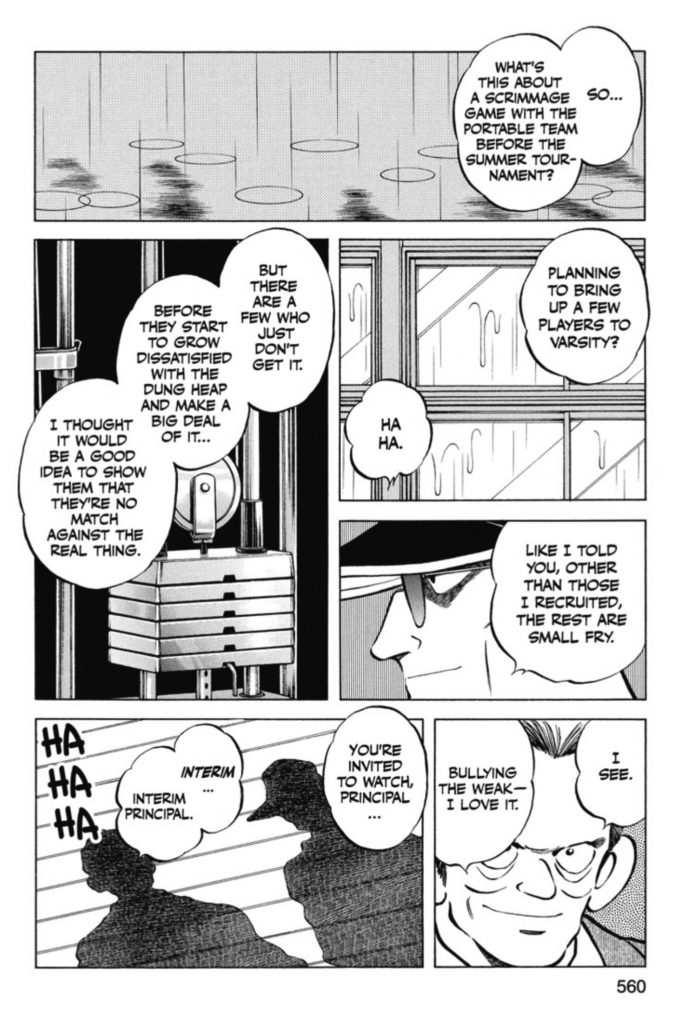
13:37 Yo, these people have big ears. It’s a specific character design trait in Adachi’s work. You can see it above with that drawing of the principal. Or this drawing of Nakanishi from the beginning of the volume.

But then so do Akira Toriyama’s characters?
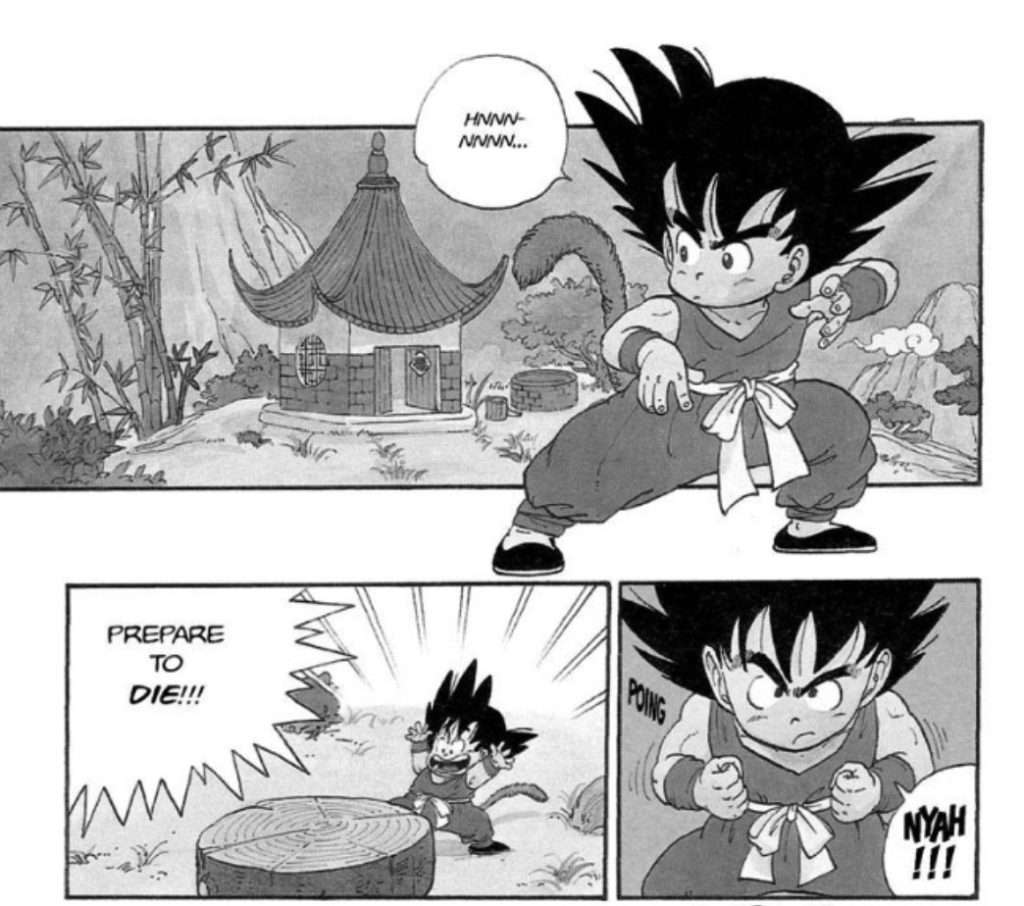
Anyway, it’s kind of adorable, and was just a stylistic thing about manga in the early 1980s (as were thick eyebrows on female characters, look it up!).
14:51 Re-reading this book was kinda tough for me in a different way than the first time through. The chapter where it’s revealed that Wakaba has died is still very tough to read, but the chapters before she dies when you know it’s coming is maybe even harder.
In this laid-back summer chapter, it seems like nothing is happening at all at first. You’re not quite sure why it’s ‘important’ that this chapter is included in the manga, but now you know that Wakaba is passing away off-panel. It’s just awful and tough to read and masterful storytelling at the same time.

15:40 Good observation from David about posture and visual storytelling, as we see the changes in his facial expression and posture when Wakaba’s dad learns that his daughter has died. As mentioned, it’s a bit like Frank Quitely’s distinctions between Superman and Clark Kent being down to how he draws Clark/Superman’s posture and body language.
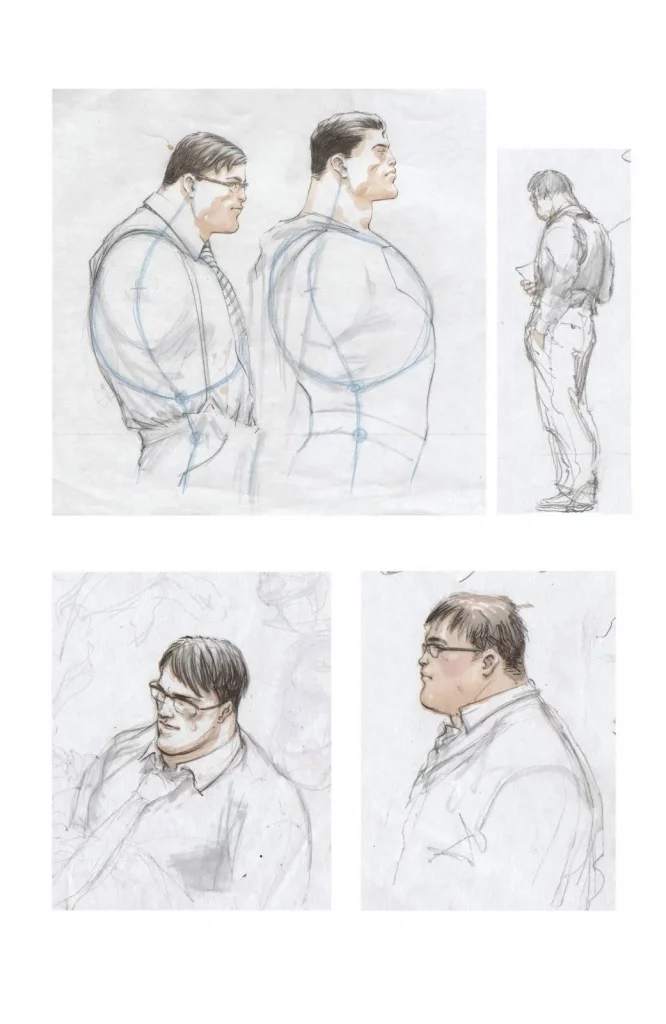
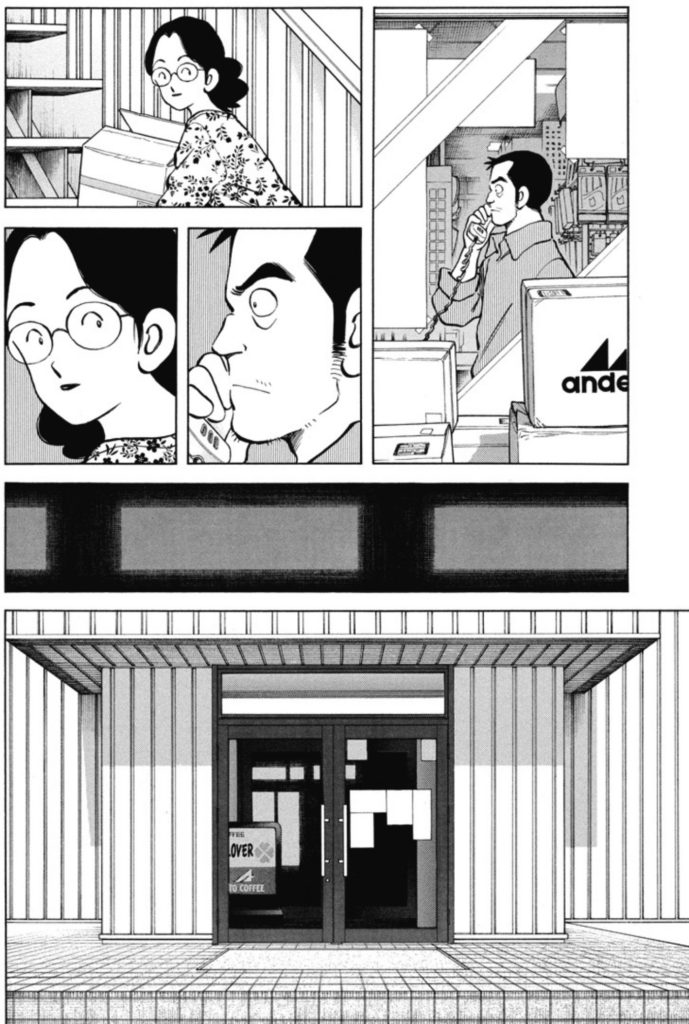
18:15 He’s just so darned good at comics. Mitsuru Adachi’s establishing shots are absolutely incredible.

I kind of want to stop doing show notes and just make the rest of this week the setting and environment drawings that Adachi (and his assistants) created for this manga.
19:19 “You thought she was Wakaba.’ Ko says this matter-of-factly to Akaishi when he sees Momiji, who is now the same age that her older sister was when she died. What a brutal moment.

21:36 Manga-ka Adachi takes great pains throughout the book, from page 4(!) onward, to let you know that it’s really hard to make comics! This is real!
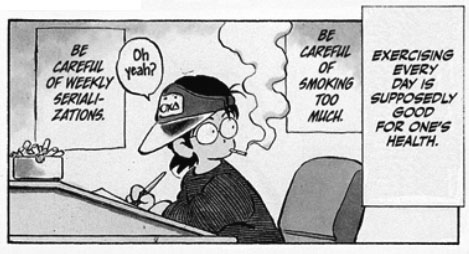
It looks like Adachi took his own advice too! Since 2012, Adachi has been working on the monthly baseball manga MIX, and there don’t seem to be any weekly serializations from him on the horizon either. Glad he could take a bit of a break!
Also, only in Japanese manga does a creator “taking a break” meaning just doing 36+ pages of comics every month. Lol.
24:00 So I don’t quite think that Adachi’s style is as ‘timeless’ Alan Davis’ up top, he definitely comes from a specific place and time. His work is very firmly rooted in a 1970s-80s Tezuka kind of vibe. There’s nothing wrong with that, but that’s what it looks like to me. Except, he’s actually an outstanding artist who has mastered depicting body language, movement, environments and more. His work shines, I think, because the underlying drawing and art in general is great, and his manga ‘style’ on top of that is all his own, from a different time. Like Rumiko Takahashi-sensei, but moreso.

26:00 The boisterous character, Senda, is just an idiot. Perhaps a lovable idiot. Here’s a greatest-hits of his appearances.



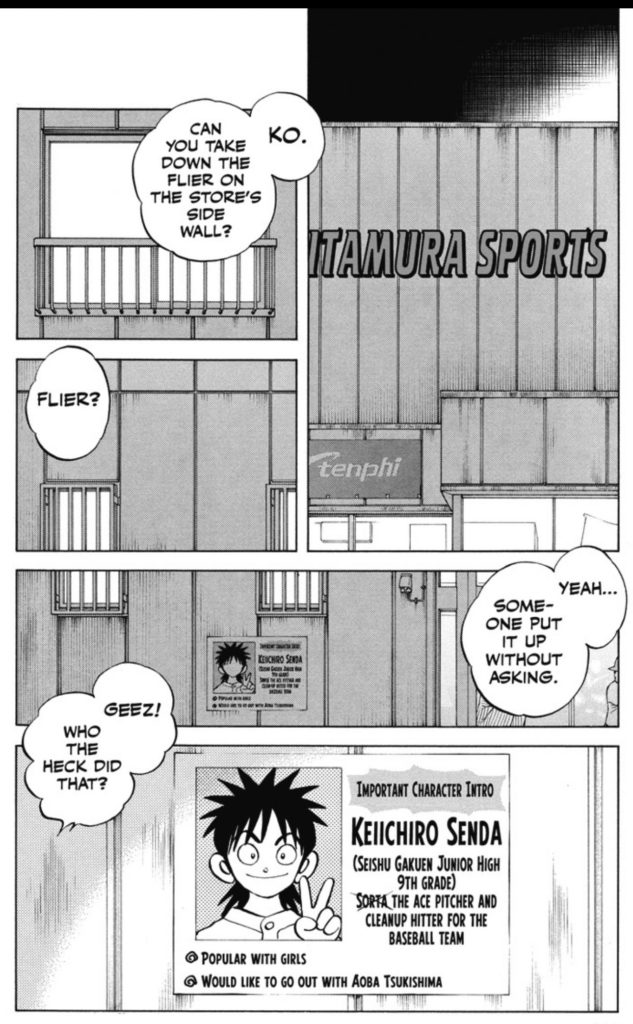
As promised though, for your reading enjoyment, here’s David’s ongoing Twitter thread with multiple manga versions of “The Best Joke”. We’ll kick it off below with a page from Kishito’s Battle Angel Alita.
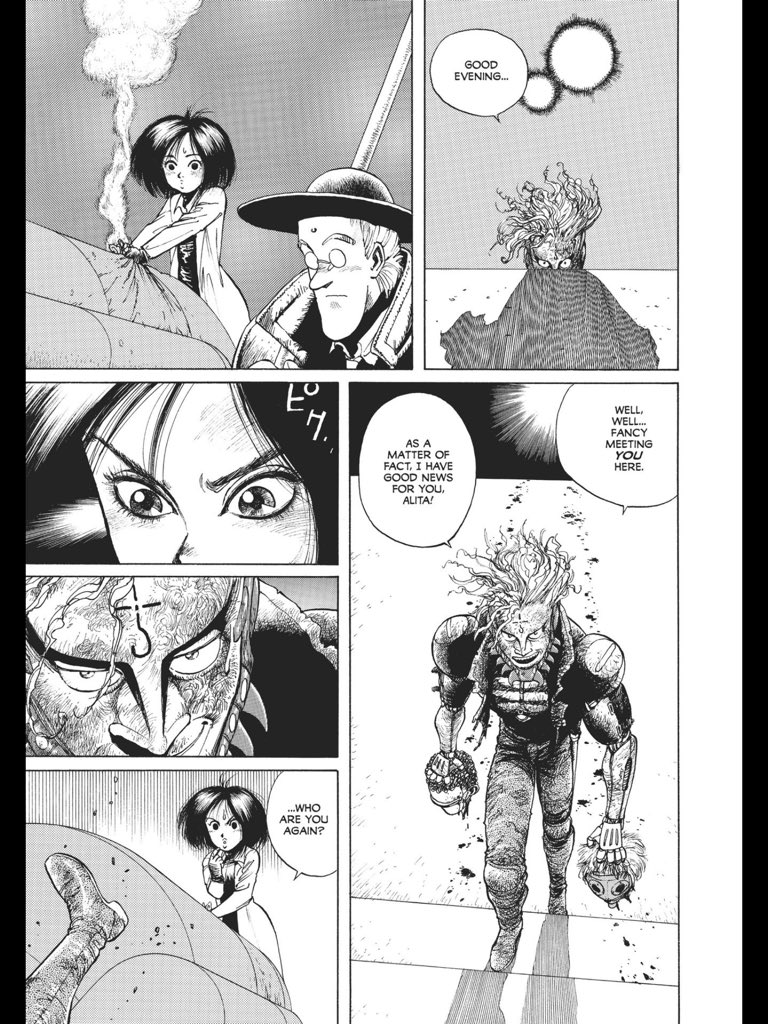
29:00 In the last third of this volume, a new character is introduced, Yuhei Azuma. He’s dashing and has a more ‘grown-up’ character design than Ko. He’s arrogant, and talented… dude’s got “main rival” written all over him.
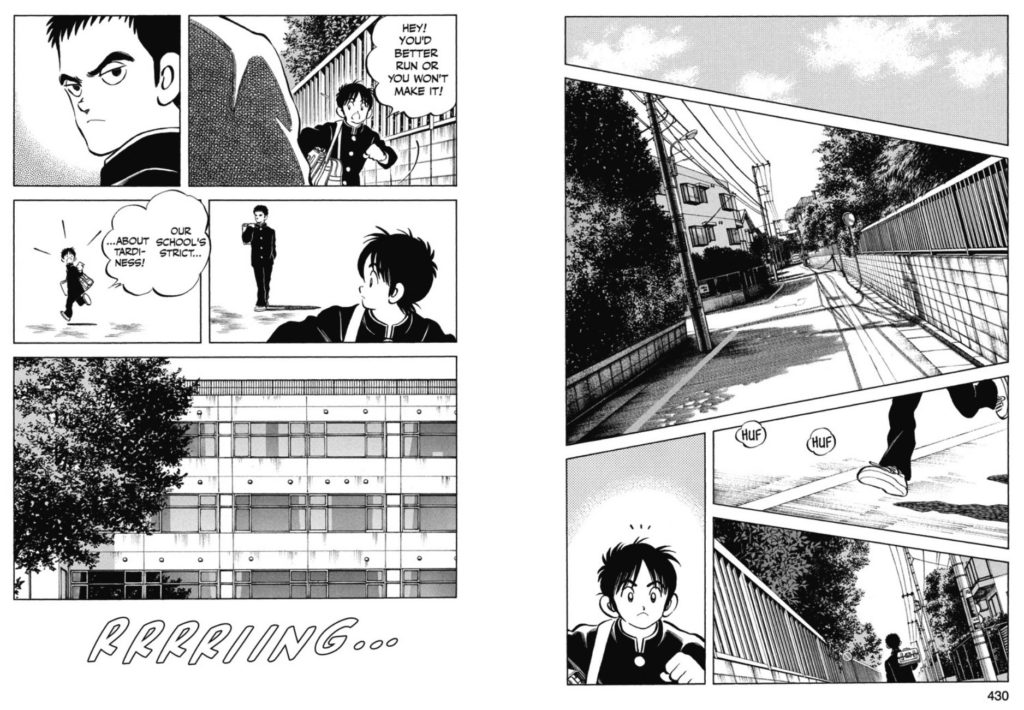
29:45 Ko and Aoba are very similar looking, and as David mentions, this page really drives it home.

Deb follows up with the Aoba’s older sister pointing out that Aoba and Ko really are alike.

30:39 Speaking of caricature, the ‘traditionally’ drawn manga girl with makeup and fashionable clothes? She’s a bad girl, compared to the other girls who are either more traditional or more tomboy-ish. Why? Because she went to America. It’s an amazing bit of shorthand for Japanese readers.

I think I mentioned here in this podcast that this series takes place in Nakano, which is still technically within “Tokyo” though it’s about 5-10 minutes west of Shinjuku by train. I was curious where this manga took place because there are some obviously photo-referenced shots of the main train station.


Luckily, Adachi-sensei was a bit lazy with disguising the name of the station, as Cross Game’s “Mifujidai Station” is revealed to be, in real life, Fujimidai Station, which is just over the border of Nakano Ward in Nerima City.

I gotta say, I felt like SUCH a star and SUCH a weeb when I tracked down this photo. Hahaha…
Of course, Adachi-sensei was even a bit lazier with Nerima Station, which also makes a few appearances in the manga. For that one, he just erased the “N” and called it “ERIMA.” 😉
31:15 David references page 445 with Aoba in a tracksuit. Drip!

32:00 So, briefly, in one the very few must-read books about comics, in Understanding Comics, Scott McCloud identifies six different types of panel transitions that make up the majority of comics panel transitions. I don’t have my copy of Understanding Comics handy, and there doesn’t seem to be an ebook of this one(?), but I did find this image online that sort of explains what he’s talking about.
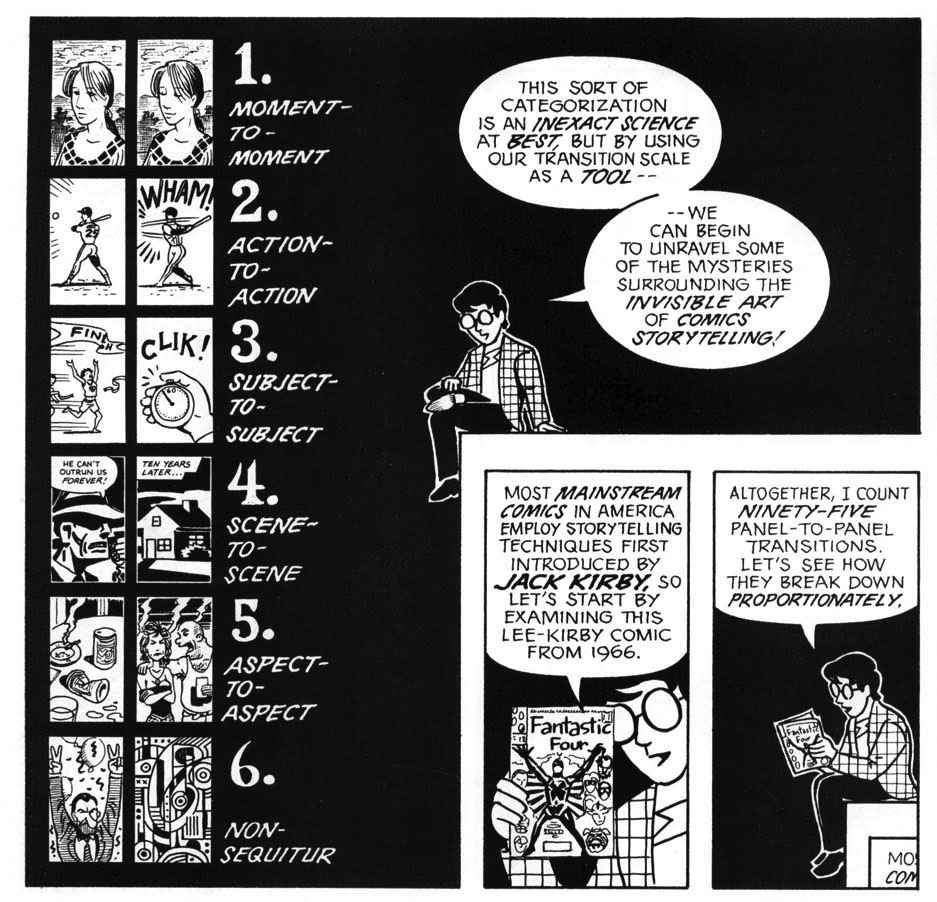
The one that concerns us here is Adachi’s use of aspect-to-aspect transitions, where his eye “wanders” through a scene until we get to our moment.
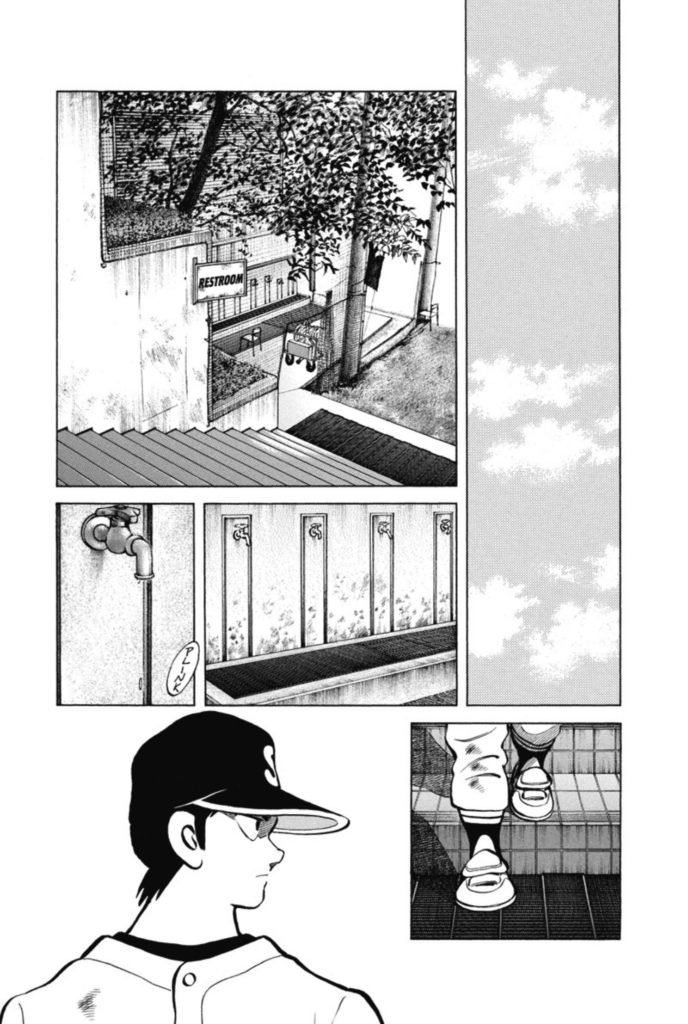

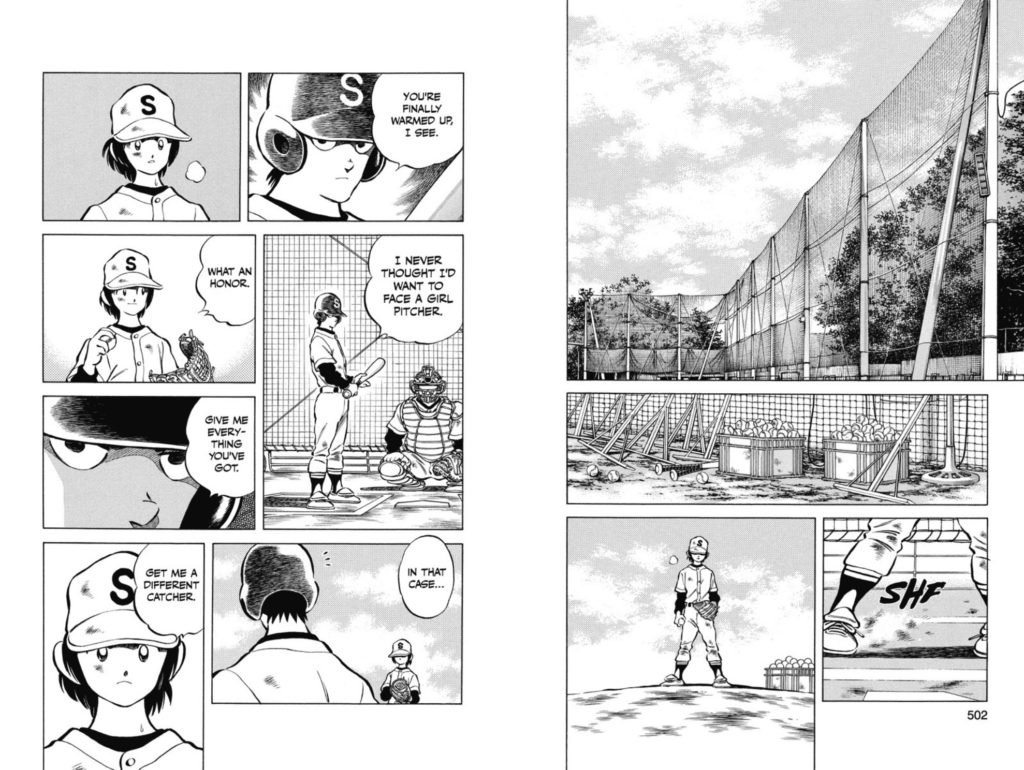
It’s interesting, because Adachi-sensei also uses basically every other kind of panel transition as well. Moment-to-moment and action-to-action in the baseball sequences, lots of subject-to-subject and scene-to-scene as well, and even the occasional non-sequitur for comedic purposes (he does like to insert himself into the manga!).
But speaking of the aspect-to-aspect sequences… We talked for a bit about how a chapter like this would work in the pages of a serialized magazine. David mentions that the story is ‘slow.’ It’s okay to have a slow story (or chapter) because there’s hundreds of other pages of content in a given issue of a manga magazine like Shonen Sunday.
Something that came to me while re-listening to the podcast is the idea that these aspect-to-aspect pages are more than just introductions, they’re “breathers”– moments that allow the reader to take a break between the more dramatic moments of the story. This lets Adachi change the rhythm and pace of the manga down to exactly where he wants it to be, regardless of the pace set by the story that might precede it in the magazine. Adachi eases you into his world, gets you where he wants you to be as a reader, and THEN starts telling his story. Those pages can absolutely be read as a transitional space between magazine serializations, just as much as transitional spaces between chapters of the same work in the collected edition.

My two cents. David also references the work of Mike Mignola on Hellboy, which offers similar extended scene-setting (within the confines of American comics) and I think that’s a good reference. Mignola even does it in his short stories. Check out the first page of The Chained Coffin, a Hellboy short.
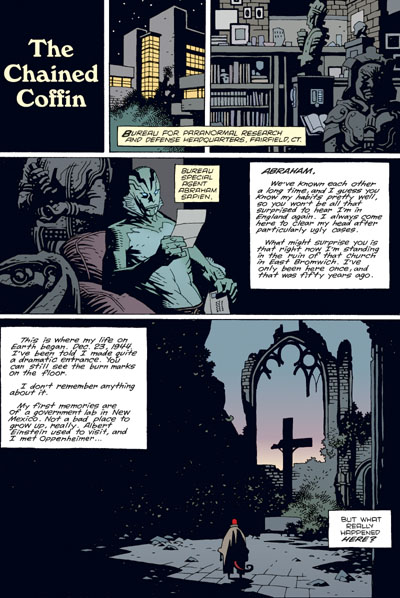
I do want to say that I think that most good comics do at least have what’s called an ‘establishing shot’, although it is something that a lot of artists struggle with in their work. It’s one of the basics of “How To Draw Comics The Marvel Way,” always start a scene with an establishing shot. Although it’s interesting because that phrase is borrowed from film, and it’s not necessarily what comics does well. With comics, because the reader can linger on a panel for any amount of time that they want, there can be multiple ‘establishing shots,’ as Adachi does that can show off multiple elements of the surroundings and the setting of the story. It can do more than just ‘set’ the scene, but establish the mood and feeling too.
Yeah, yeah. The guy on the manga podcast likes the way that manga does something better than the way American Comics does it. Quel surprise.
37:50 We talk a lot about trauma and grief this episode. These ideas are pretty deftly woven throughout the entire story. For example, the youngest sister Momiji is reintroduced a few years after the death of Aoba, just moments after Ko sees a baseball cap floating in the water.
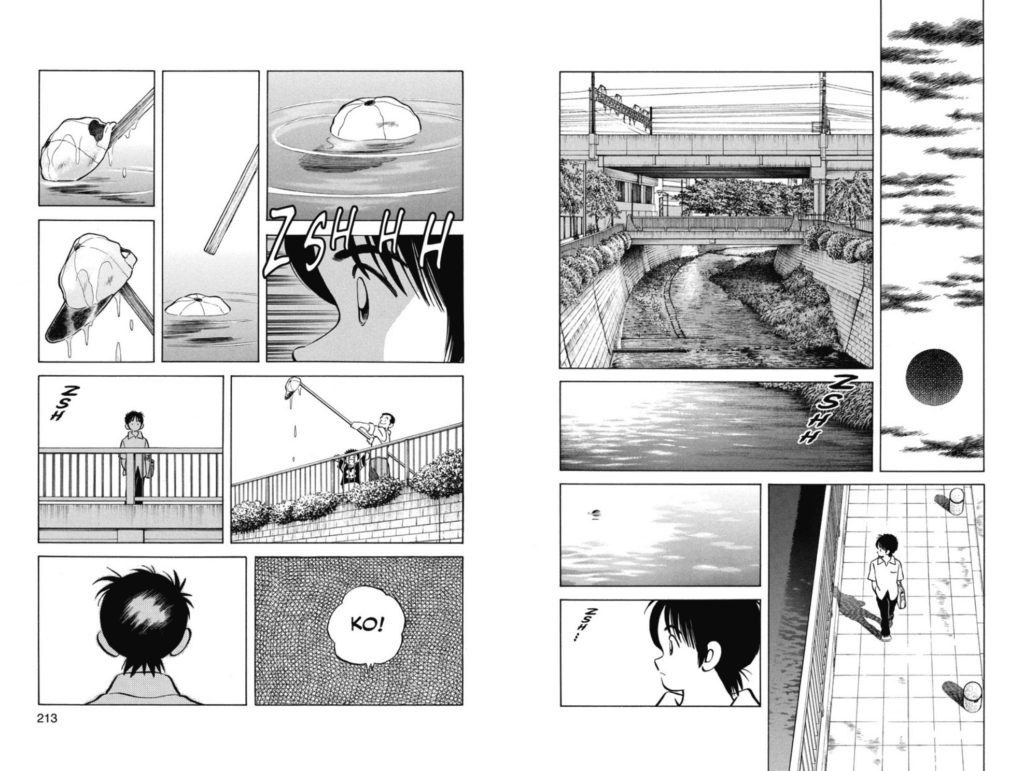

38:40 Much like the series Blue Giant, Adachi’s page layouts have fairly traditional storytelling, with right-angles and rectangular panels almost exclusively in his work. However, when the action ramps up with some baseball playing, Adachi moves to diagonal panels and includes speed lines in his panel backgrounds. This really makes the art come to life, thanks to how ‘traditional’ the storytelling is outside of these scenes. That first page we mention is like a shot of adrenaline for the reader. Compare the mood set by the right angles/rectangular panels on page 36 with the impact of the speed lines and diagonal panels on page 37 immediately after!
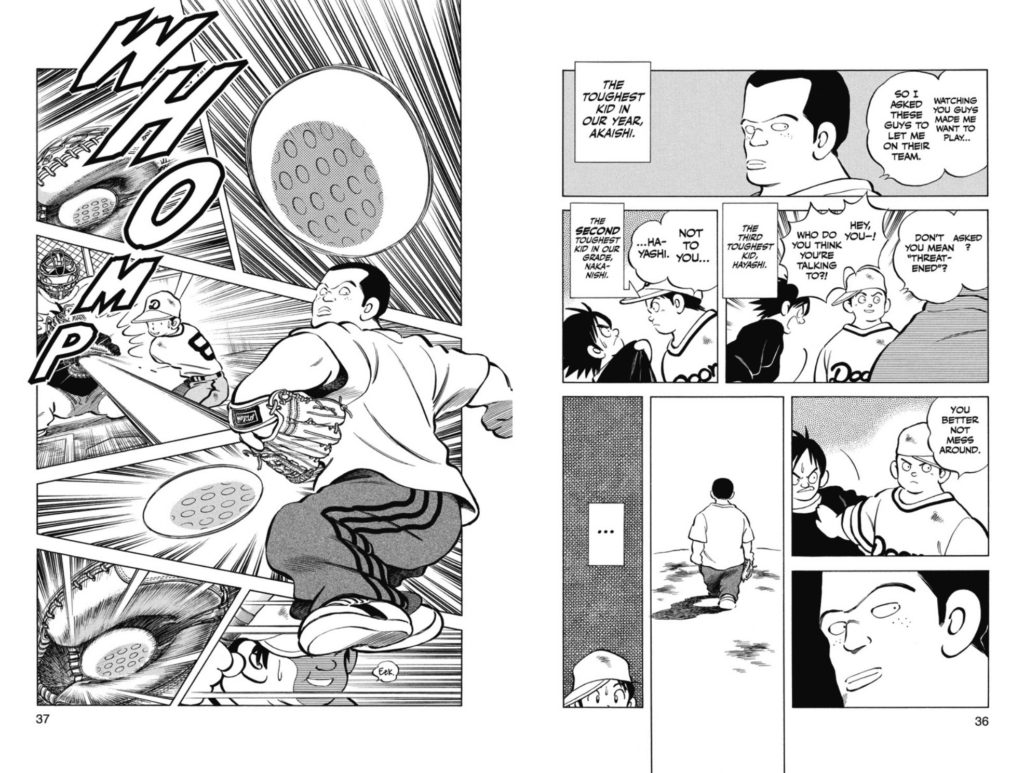
40:23 Oh Chip, we’re all getting older.
41:19 Deb mentions a scene she enjoyed on pages 350-353, when Ko is training to get in shape for baseball, but must quickly switch to pretending to box so that no one knows that he’s actually training for baseball. Chip also mentions just how well-drawn the sequence is, with the curved stairwell at the train station. It’s good stuff, and classy too.
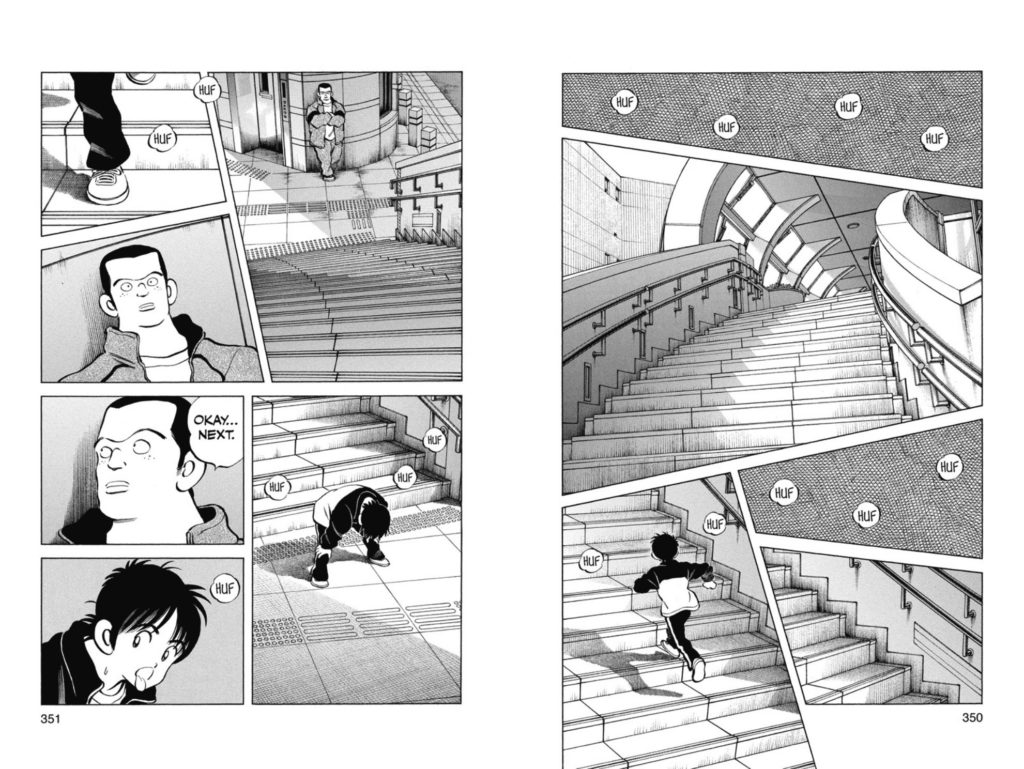
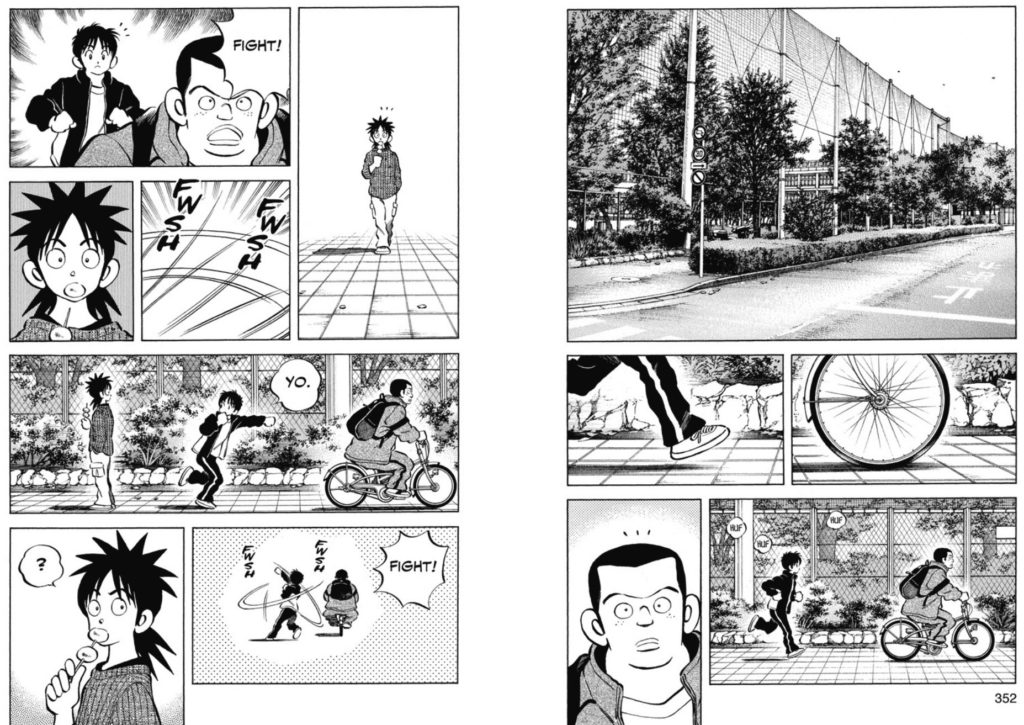
42:05 Now, while there’s a ton of great stuff in this book, and it’s still one of the best manga we’ve read so far, there’s also some less-than-ideal comics art in Cross Game. Even so, it’s all done with a wink and a nod, as part of the weekly comics experience. For example, the scene where the author wrote himself into a corner a bit, and then had to take a moment to specifically explain that Ko is really good at mimicking other people’s voices… for plot reasons.
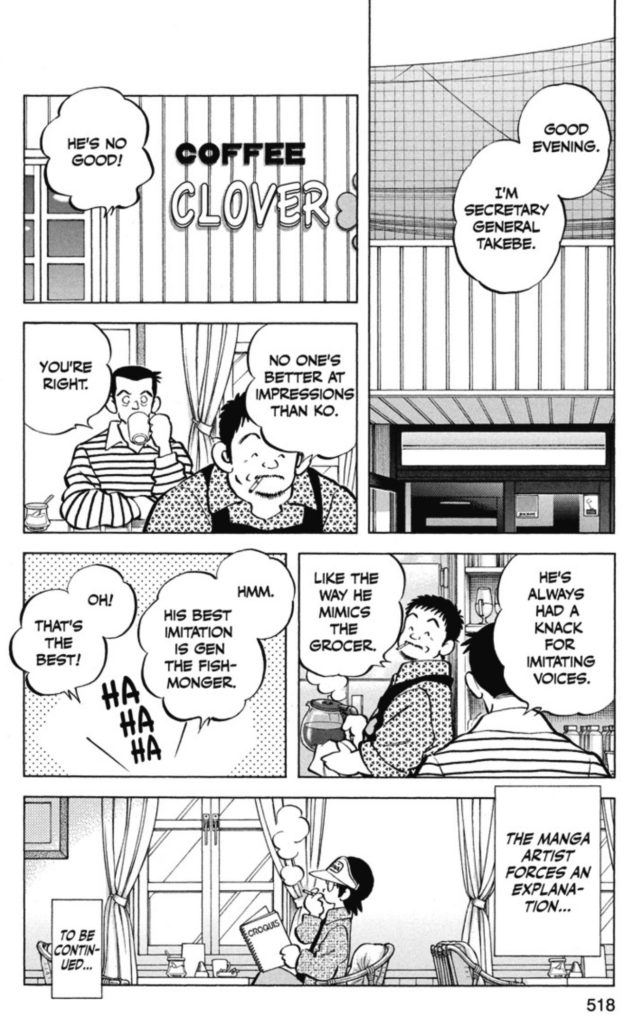
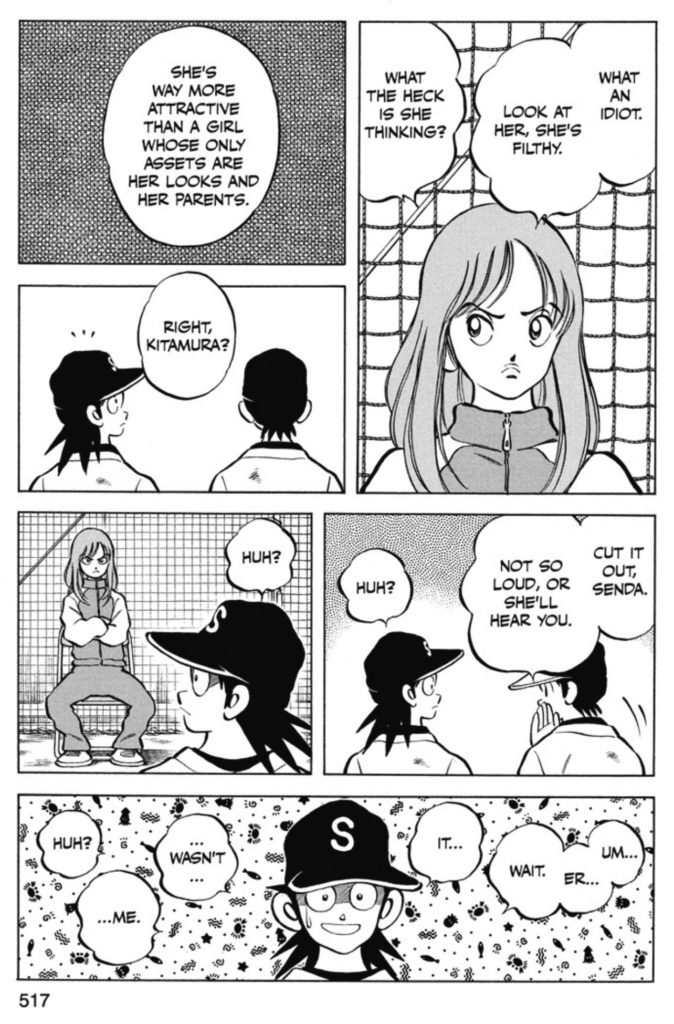
42:25 Likewise, they need to really hang a sign on Aoba being a bad cook.

[Deb:] I want to add a note about Napolitan — it’s one of those Japanese-Western comfort food mash-ups like “omu-rice” (omelette rice) or “hamburg” that are favorites in Japanese home-style restaurants or diners. Napolitan is not quite Italian spaghetti, but uses ketchup instead of canned tomatoes or tomato sauce as its base. Food52 has a recipe and nice little explainer about the origins of this dish.
[Christopher:] I can see what Chip is getting at, these are things that instantly remind me “Oh yeah, this is a book for the kiddos.” It doesn’t bother me so much here, because this is a literal book aimed at teen/tween readers, but there’s a lot of this stuff that I kind of go off on a tirade about in All-Rounder Meguru in a few weeks, that landed really differently for me.
42:50 Here’s that Case Closed: Detective Conan gag from Page 263.
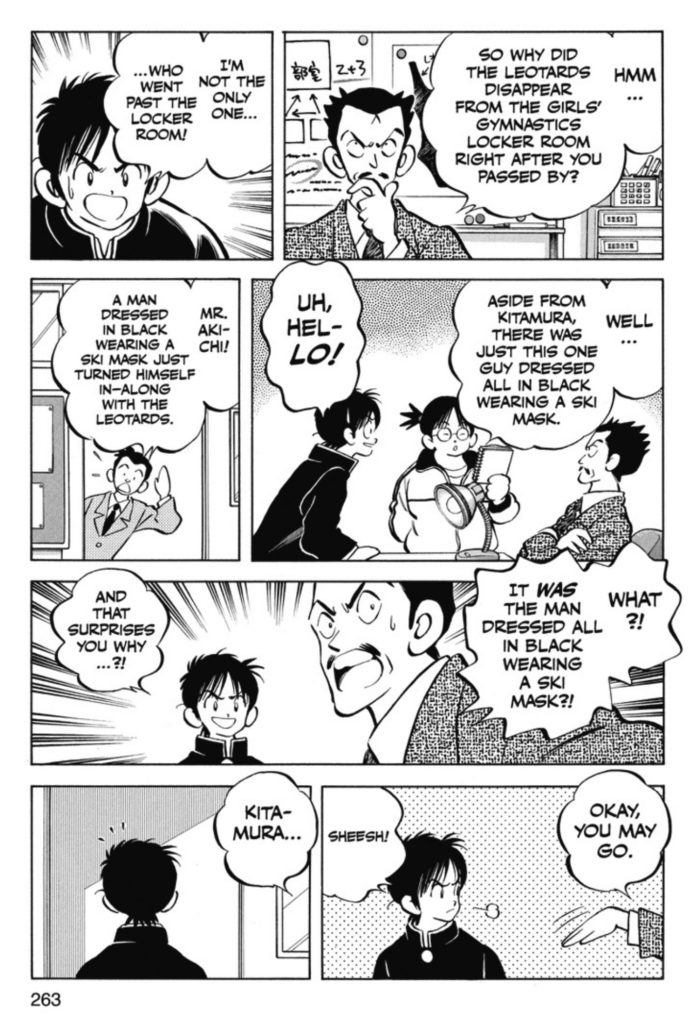
[Deb:] At now 101+ volumes, Gosho Aoyama’s Case Closed is another pillar of Shonen Sunday’s lineup, along with the stories of Mitsuru Adachi and Rumiko Takahashi. You can read this long-running mystery series in English thanks to VIZ Media.
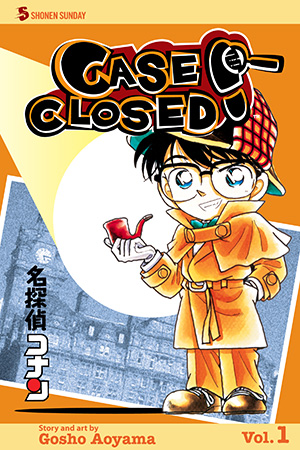
45:30 It’s a bit unclear, but I’m talking about the coach from Ping Pong here. In the anime version of Ping Pong, they give the coach an interesting backstory and motivation that fleshes him out, with additional material that isn’t it in the book version of this sports manga. I wonder if we could ever do an episode where we compared a great manga to its great anime adaptation?
46:25 David’s favorite bit is this sequence, “the portable team, striking fear into many hearts.” Giving real Justice League vibes as the tough dudes on the team try to find out just what the bad guys are planning.
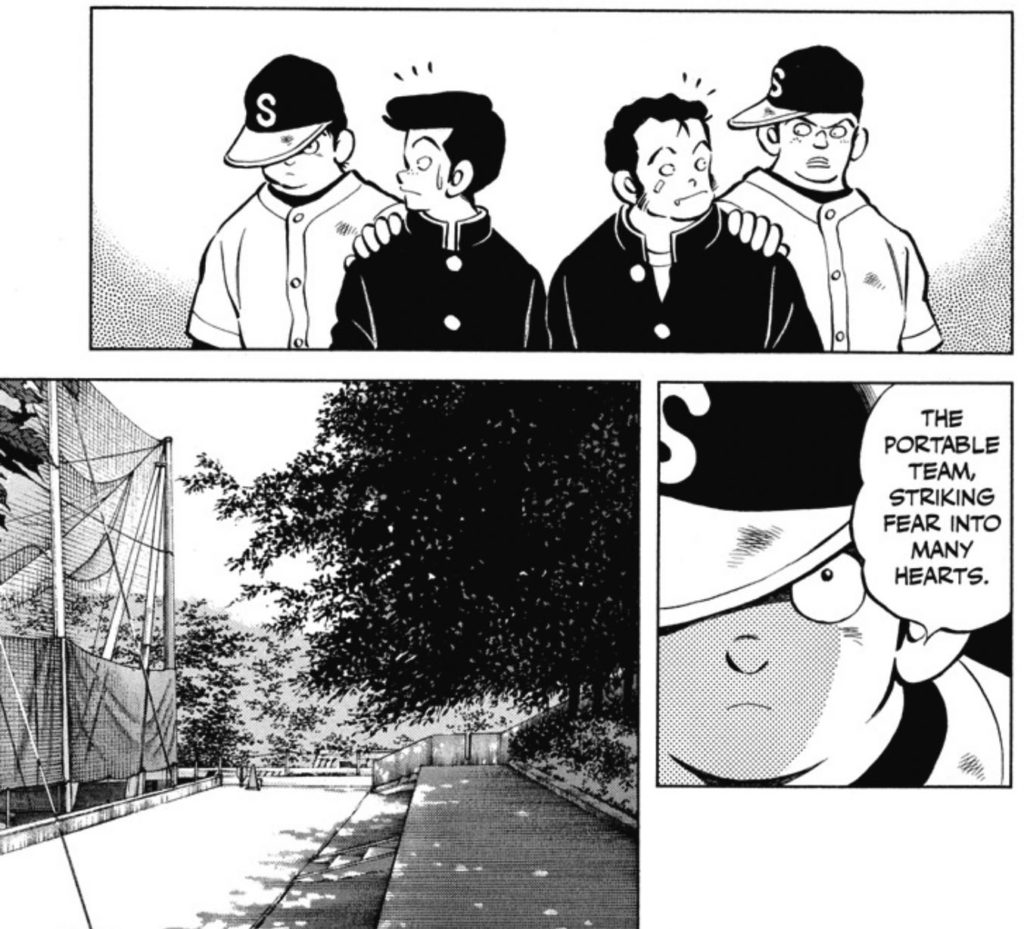
49:18 Among other sequences, Chip mentions his fave scene is Aoba knocking out the thief with the ball, with Sanda taking the credit for this act of heroism.
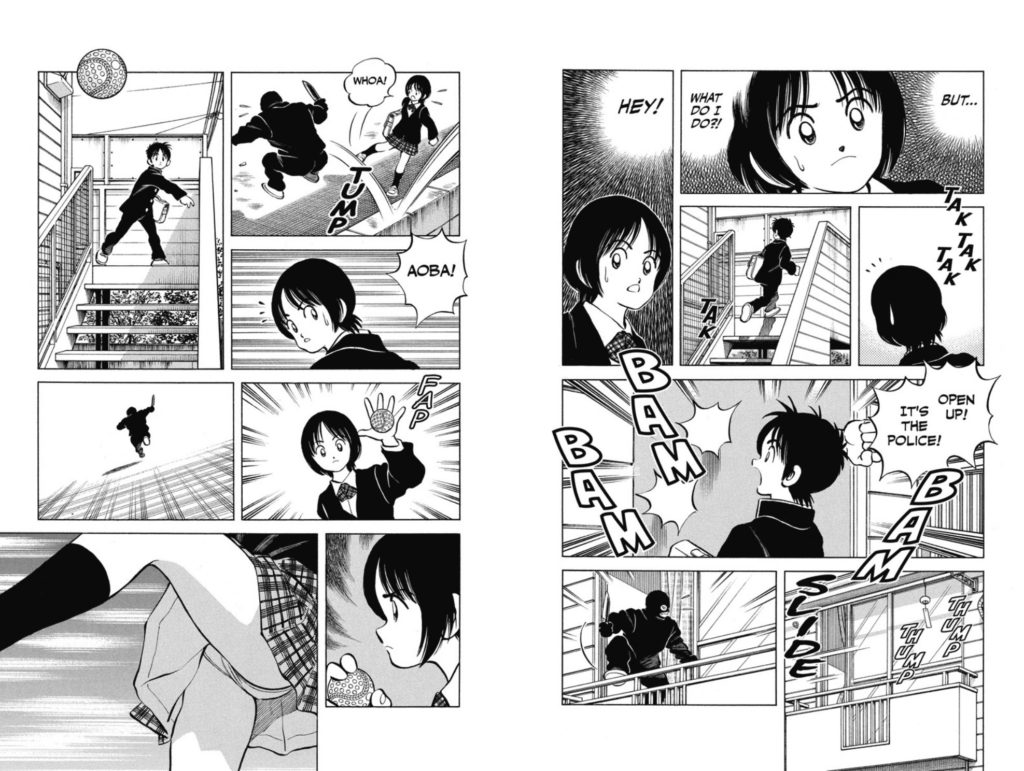
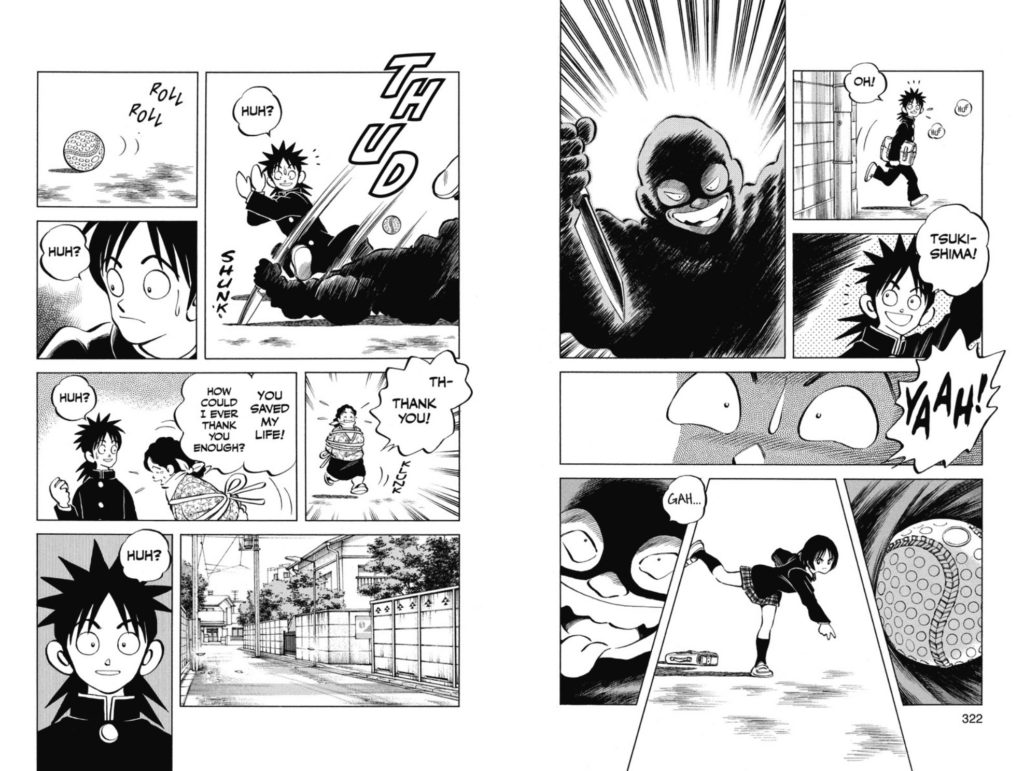

Weirdly, this story is seemingly self-contained, and has a bit of a different vibe than some of the other chapters in this book. I wonder if it was a bonus chapter, or ran in one of the sister magazines and was inserted after the fact?
50:15 Chip also calls out this ‘warm’ scene of Wakaba’s gifts to Ko, Happy and Sad alarm clocks in the sun.
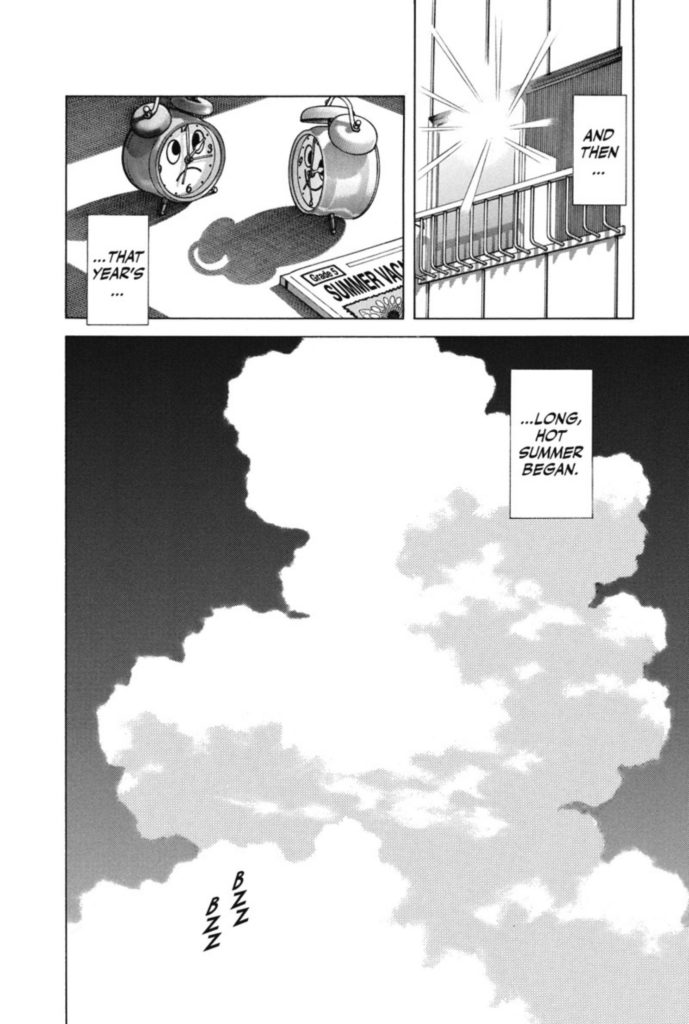
50:52 Deb’s favourite scene is the funeral sequence, because it’s so understated and powerful, and largely silent. It’s really something special, even if it’s a tough read. We included that up top though, with young Ko on his tip-toes.
53:11 On pages 186-190, the story takes a moment to recap where all of the series main characters (to this point) are at. I think this is because this marks the end of volume 1, and especially following Wakaba’s death, it feels like it needed a little closure. Luckily, it’s only a week between chapters, and 8 weeks between new volumes for Japanese readers! 🙂

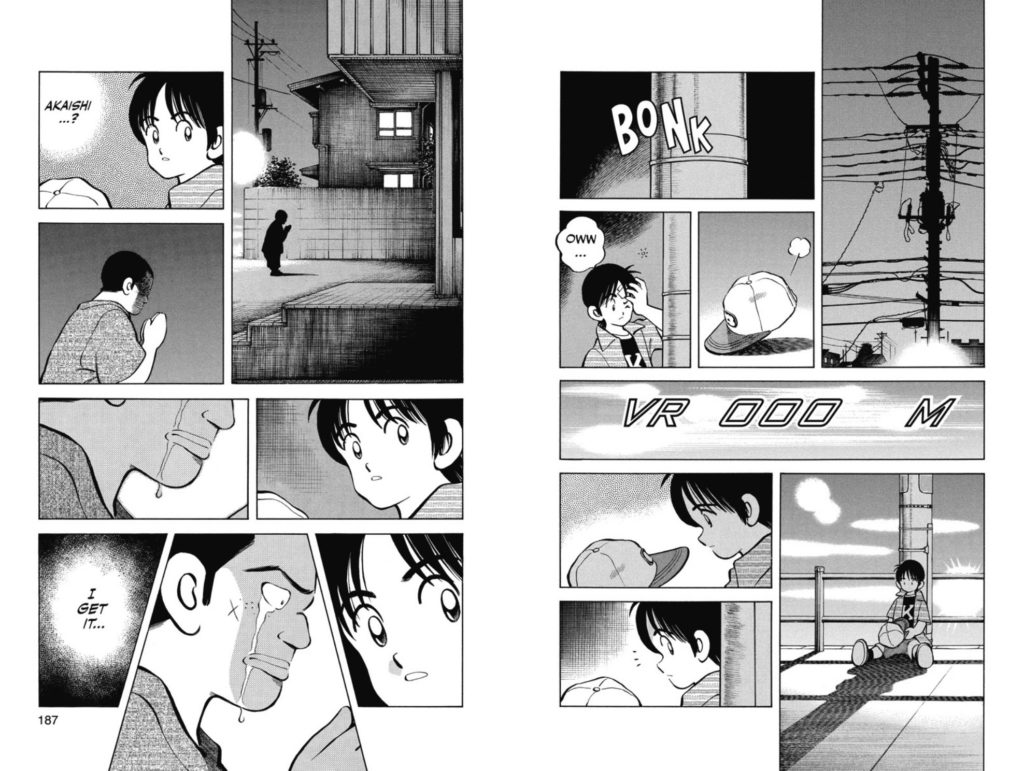
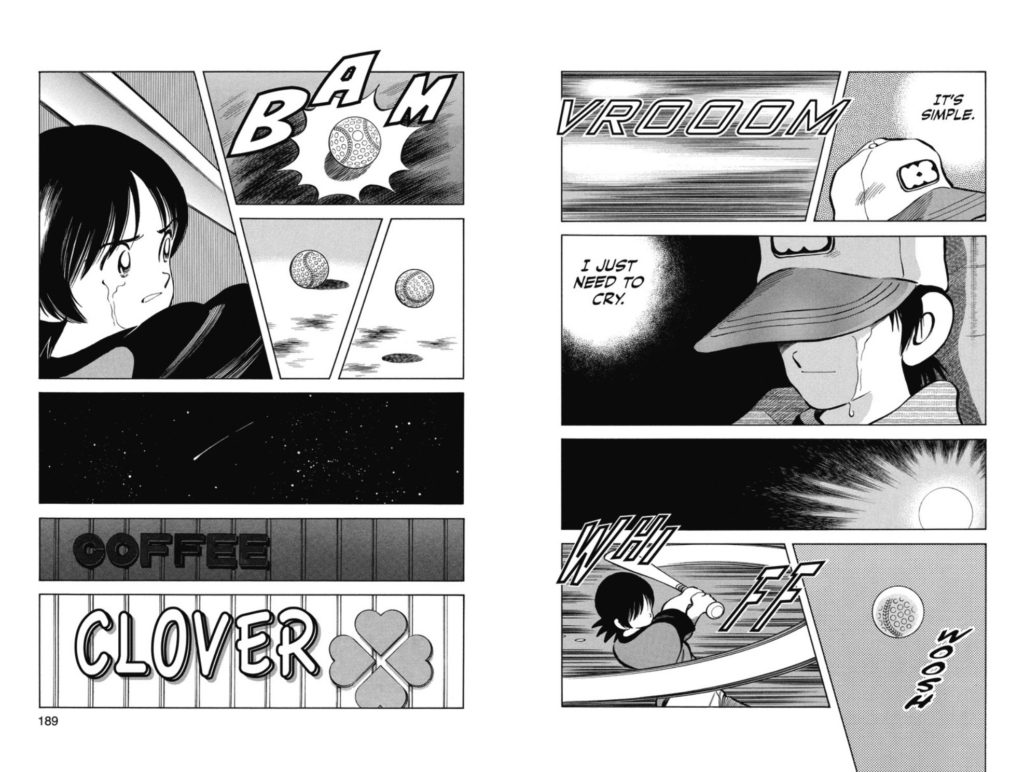
55:05 I think we’ve mentioned the ‘fridging’ trope on the podcast before, but for more on “Women in Refrigerators” (as defined by comics writer Gail Simone!) check out the wiki page.
56:25 BASEBALL: NOT EVEN ONCE
1:03:20 [Deb:] A manga about girls’ baseball/softball… there has to be at least one out there in English, right?
There’s a whole bunch of baseball manga featuring male characters, most famously Ace of the Diamond, which is like a 180-degree turn, mood-wise from Cross Game, with its do or die! competitive drama. There’s 38+ volumes of the manga available from Kodansha now as digital-only releases, and of course, the anime, which has several seasons you can watch now.
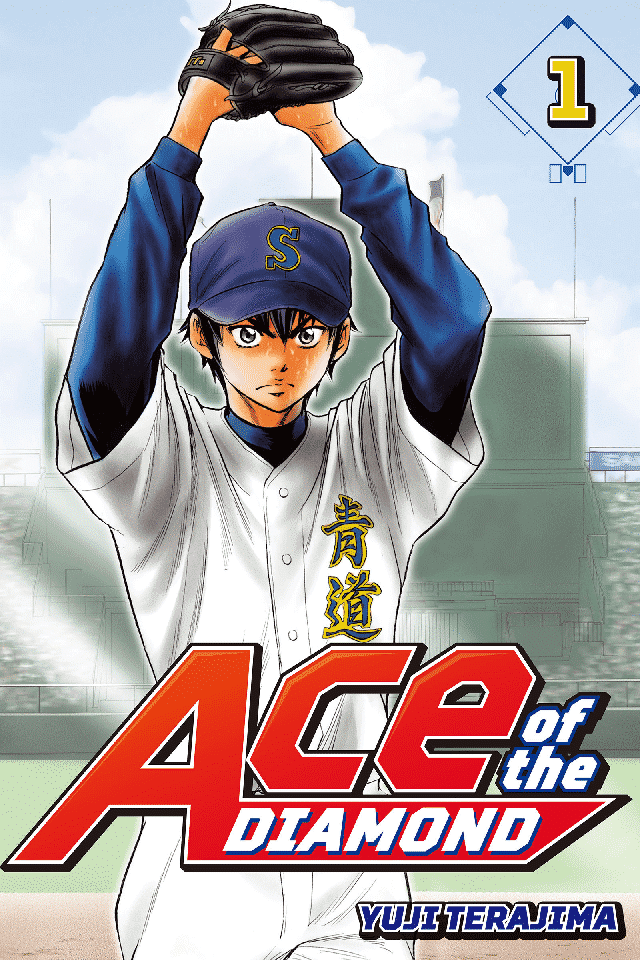
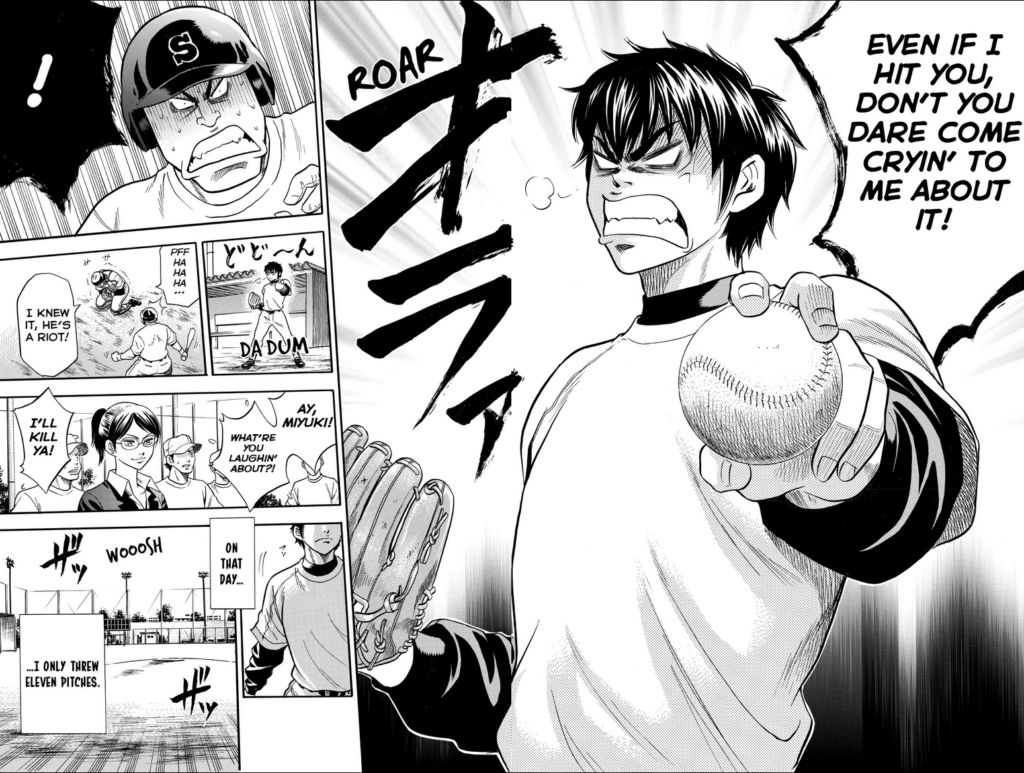
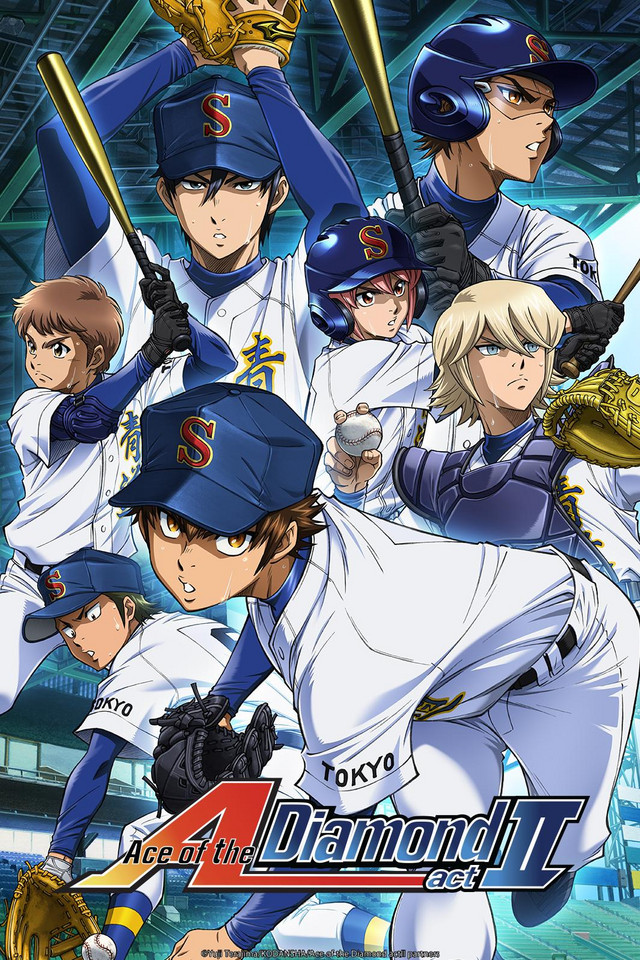
There’s soccer manga…
For example, Sayonara Football/Farewell My Dear Cramer by Naoshi Arakawa (creator of Your Lie in April), a story about a girls soccer team is available now from Kodansha, with an anime adaptation too.
There’s also judo and tennis manga…
Christopher mentions Yawara! and Happy! by Naoki Urasawa, two sports manga series centered around female protagonists that pre-dated his work on Monster and 20th Century Boys.
Yawara! is about a pretty girl who just happens to be an Olympics-level judoka. It’s an earlier series (1986-1993) by Urasawa and it’s quite long (29 volumes), so don’t hold your breath for an English version of the manga to come out anytime soon (but hey, if you can read French, go check Yawara! from Kana). There was a DVD release of one season of the anime from AnimEigo but they couldn’t license the rest of the series, presumably due to sluggish sales.
Happy! is like Yawara! (with the very similar looking female leads and exclamation points in their titles) except the action takes place on tennis courts. It started serialization in 1993, right after the last chapter of Yawara!, and is complete in 23 volumes. It is, like Yawara!, not yet available in English.
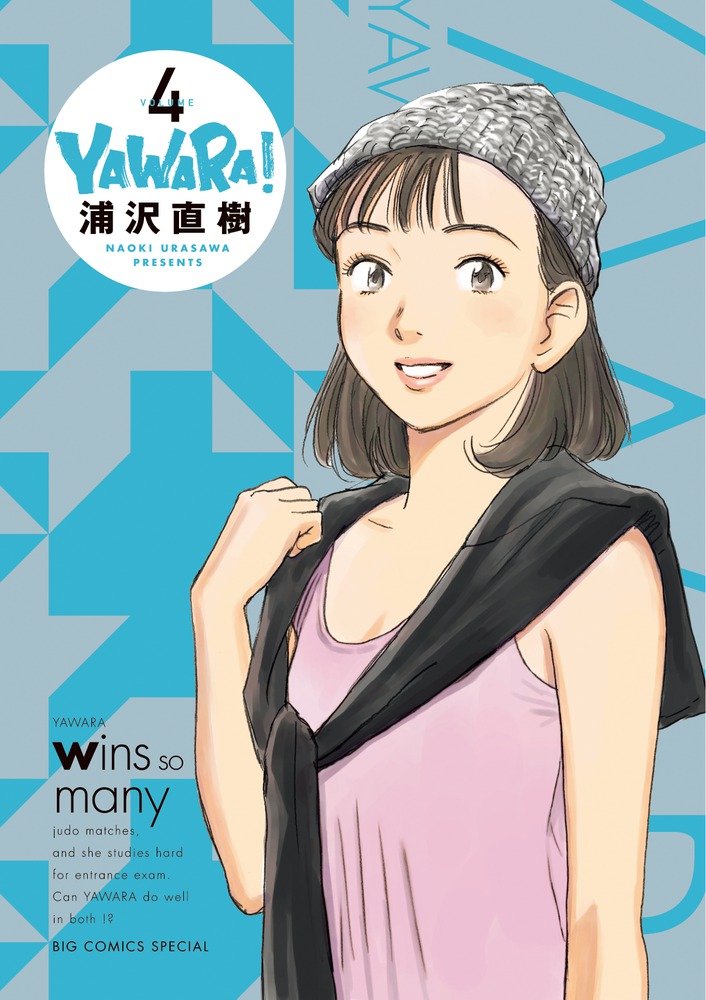
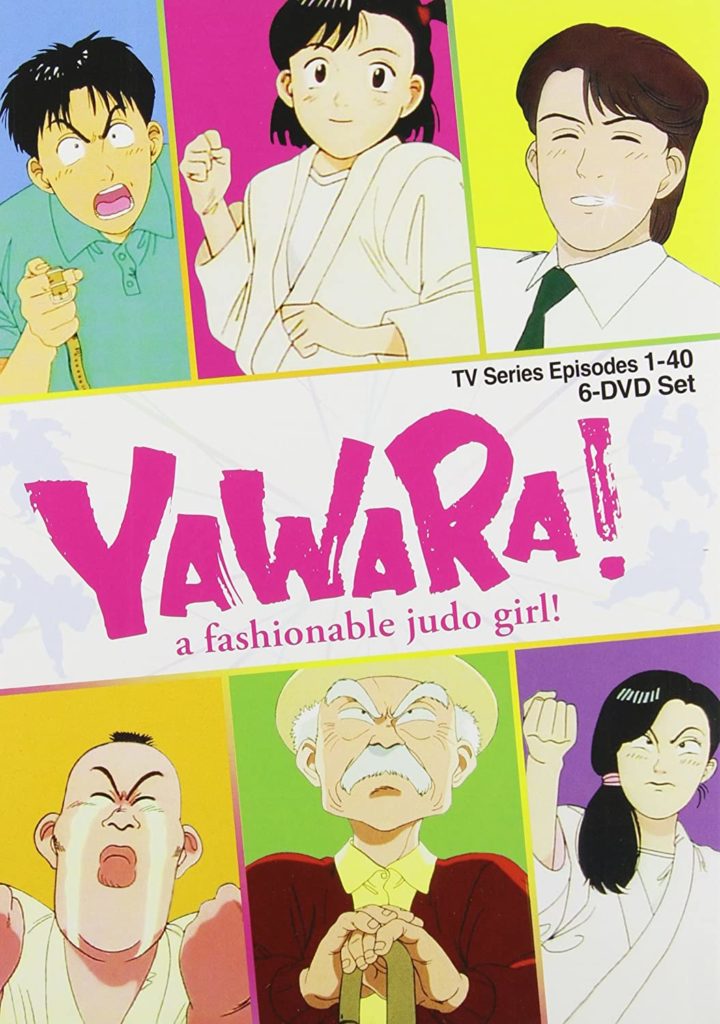
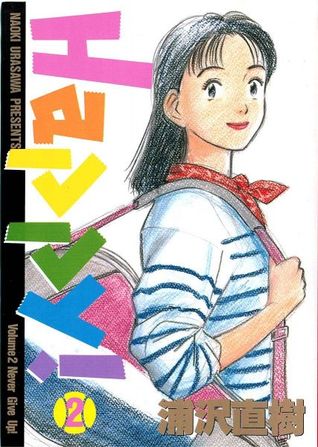
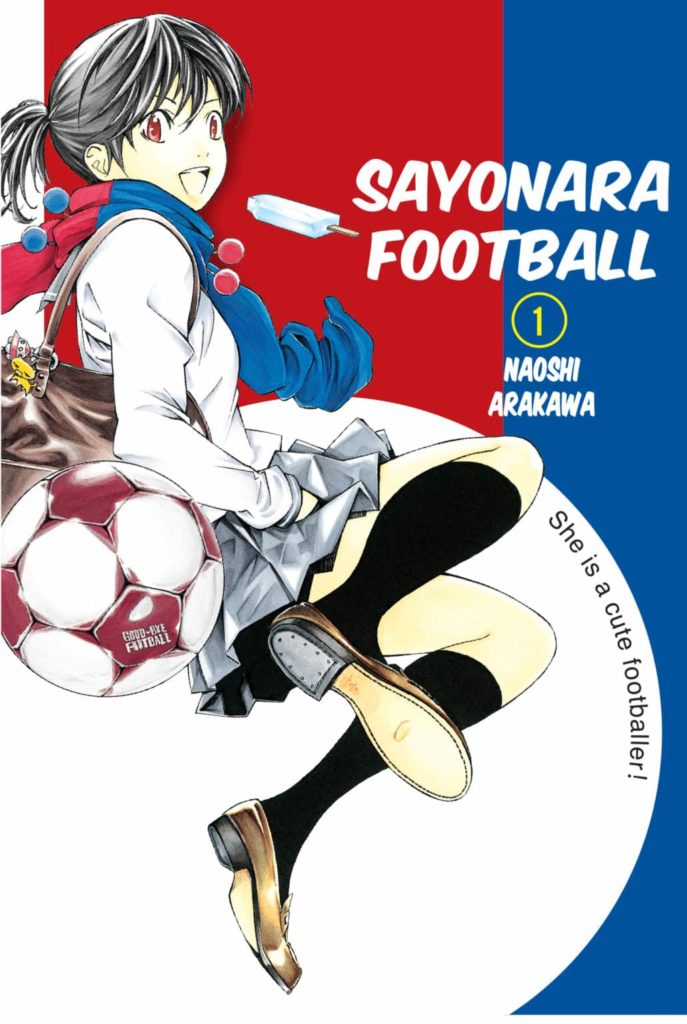
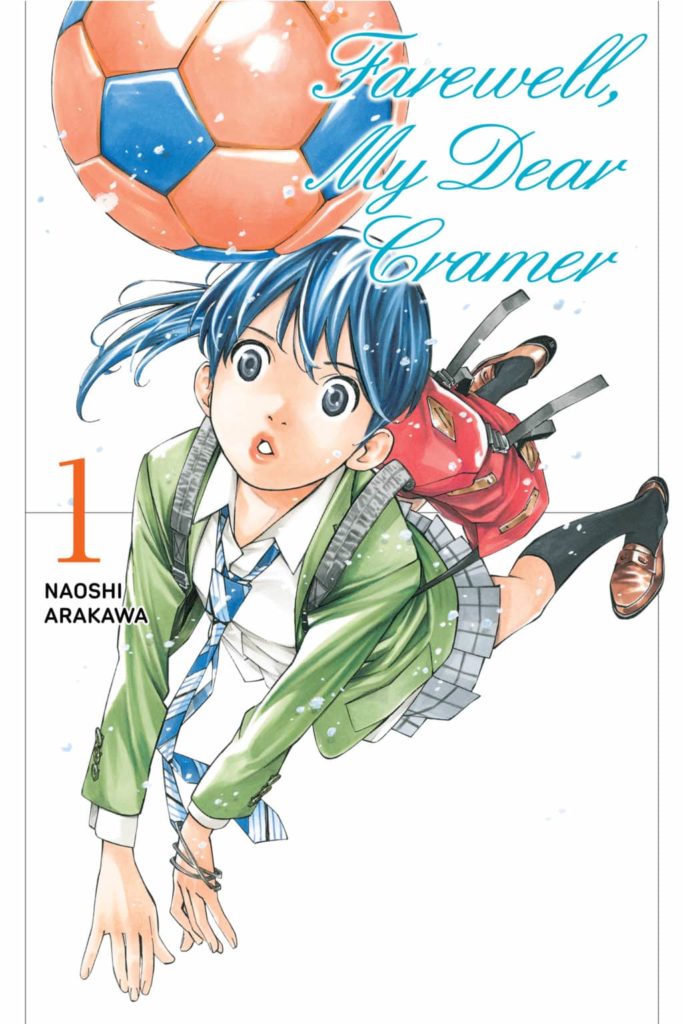
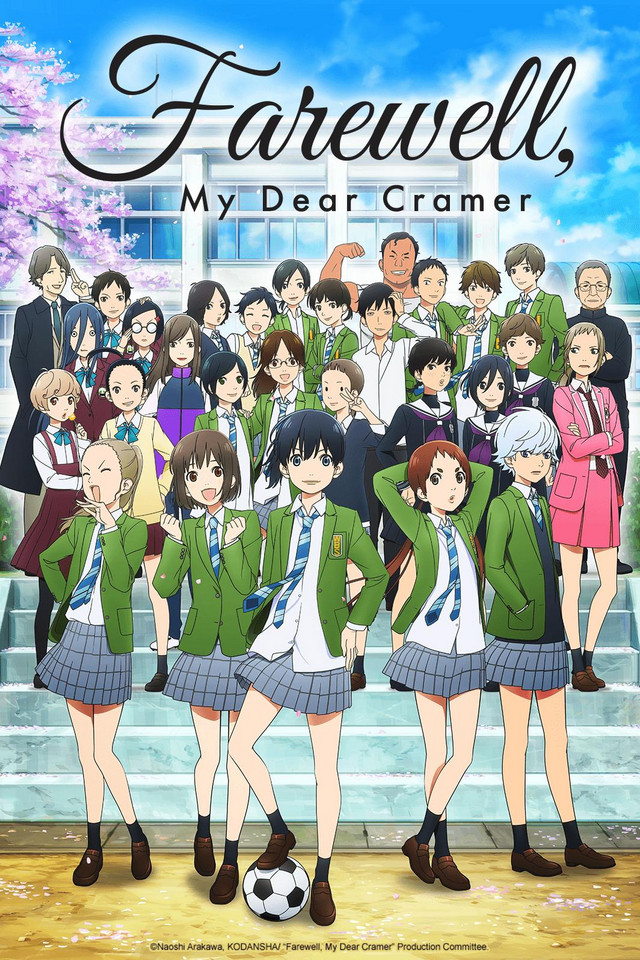
And more volleyball manga…
Crimson Hero is a shojo sports manga about volleyball by Mitsuba Takanashi. VIZ Media published the English version through its Shojo Beat imprint, although it’s out of print and no longer listed on their site.
David mentioned Shojo Fight, a women’s volleyball manga by Yoko Nihonbashi. It’s available now from Kodansha as a digital release you can read via Azuki, Mangamo, and Comixology/Kindle Unlimited.
There’s also Medalist by Tsurumaikada, about tween girls getting into competitive figure skating. It’s available now from Kodansha.
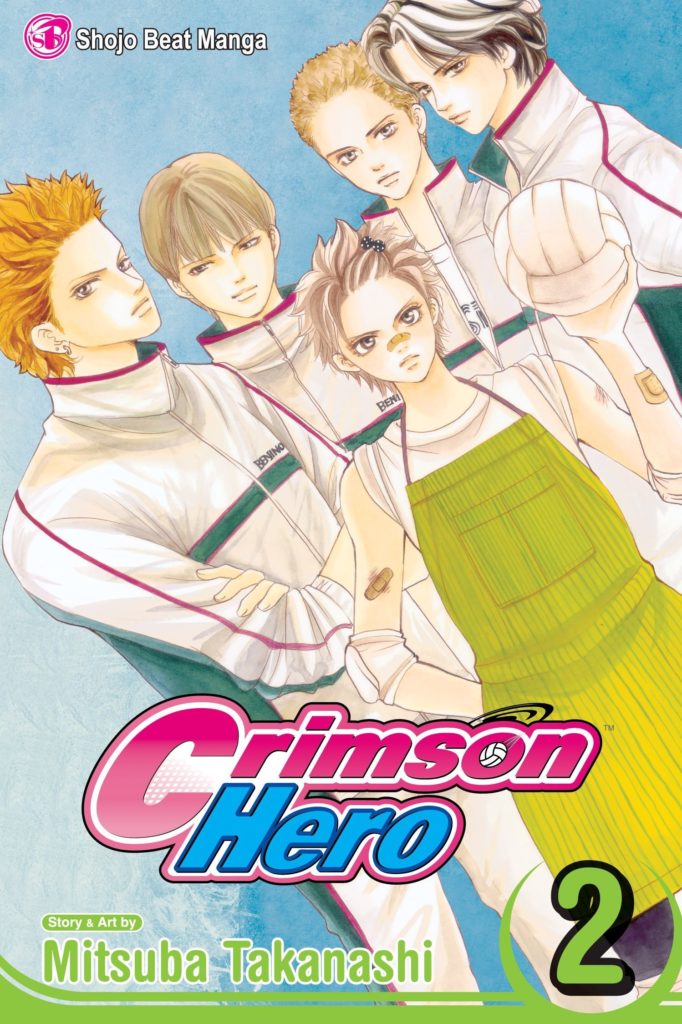
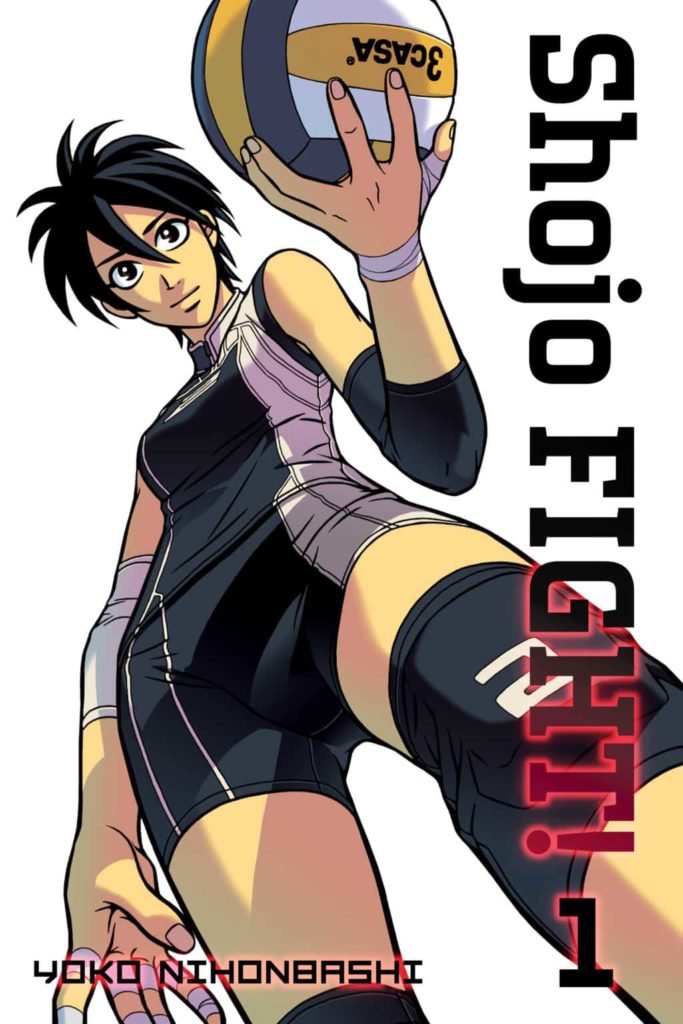
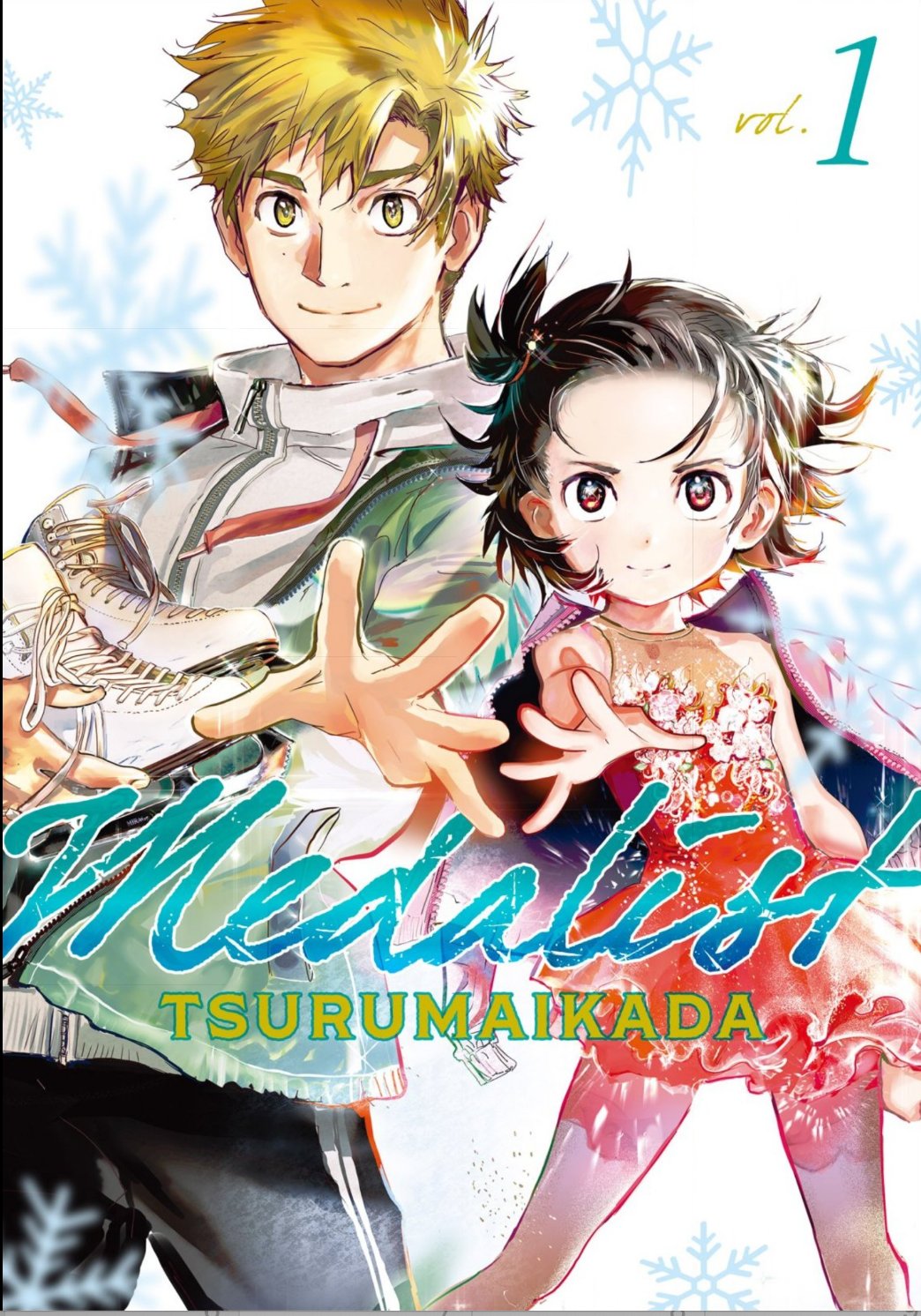
Major 2nd by Takuya Mitsuda (also a Shonen Sunday series) features a co-ed baseball team, with a lot of the story revealing what the girl players go through – that they can be more talented than their male teammates or rival teams, but are treated as second-class athletes in high school athletics. The manga isn’t out yet in English, but there are 2 seasons of the anime that you can watch via Crunchyroll.
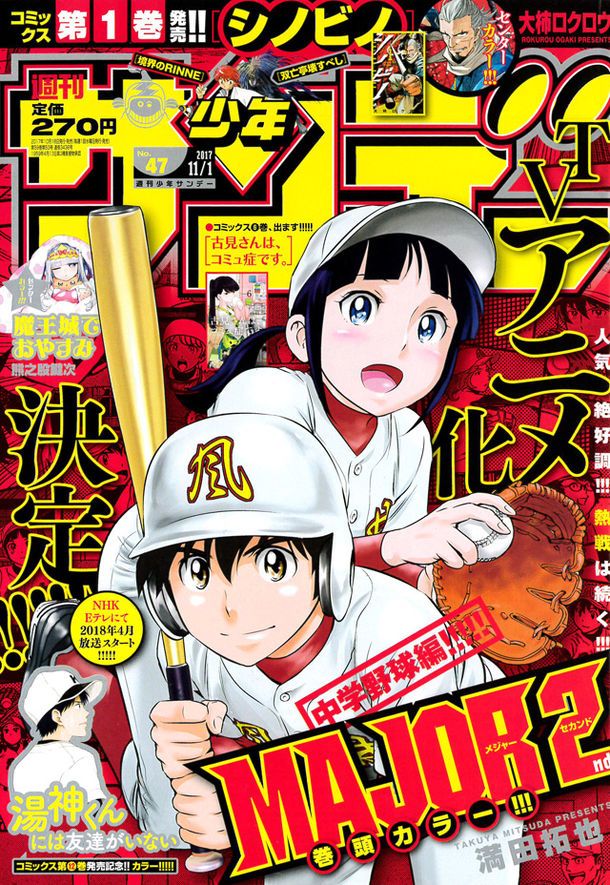
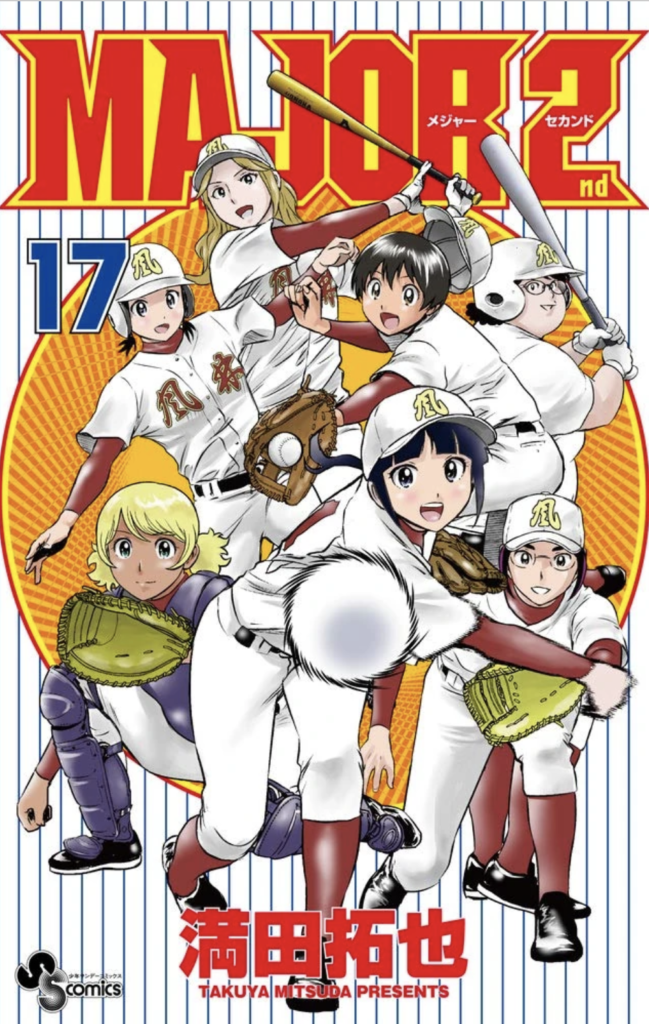
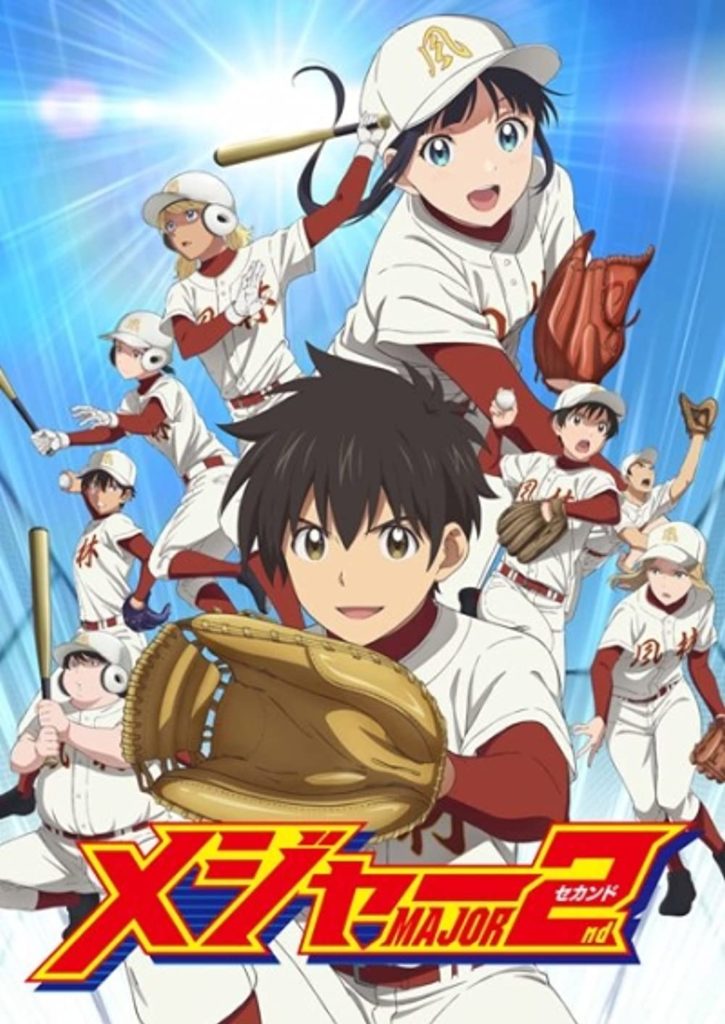
But other girls’ baseball/softball manga in English? Maybe some of you Mangasplaining listeners know of some that you’d recommend?
[Christopher:] Actually, while doing the research for this episode, I couldn’t find one in English, but I did find that Mitsuru Adachi did a Girls Softball manga after all! It’s called Idol Ace, and it’s about a high school girl who is a successful pop idol, who actually wants to play on the school baseball team but can’t because she’s a girl. She switches places with her friend (a boy!) who looks like her so she can play! WOW! It’s only 1 volume, you’d think this would’ve gotten translated?!
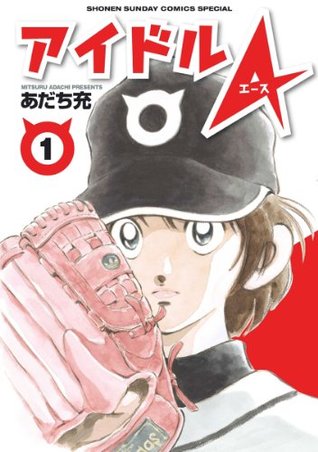
I also came across this untranslated Japanese girl’s baseball manga that looks awesome! It’s called Iron Girl by Tsutomu Takahashi, and it’s kind of a manga, post-WWII League of Their Own-sounding thing, and it seems like a great read… It’s complete in 9 volumes from Kodansha. I wonder if Kodansha would ever release it digitally?
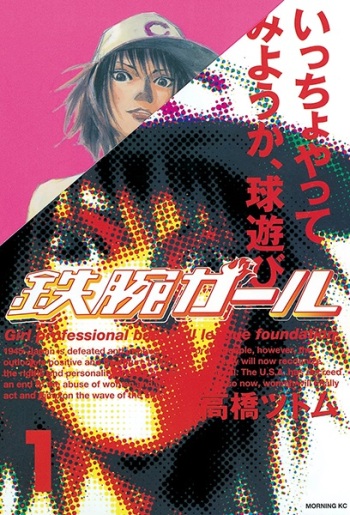
1:04:45 Chip just totally hates this manga’s cover. Here’s the Japanese version next to the VIZ English edition. It’s clear what they were going for, and the VIZ cover is, I think, a little better/cleaner. But yeah, it does look “old.”
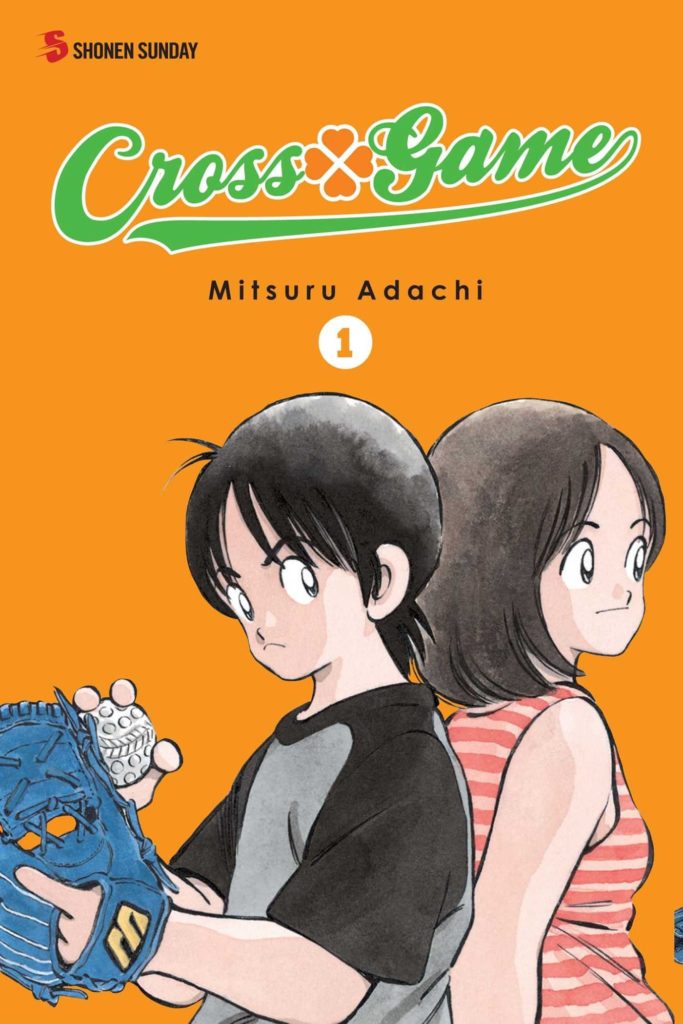
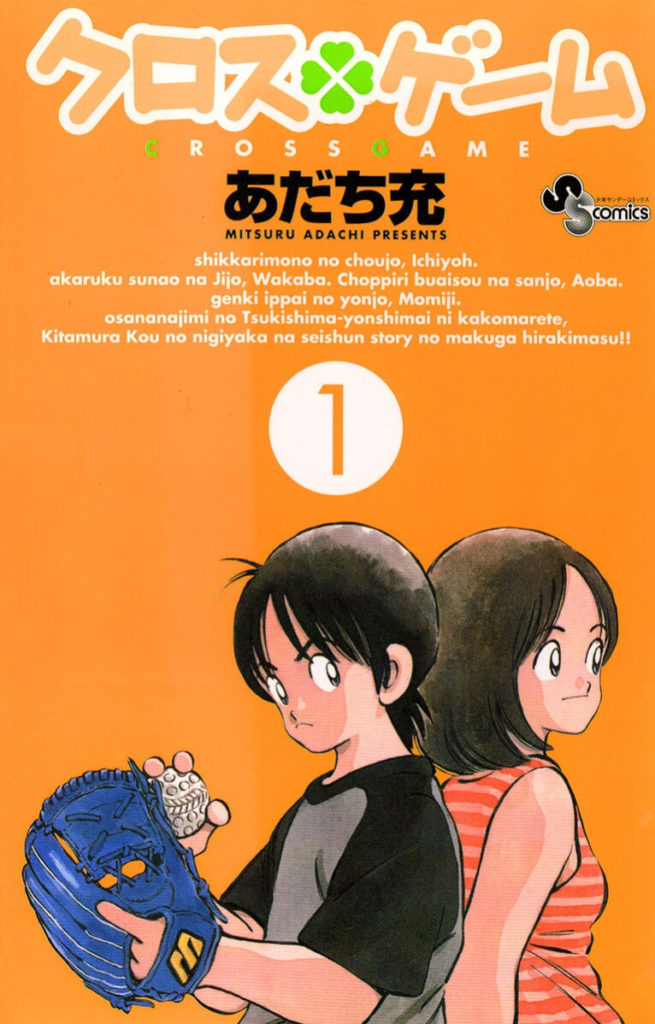
UPDATE: 2022/06/27: One more from William Flannigan:
Also the names of the sisters aren’t just of leaves, but also of seasons. Ichiyo (first leaf) represents the very end of Winter. Wakaba (young leaf) represents Spring. Aoba (green leaf) represents Summer, and Momiji (maple leaf) represents Autumn since the Japanese maples turn a bright red in the Fall.
Also, Ko means “light,” so there’s that symbolism regarding him and the four sisters also.
– William Flannigan, Translator, from the Mangasplaining Facebook
1:05:50 So yeah, I think Taiyo Matsumoto’s Ping Pong is maybe a great example of how to take some of the best stuff from the book and put it on the cover in a way that makes you excited to read the book. I don’t know that we did a side-by-side of the Japanese editions and the English edition? Very different vibes. Even when they do use interior artwork, it’s not nearly as intense as the work chosen for the English edition.
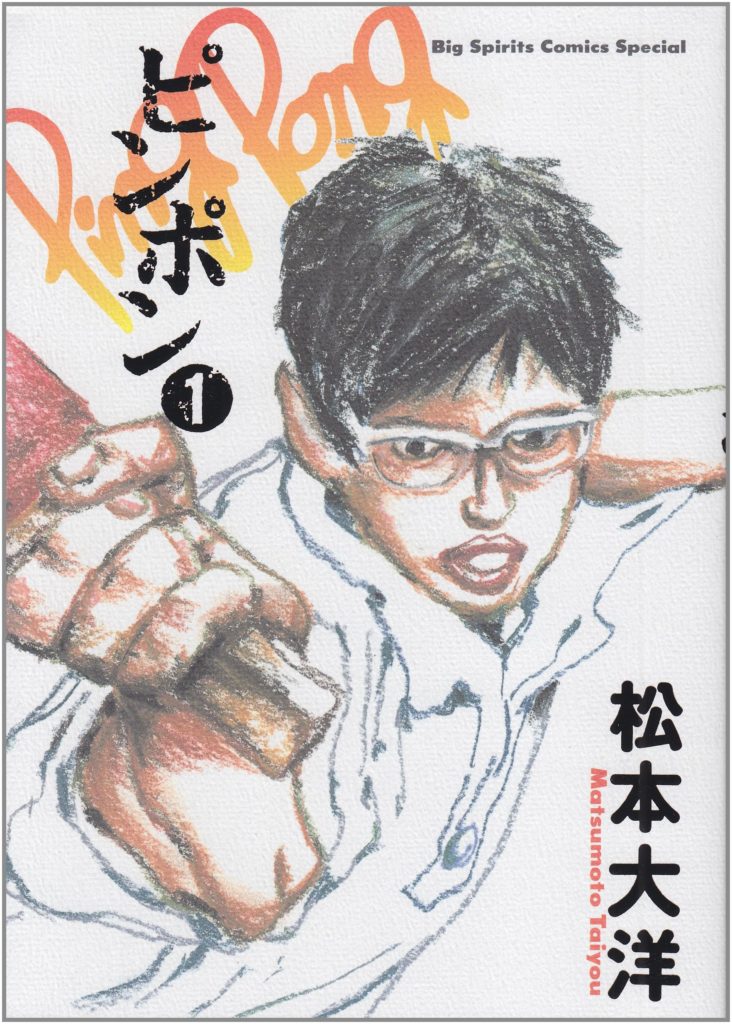
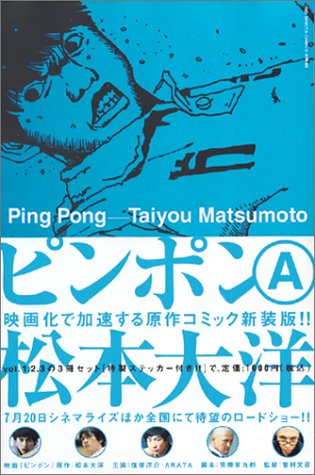
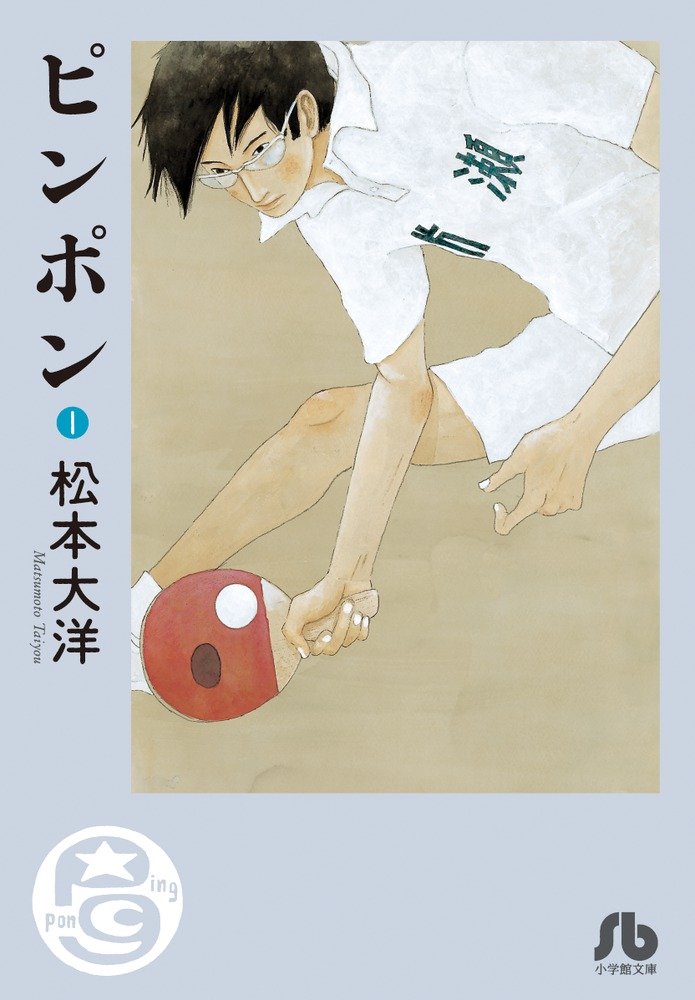
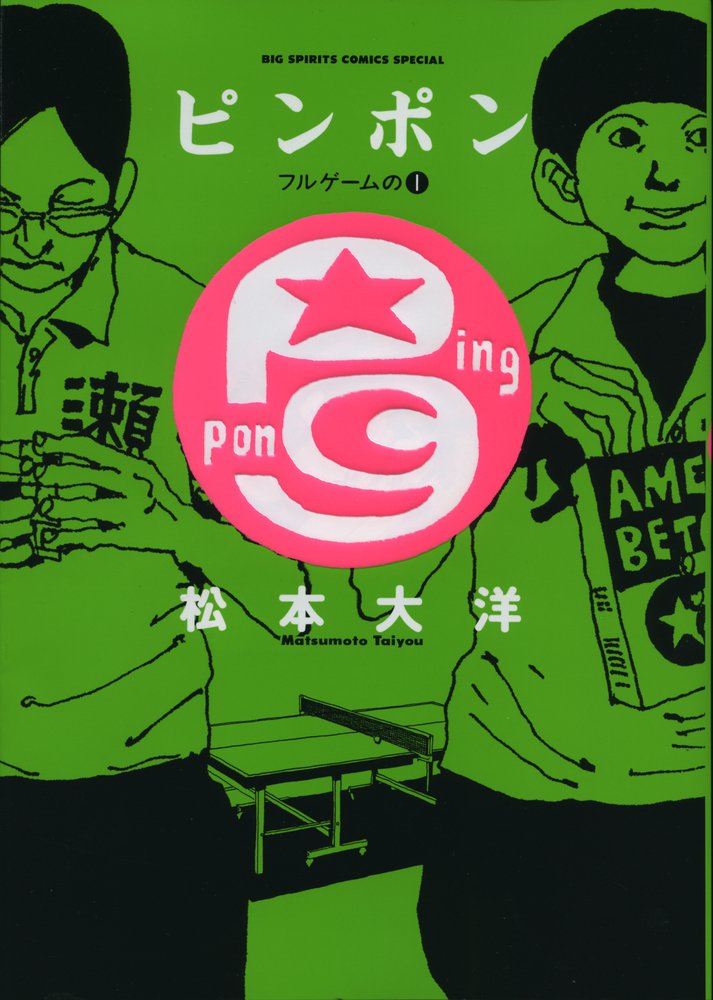
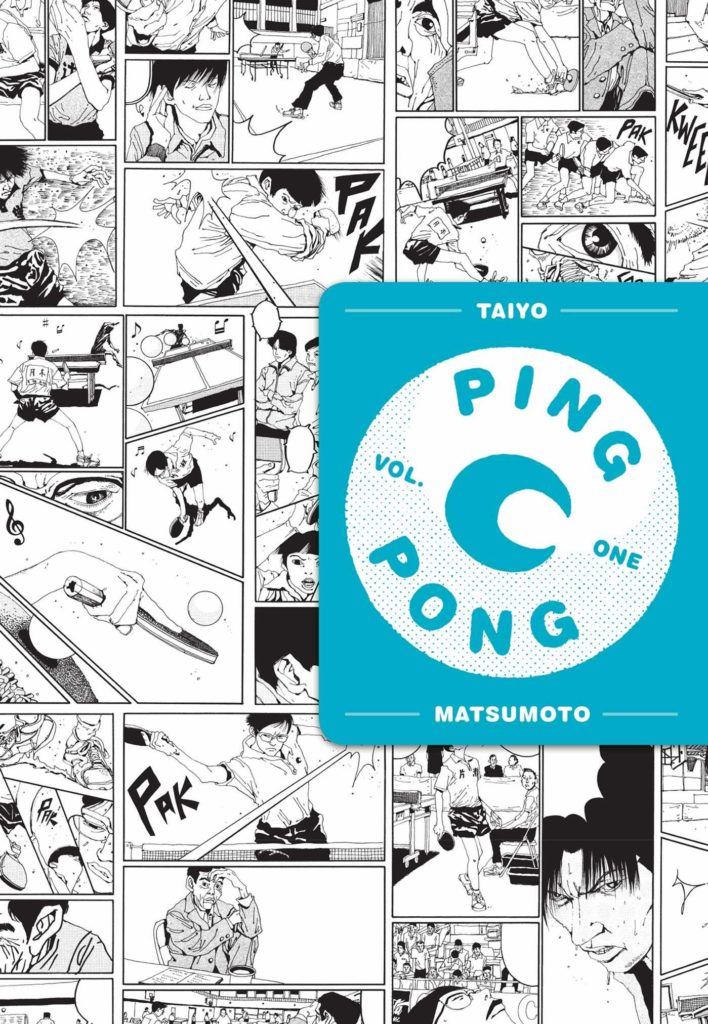
1:07:47 FIGHT!
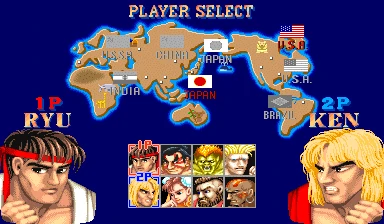
“I routinely shit on the colour pages in these books, and I stand by it.”
Chip Zdarsky
1:09:05 Here’s a quick look at some of Adachi’s book covers.
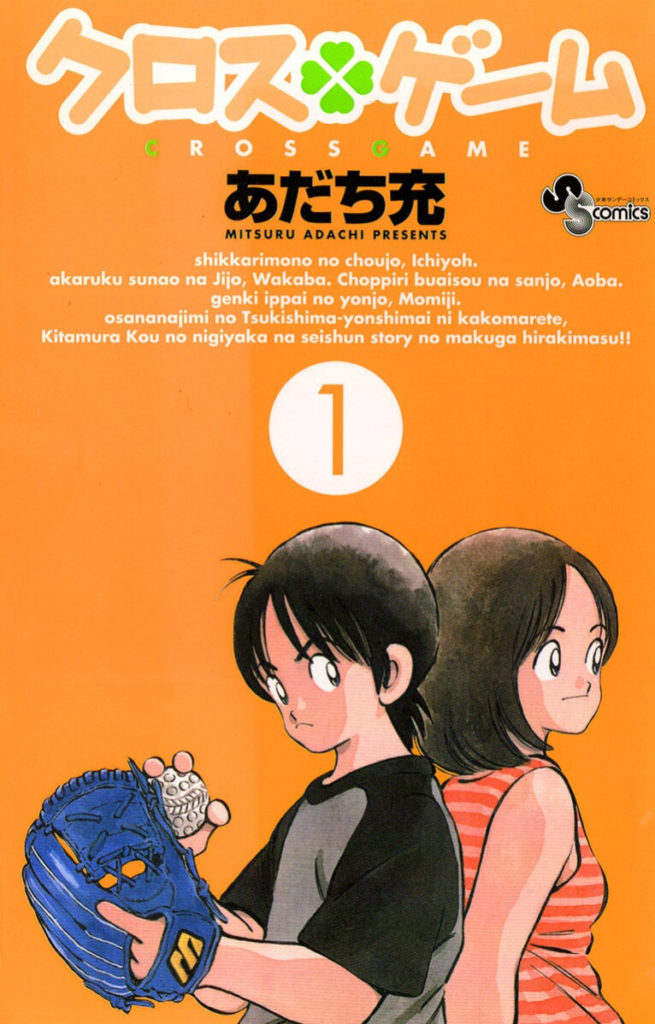
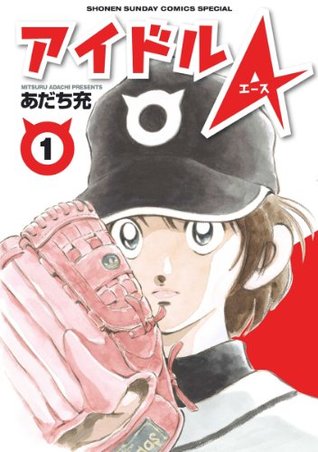
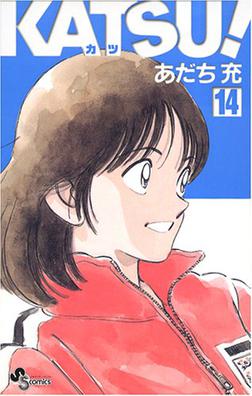

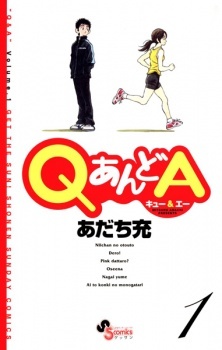
1:10:00 Spoilers: Chip did, in fact, not come up with a new cover for Cross Game volume 1 using the interior artwork from the book. Maybe one day, when he has fewer than four scripts a week to write.
1:10:15 THE BREAK! After this, time-stamps will be pretty much approximate at best due to digital ad insertion. Thanks for your patience!
1:11:25 It’s time for another Manga Blind Date, sponsored by VIZ Media!
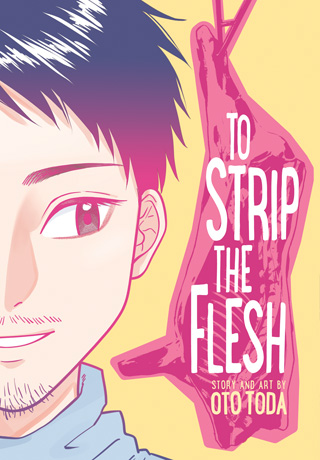
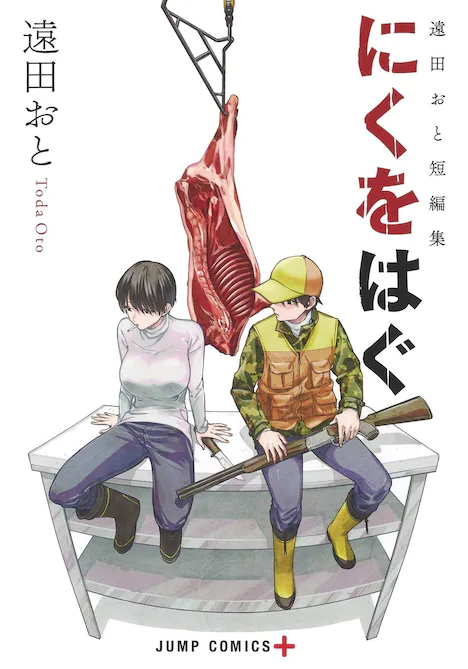
To Strip the Flesh by Oto Toda
Translation and adaptation by Emily Ballistrieri
Touch-up art and lettering by Annaliese “Ace” Christman
Design by Alice Lewis
Editor: Pancha Diaz
Published by VIZ Media (print/digital)
Head to https://bit.ly/TSTFPodcast to read a free preview! Clicking that link actually supports us here at the podcast, thanks! What the heck, go click it several times. 😉
[Deb:] To give Chris a break from writing even MORE show notes after our very long discussion about Cross Game, I’ll take the show notes baton from here.
01:11:00 To kick things off, here’s VIZ Media’s description of To Strip the Flesh:
Chiaki Ogawa has never doubted who he is, although the rest of the world hasn’t been as kind. Bound by his mother’s dying wish, Chiaki tries to be a good daughter to his ailing father. But when the burden becomes too great, Chiaki sets out to remake himself in his own image and discovers more than just personal freedom in his transition—he finds understanding from the people who matter most.
-VIZ Media website
Now, if you only went by this description on the back of the book, you too might be surprised to discover that To Strip the Flesh is not the content of the entire book, but is actually one of several short stories.
About Oto Toda
There’s not a whole lot of personal/background info about Oto Toda on the interwebz, but here’s what we could figure out from the bio at the end of To Strip The Flesh:
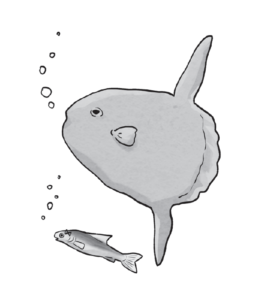
Oto Toda’s professional debut was David in Love (Koisuru David), a one-shot story about a mini reproduction of Michalangelo’s David statue falling in love with a girl. It took home the highest honor from Kodansha’s ITAN magazine’s 14th Super Character Comic Award competition, and is included in To Strip the Flesh.
In our discussion, we often note that Oto Toda is a relatively new manga creator, but by that, we mean that they’re new to writing/drawing their own stories, like the ones in this volume.
They are also credited as the illustrator for Chihayafuru Junior High Edition (Chihayafuru: Chuugakuseihen), a 2018 prequel / spin-off story based on the characters in Chihayafuru, a long-running josei sports / romance series by Yuki Suetsugu.
Originally published in Be Love, a Kodansha josei manga magazine, Chihayafuru is about high school students who play Karuta, a traditional Japanese card game, at a competitive level. Kodansha has been releasing this series digitally, and the English releases are up to volume 32, with more to come, since it only recently ended in Japan with volume 49. There’s also 3 seasons of the anime series out in English that you can watch on Crunchyroll.
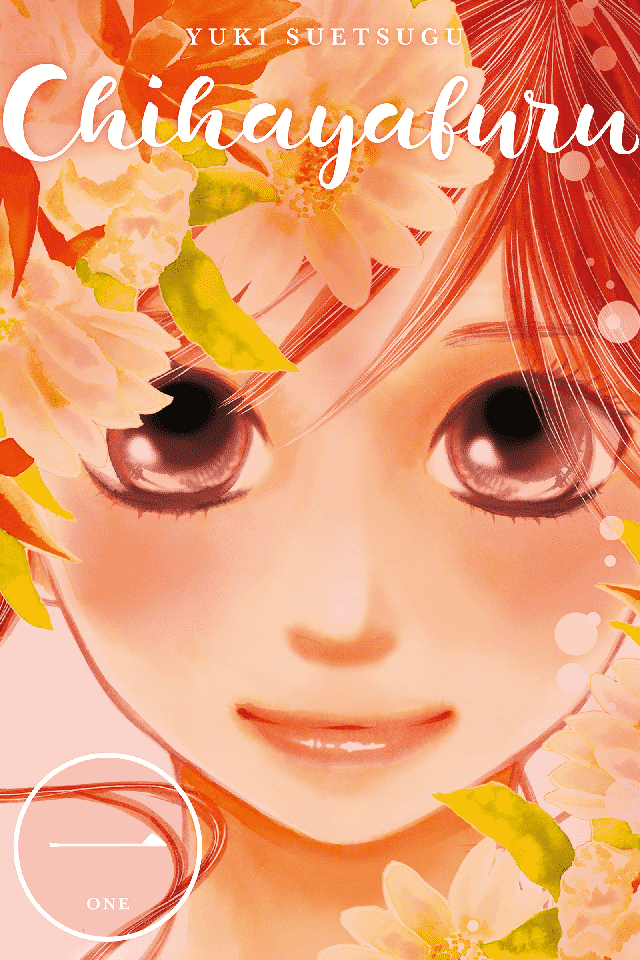
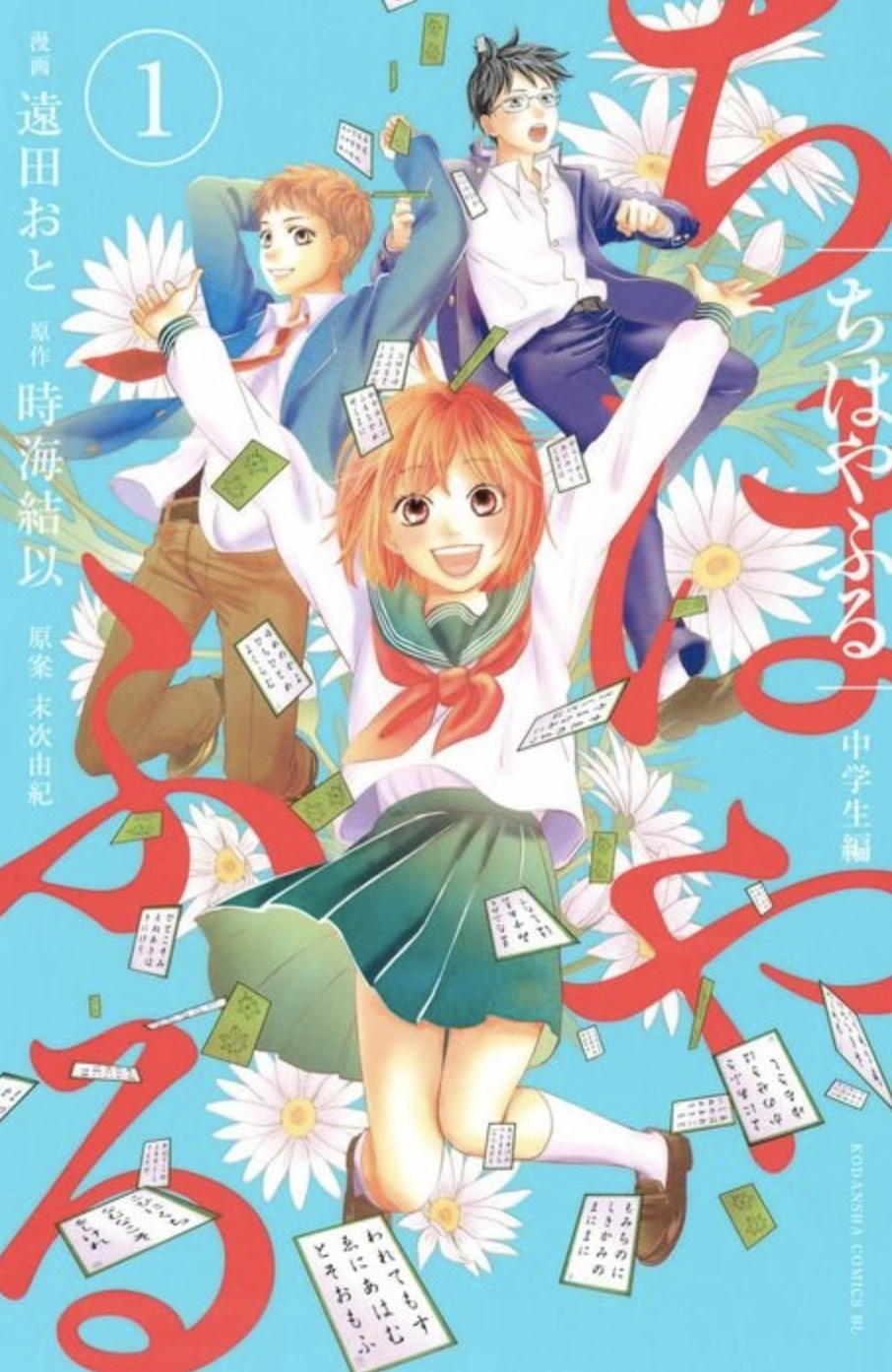
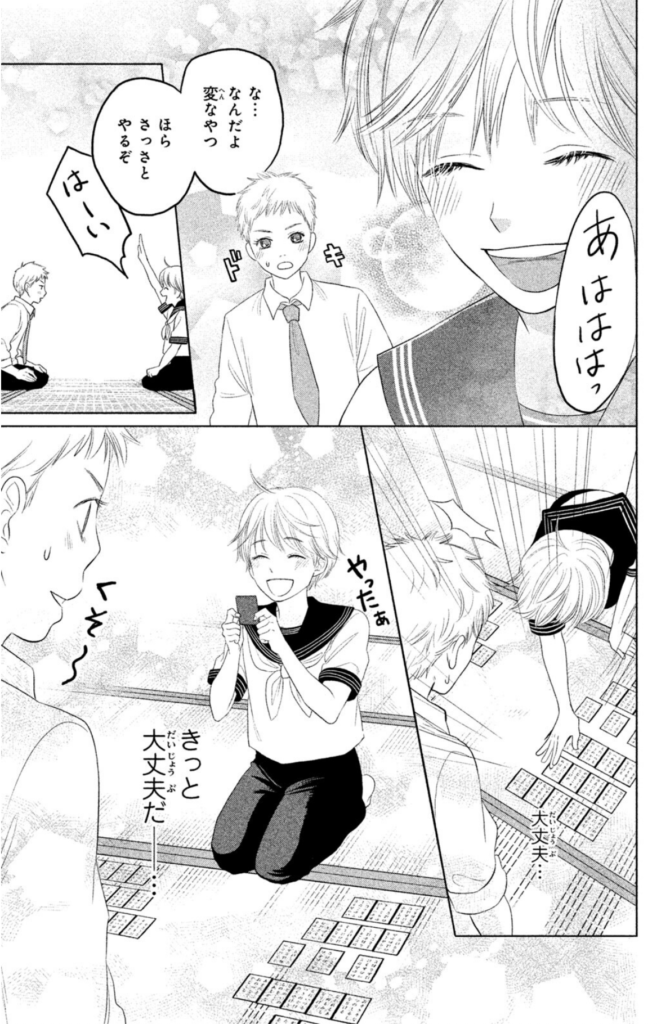
Chihayafuru Junior High Edition (a 3-volume series that isn’t available in English yet, but you can get it at BookWalker.jp) basically tells the untold “in-between” story of the three main characters of Chihayafuru after their initial meeting / time together in elementary school, and before the story resumes when they’re in high school. Toda was tasked with depicting these characters in a way that would be recognizable to readers of the original series, so it maybe doesn’t quite look like the drawing style that we see in To Strip The Flesh.
Toda also worked as an assistant for Tatsuki Fujimoto on Fire Punch (more on that later), which ran from 2016-2018 in Jump+, Shueisha’s online manga magazine where To Strip the Flesh was also featured.
One cool bit of news is that Tatsuki Fujimoto will be teaming up with Oto Toda to create a brand new one-shot story that will be released on Jump+ on July 4, 2022. It was announced on Twitter on June 19, but other than the title, Futsu ni Kiitekure (Just Ask) we don’t know much about what the story will be about, but I guess we’ll find out soon enough!
We’ve talked about a few Jump+ series on Mangasplaining recently, including DanDaDan and Look Back, so you can get a taste of the variety of stories and art styles in this online magazine.
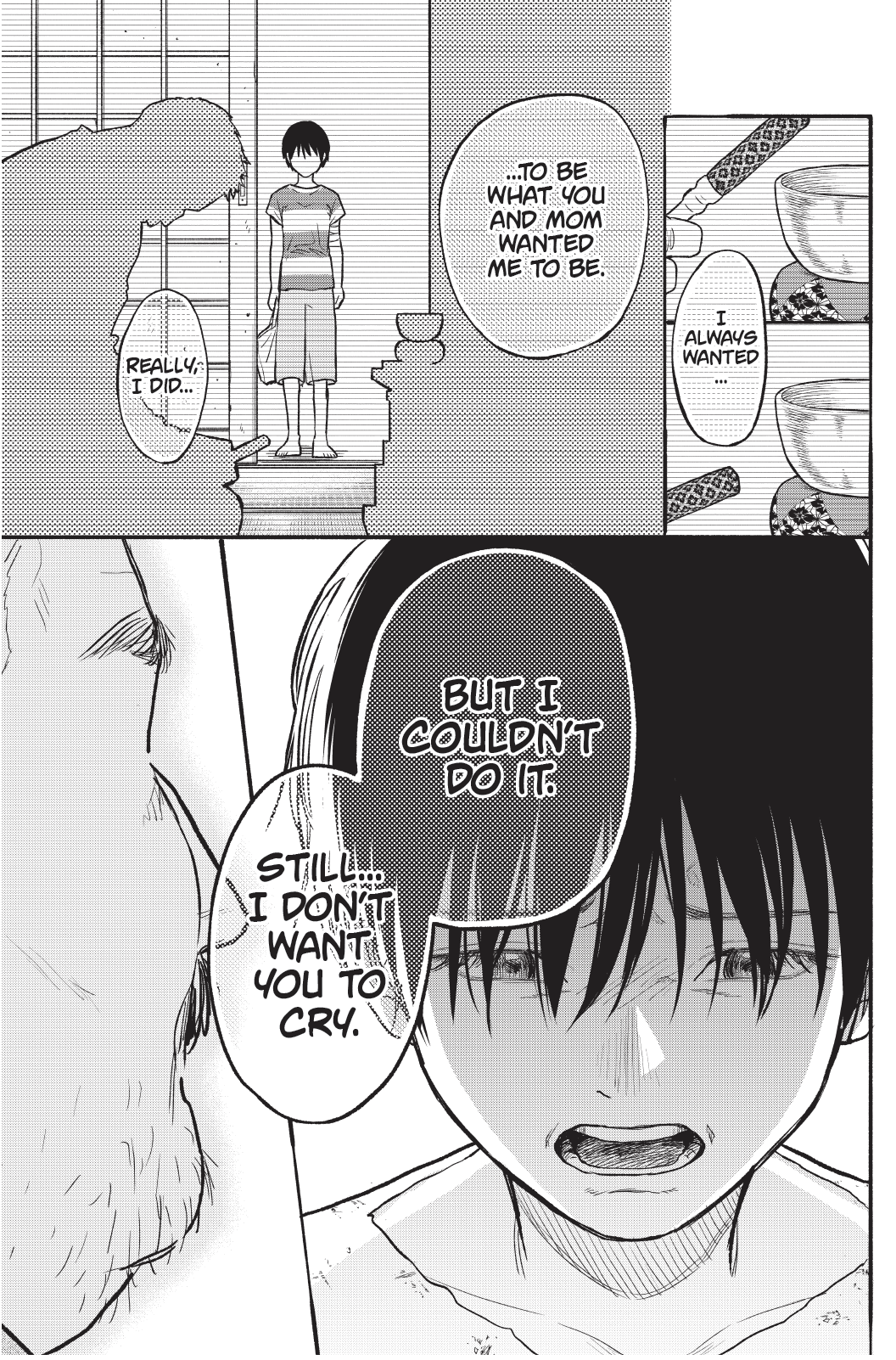
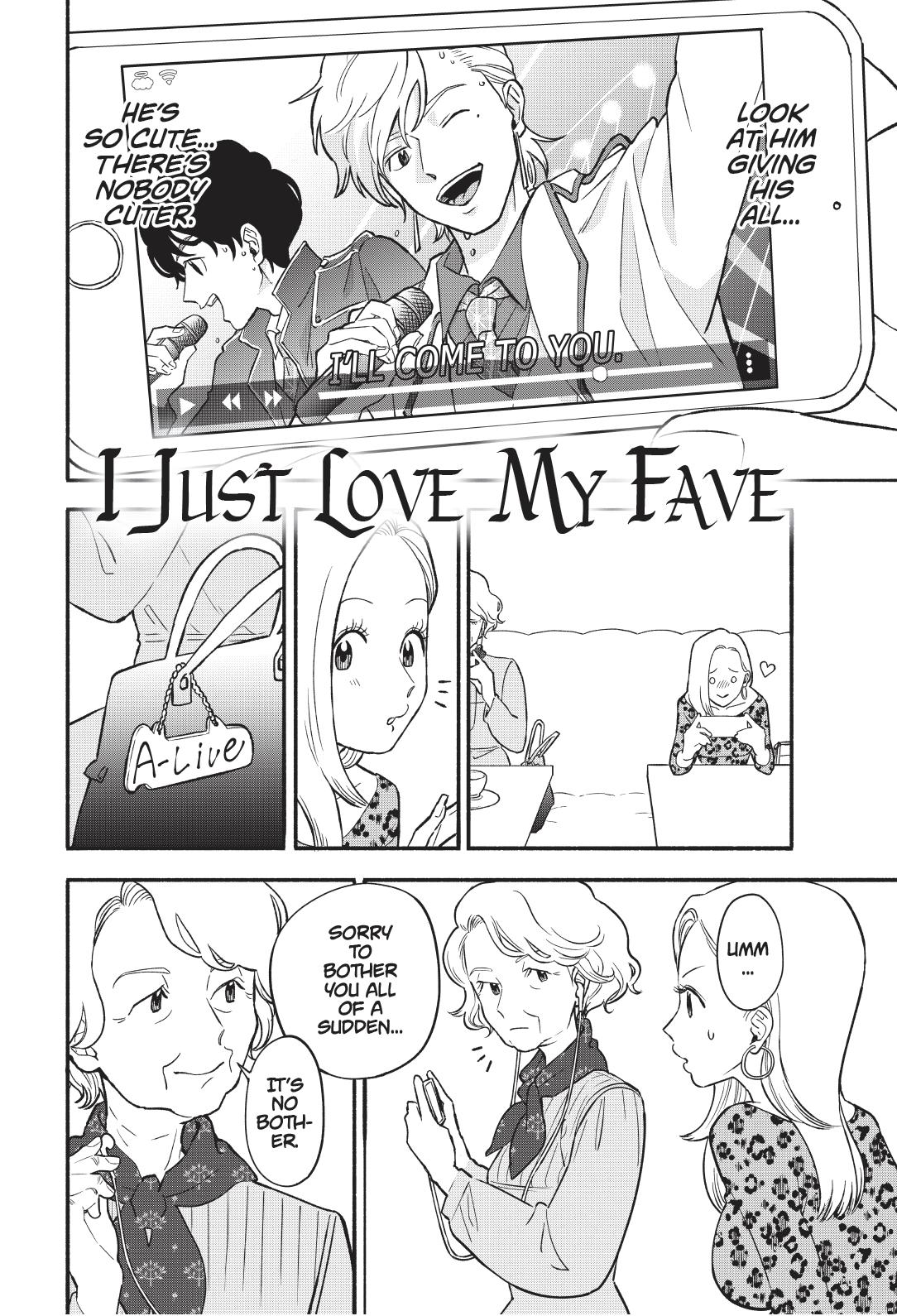
01:12:00 The “loving someone from the afterlife story” that Christopher refers to, I Just Love My Fave immediately follows the last page of the To Strip the Flesh story. The shift in tone, if you weren’t prepared for it, can be kind of jarring.
01:13:00 At the end of the book, there’s a 4-page interview / conversation between Oto Toda and Motigi, a former gay sex worker and gay bar employee who has also created manga about his experiences.
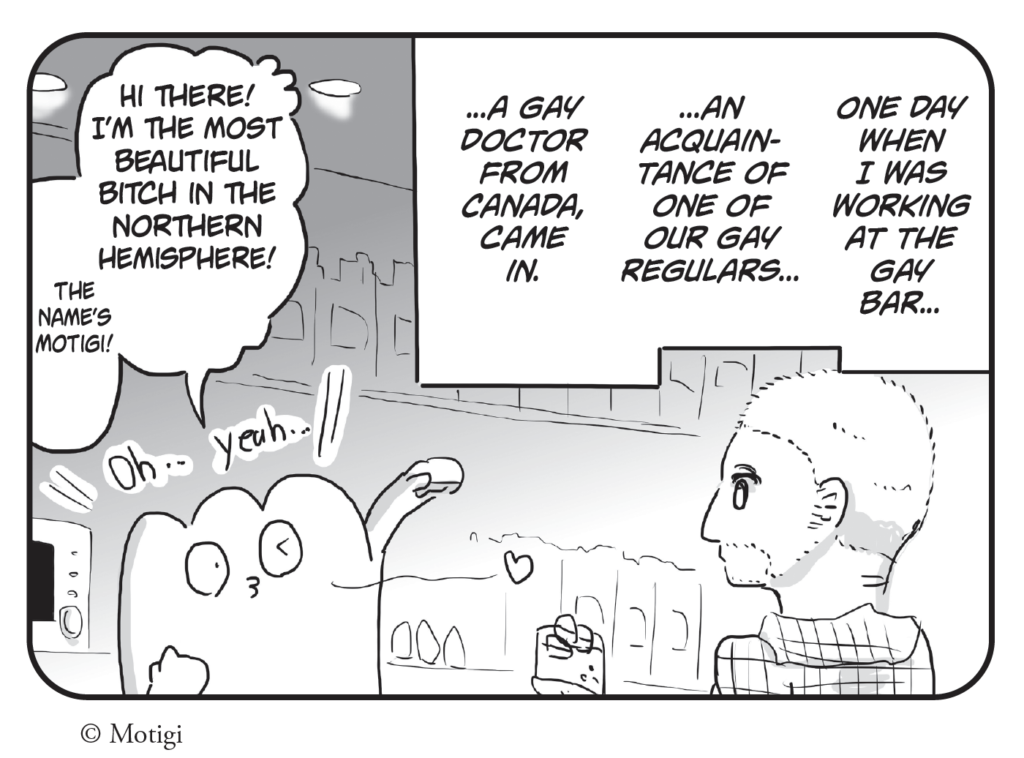
This conversation offers the reader a glimpse into Toda’s journey with their gender, and explains how and why they had a different outcome to their story than what Chiaki does to get to their happy ending. It’s interesting, because it offers more context about Toda’s background and why they wrote/drew a manga about this subject.
Oto Toda is also on Twitter – you can follow them at @10da010. You can also follow Motigi on Twitter at @omoti194, or check out their blog and some of their manga (in Japanese) at note.com/motigi194.
01:15:00 As part of Chiaki’s quest to get surgery in Thailand, they shoot YouTube videos showing how they butcher the wild game that they shoot on hunting expeditions. Here’s some of the more polite comments that they get from viewers in these scenes.
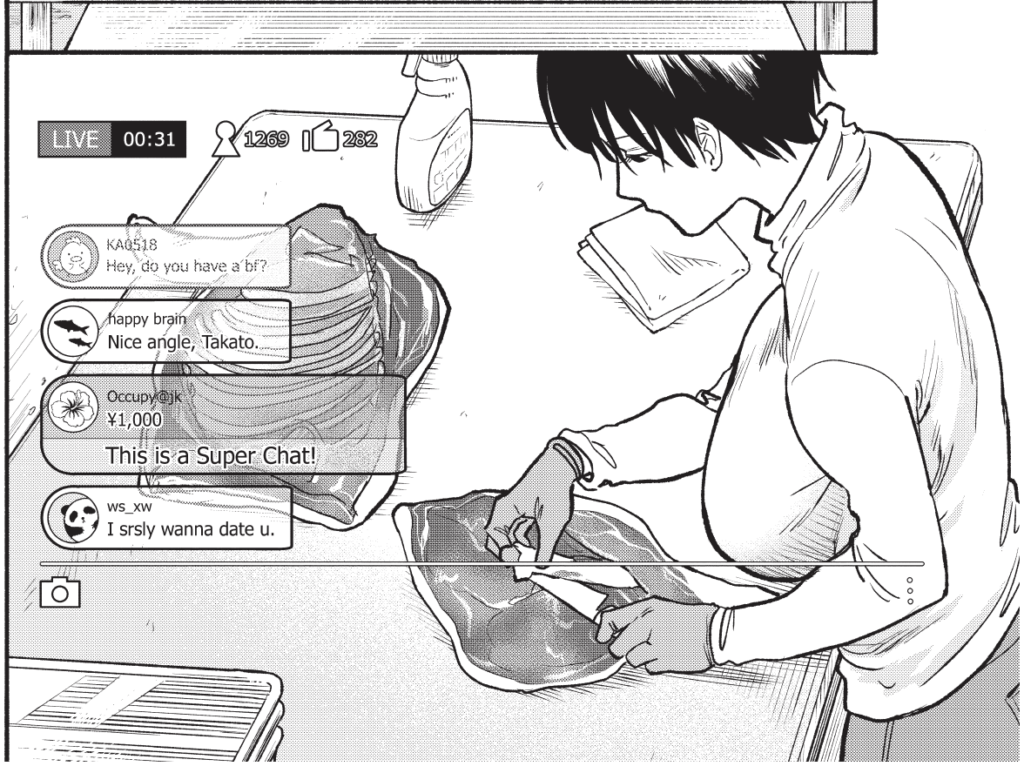
01:16:00 At the risk of spoiling a really impactful scene in To Strip the Flesh, I’m not going to share pages from Chiaki’s dream. But take my word for it, it’s something else.
01:17:00 Further into this short story collection, we get to David in Love. This tale of a statue that doesn’t quite look like a little girl’s other dolls is definitely quirky!
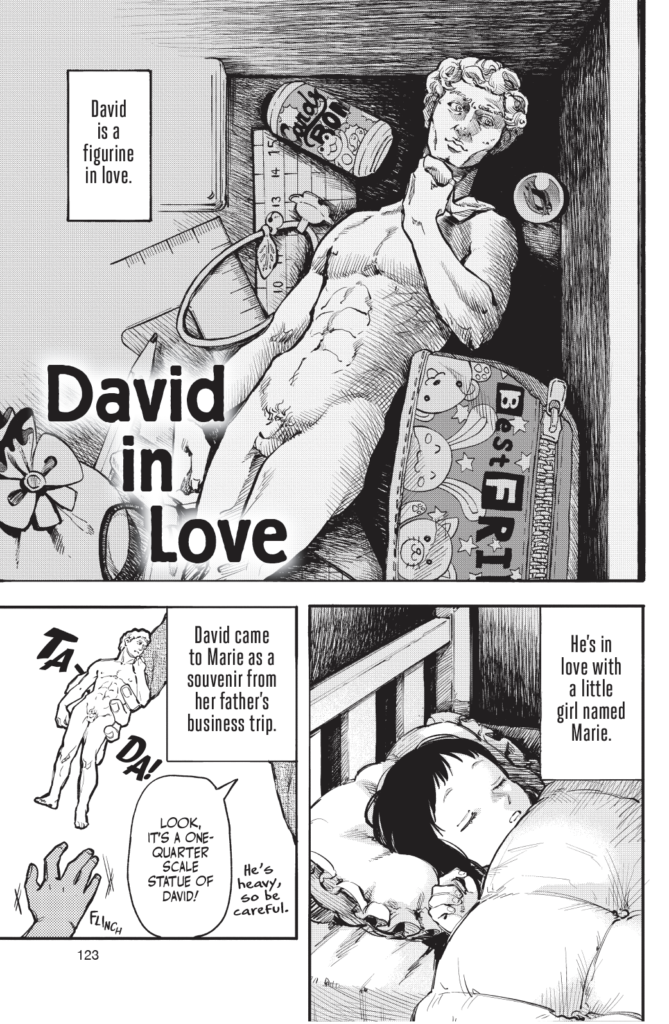
01:18:00 The 2-page manga are kind of surreal, with some “gotcha” endings. Here’s The Wound, the story about the sunfish that we mentioned.
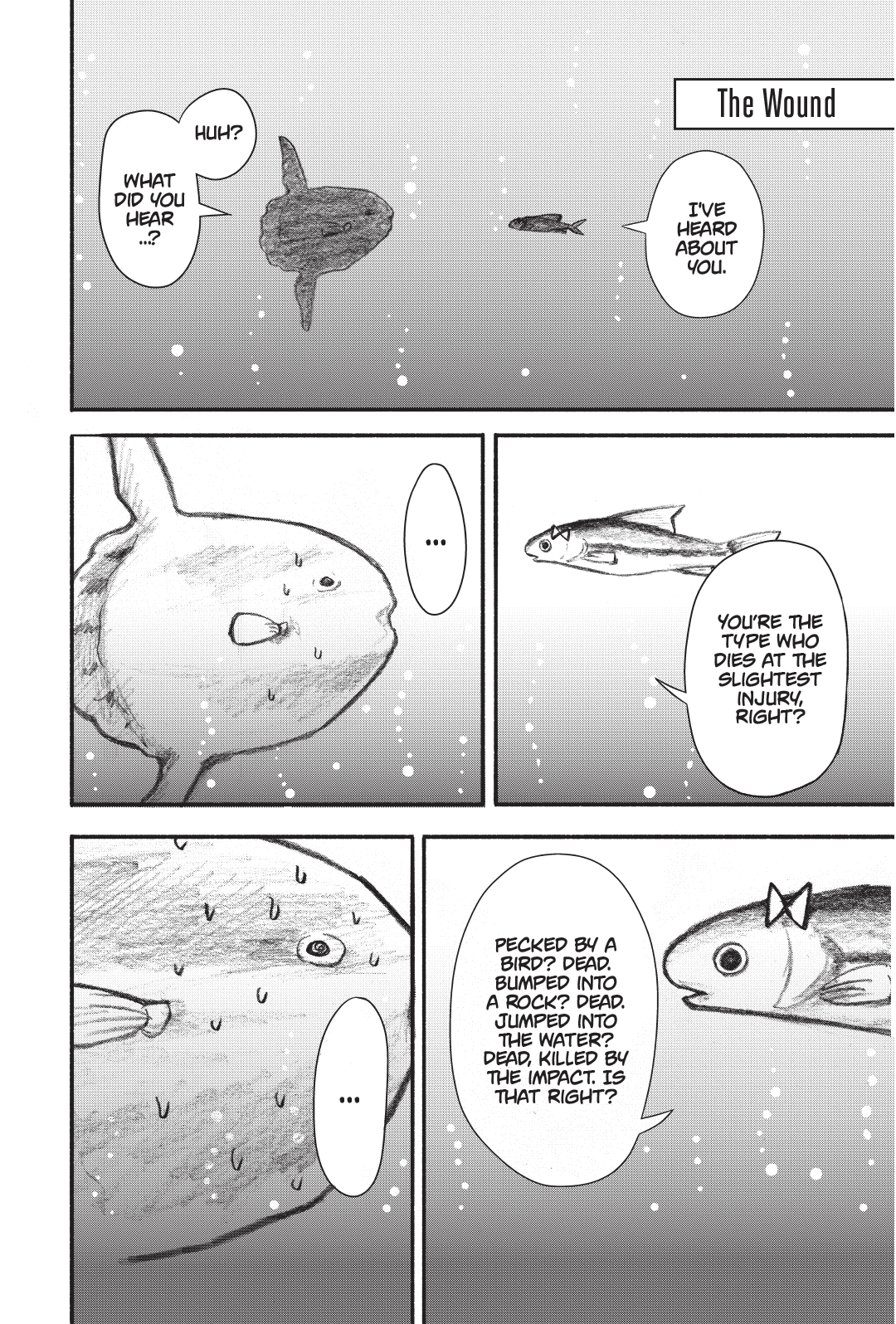
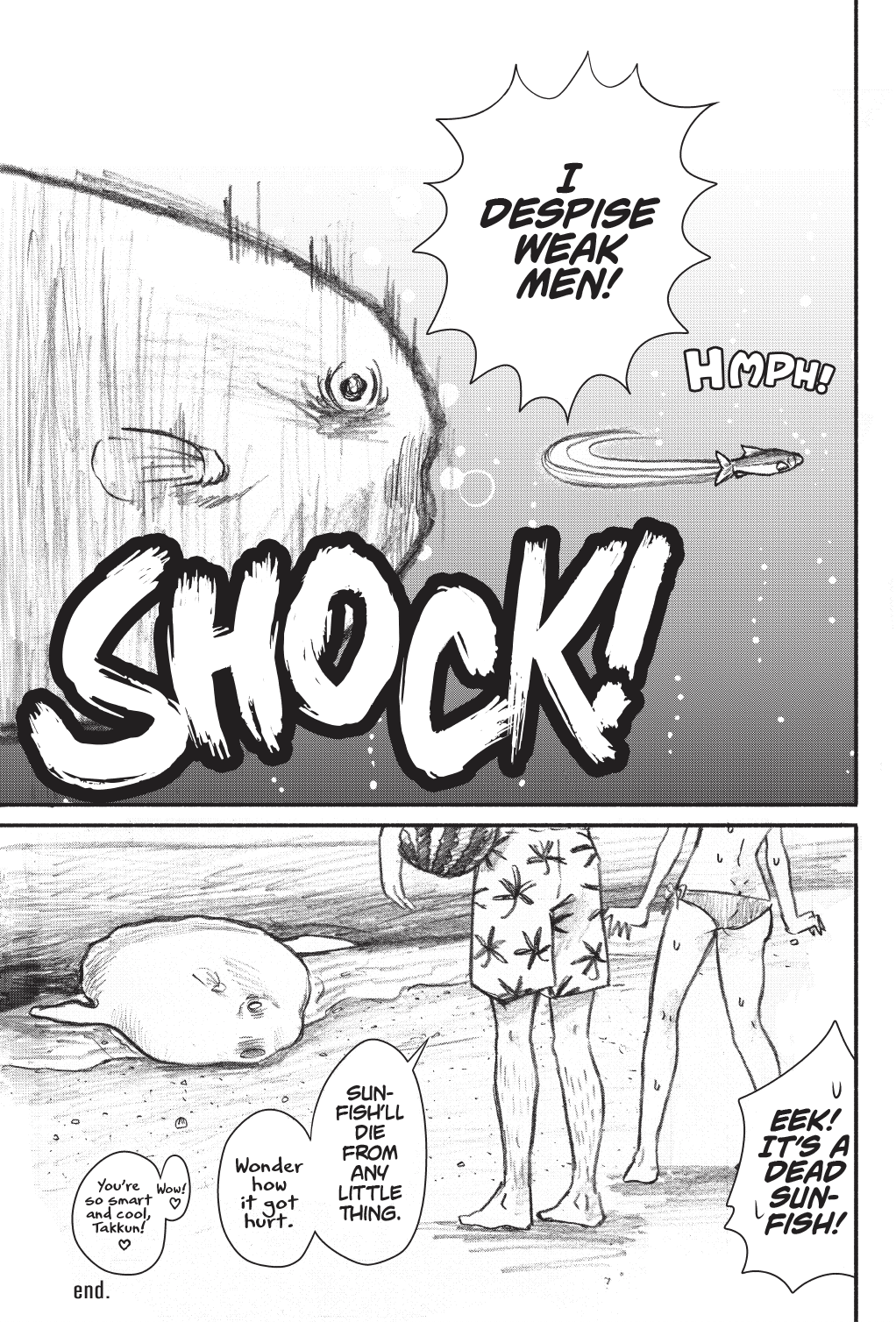
Yes, Usamaru Furuya’s Short Cuts is kind of a weird, obscure reference to make to Chip, especially since this VIZ Media book is WAAAAY out of print. Here’s a sample page from this series to give you a taste of its absurd humor:
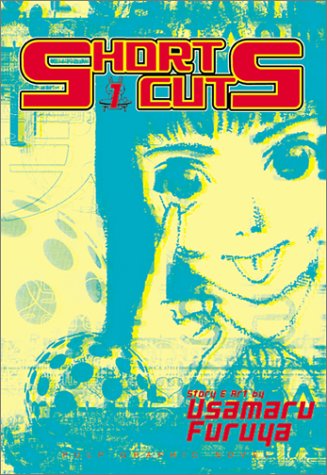
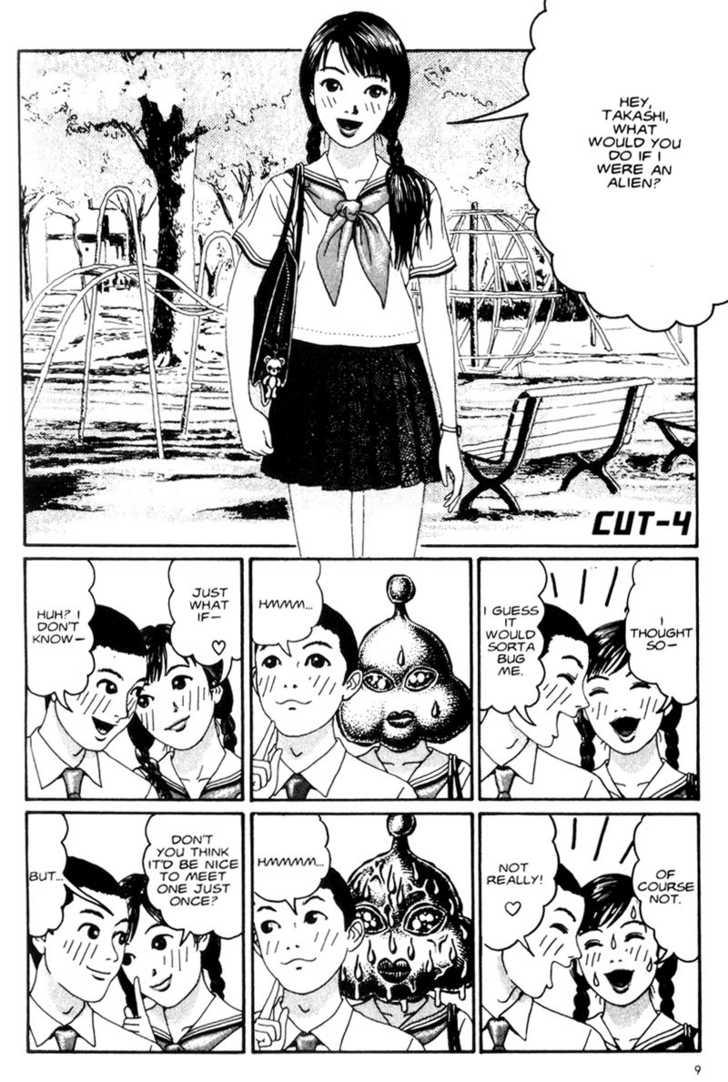
And just because, go read Christopher’s appreciation of the work of Usamaru Furuya that includes Short Cuts. Incidentally, Music of Marie by Usamaru Furuya is now out from One Peace Books.
01:22:00 “There is no one transgender story or experience.” I guess that’s a pretty “no sh*t” observation, but I said that because I’ve read a few graphic novels recently with transgender protagonists, and the differences in tone and art style are pretty dramatic.
Here are the three that we mention in this segment:
The Bride Was a Boy by Chii (Seven Seas Entertainment)
A diary/essay comic about the artists’ experience growing up as a boy, getting surgery in Thailand to become a woman, meeting their husband and getting married. The tone is bright and upbeat and the art is simple and cute.
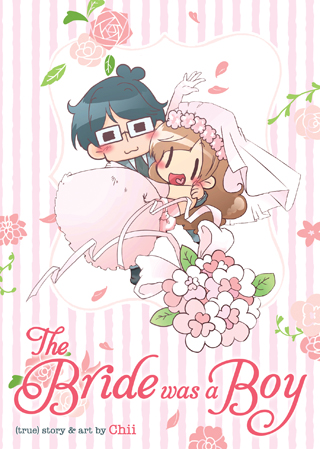
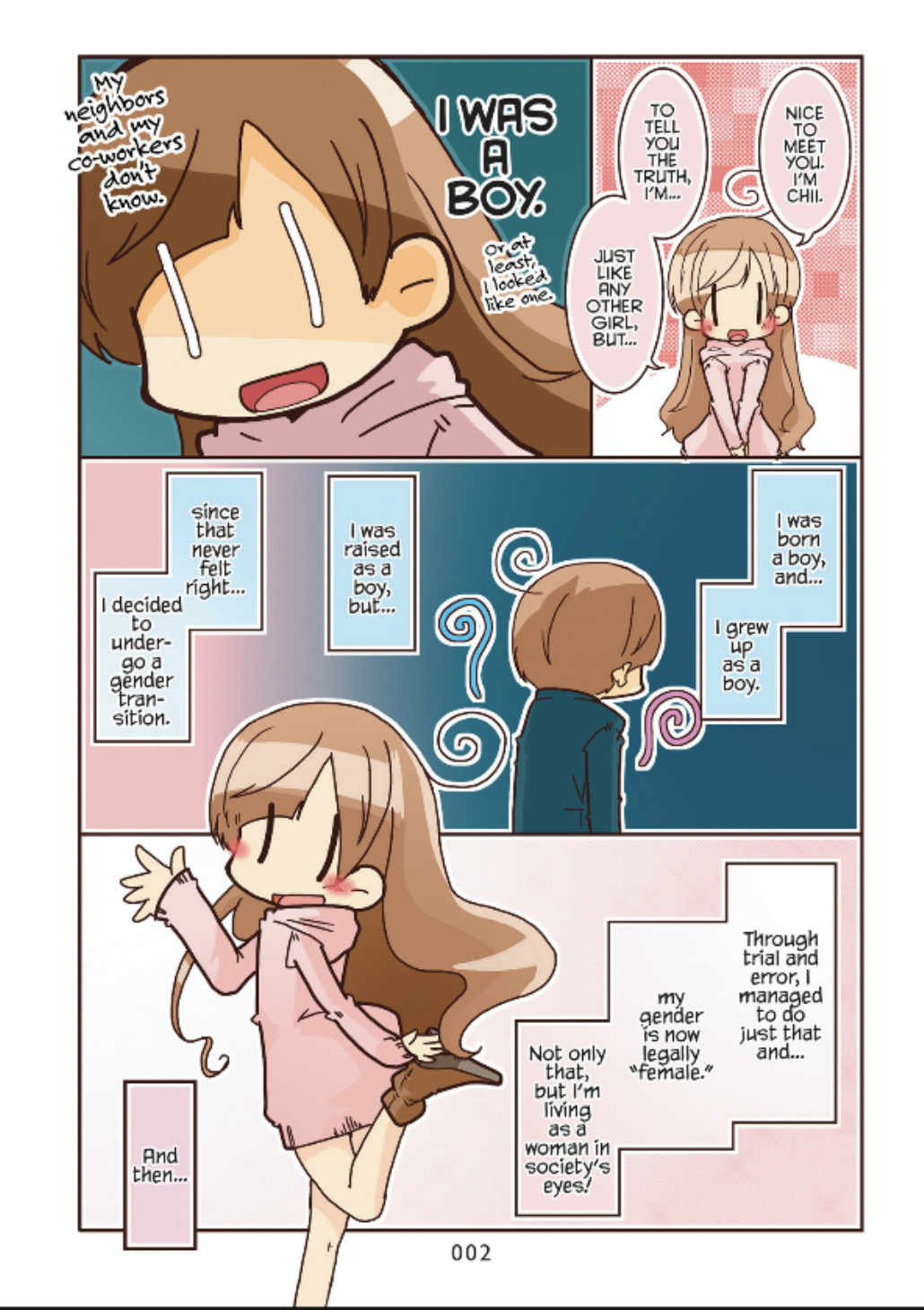
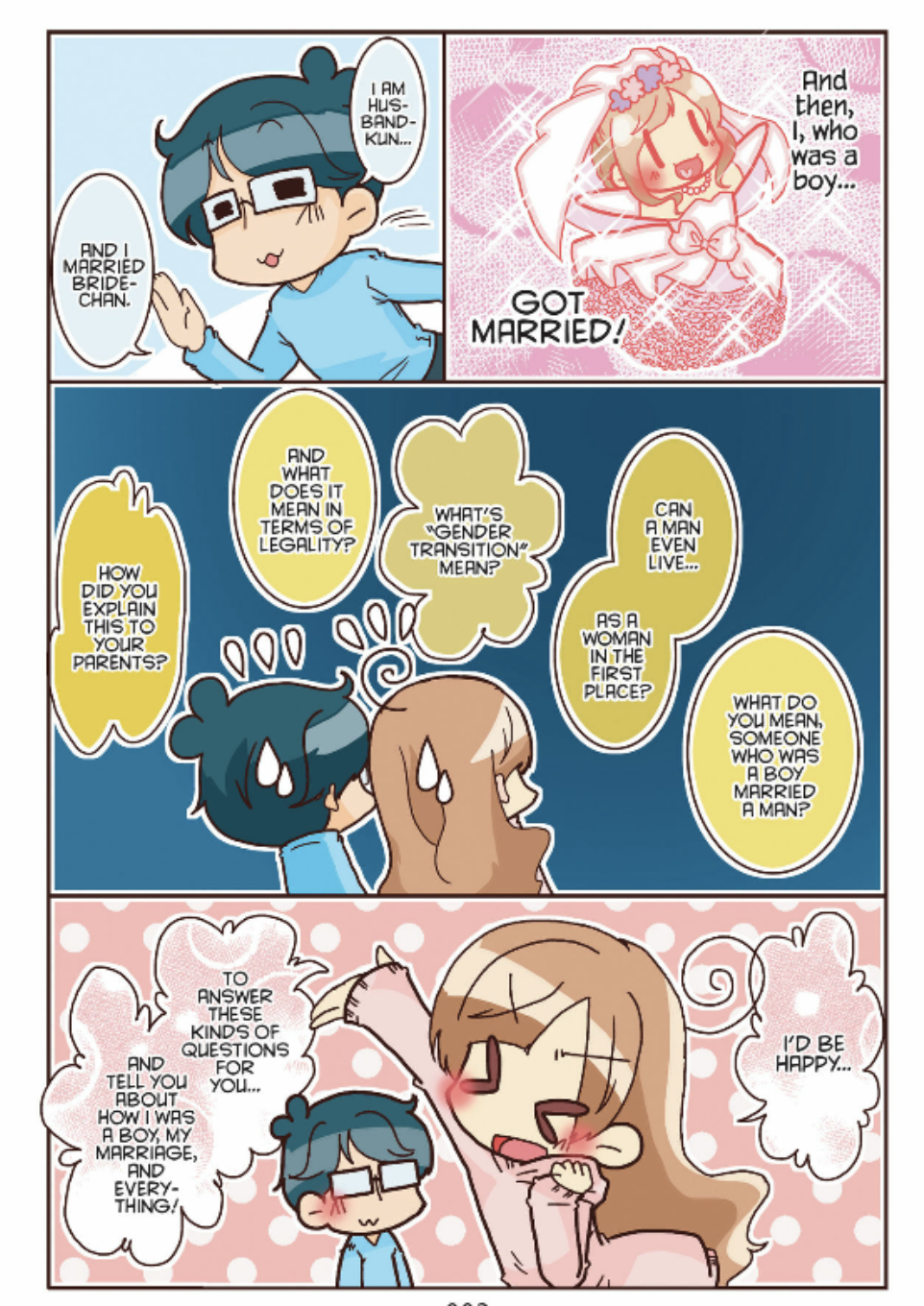
Gender Queer by Maia Kobabe (Lion Forge / Oni Press)
Also an auto-bio comic, Gender Queer (Oni Press) depicts Maia Kobabe’s personal journey from childhood to adulthood, as e figures out eir identity as not quite trans, not quite bi or lesbian, but “gender queer” on eir own terms.
Described by The New York Times as “the most banned book in N. America,” Gender Queer has been the subject of numerous challenges, where community members protest the inclusion of the book in school or public libraries and sometimes outright pull it from the shelves or ban it. Check out the New York Times article for more on this.
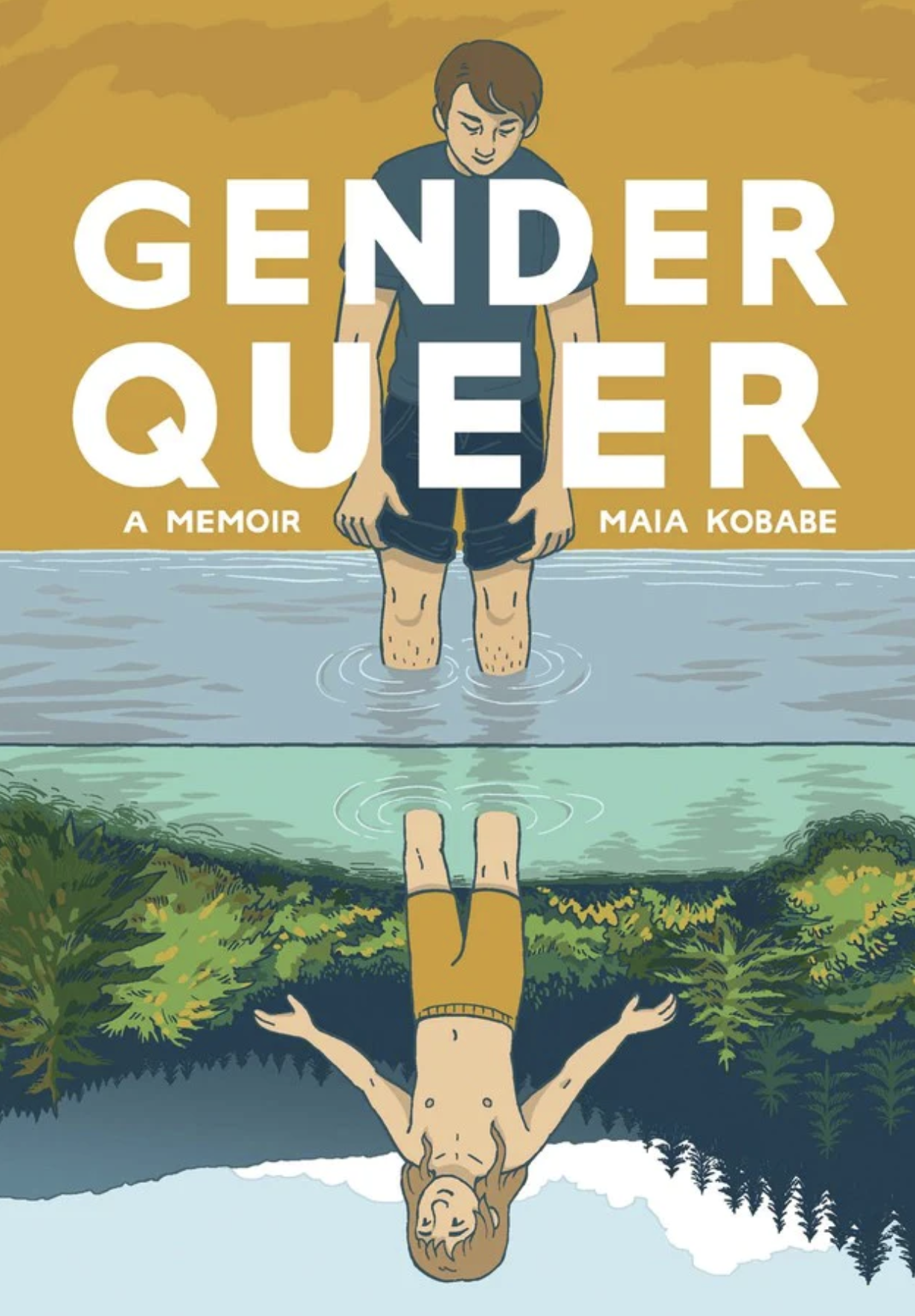
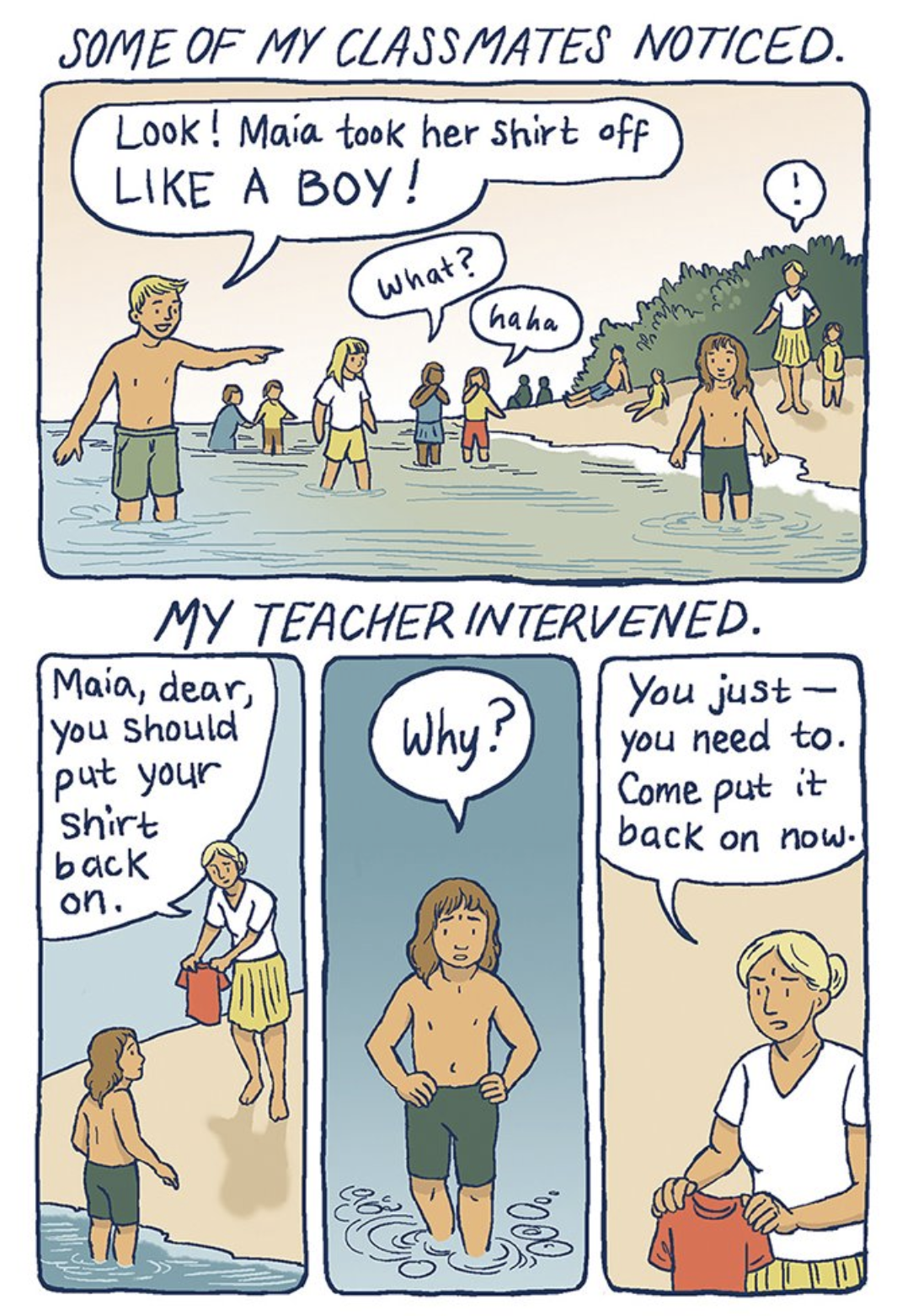
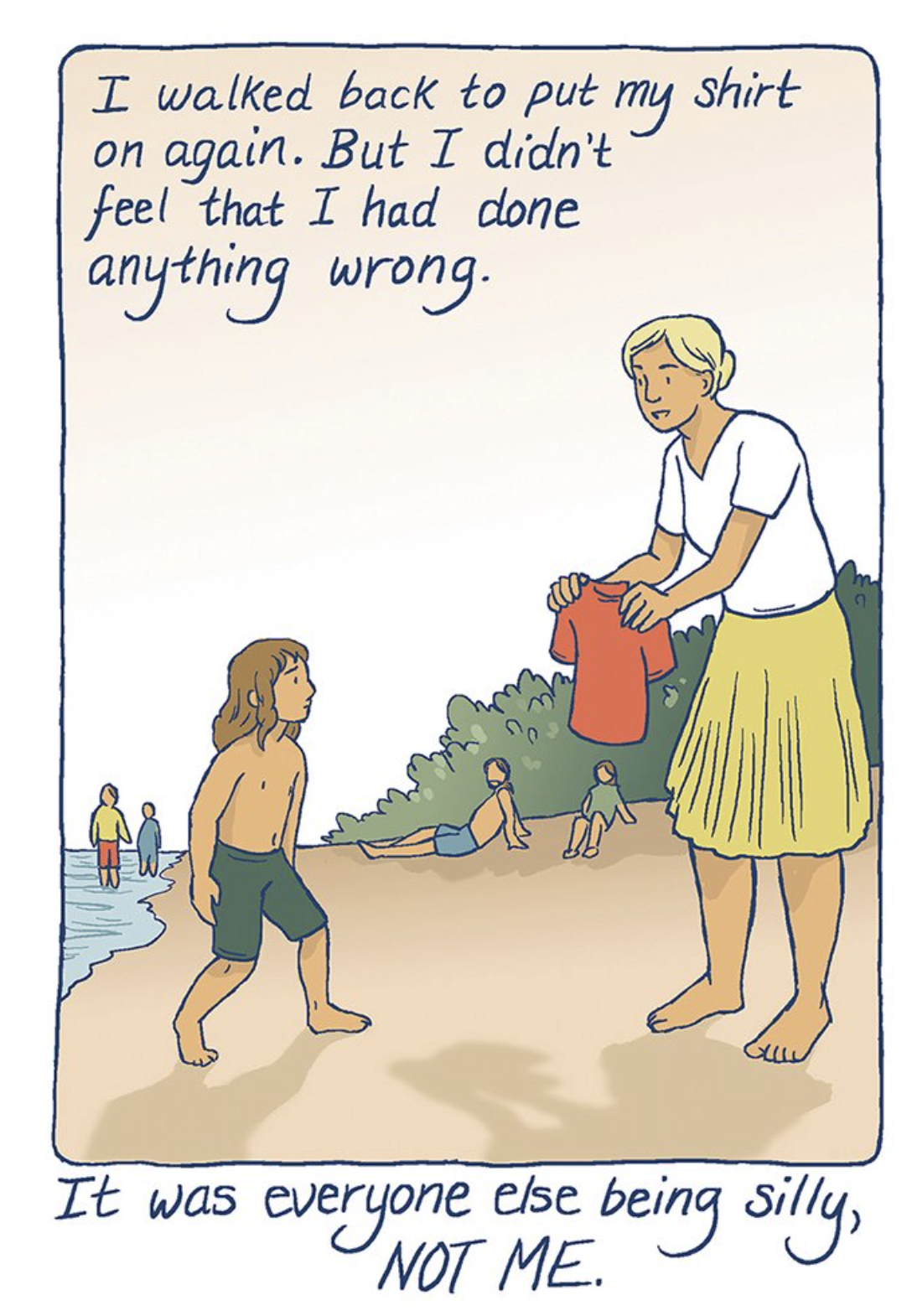
And while you’re at it, check out Kobabe’s illustrated OpEd in the The Washington Post where e makes a case that “queer kids need queer stories.”
Boys Run the Riot by Keito Gaku (Kodansha)
This 4-volume series about a trans teen discovering their identity thanks to their collaborations with their friends on a street fashion line is not only by a trans creator, but Kodansha USA put extra effort into staffing the book with editors, translators and letterers who could help present the LGBTQ+ issues in this series to English language readers with extra care and sensitivity.
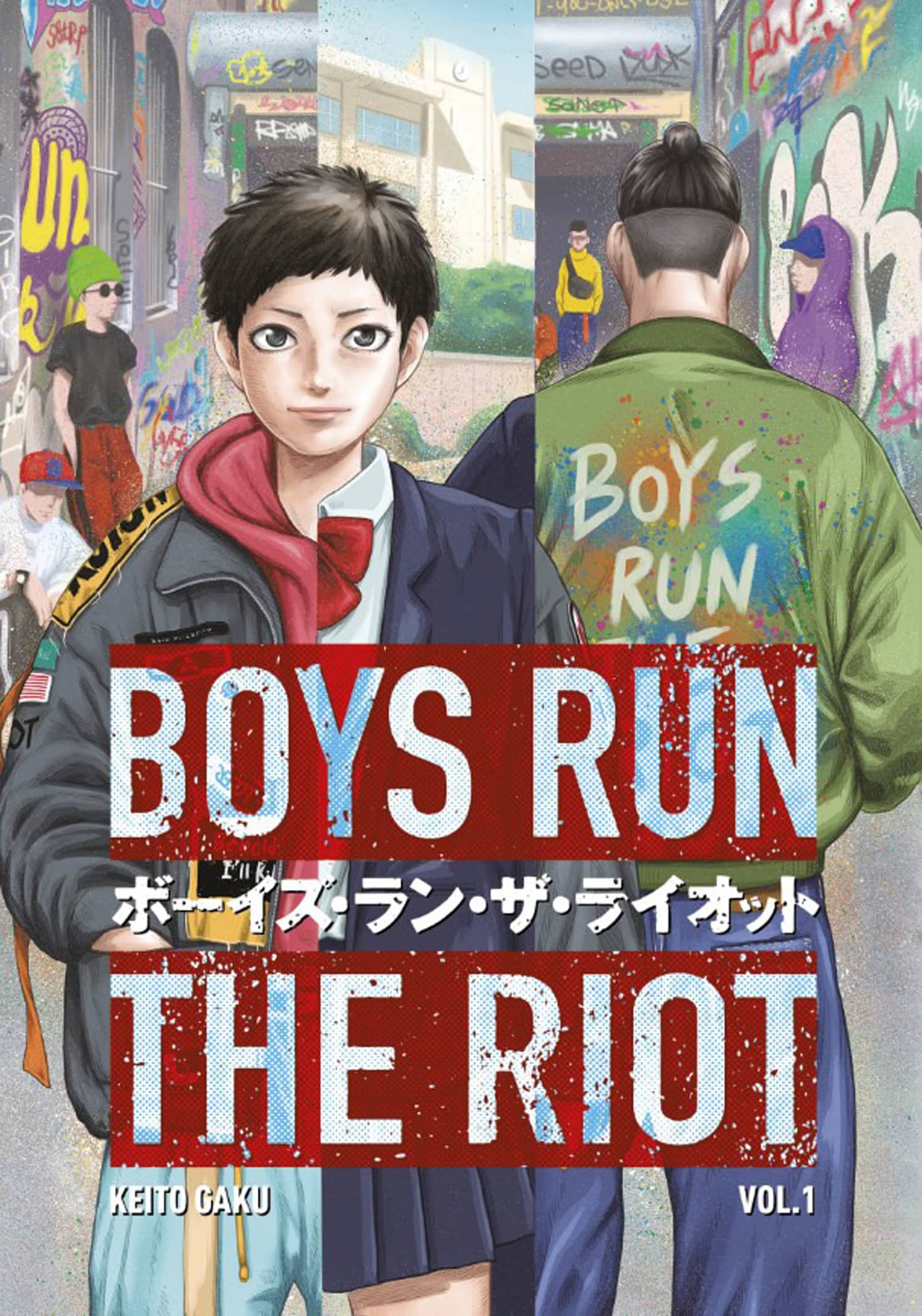
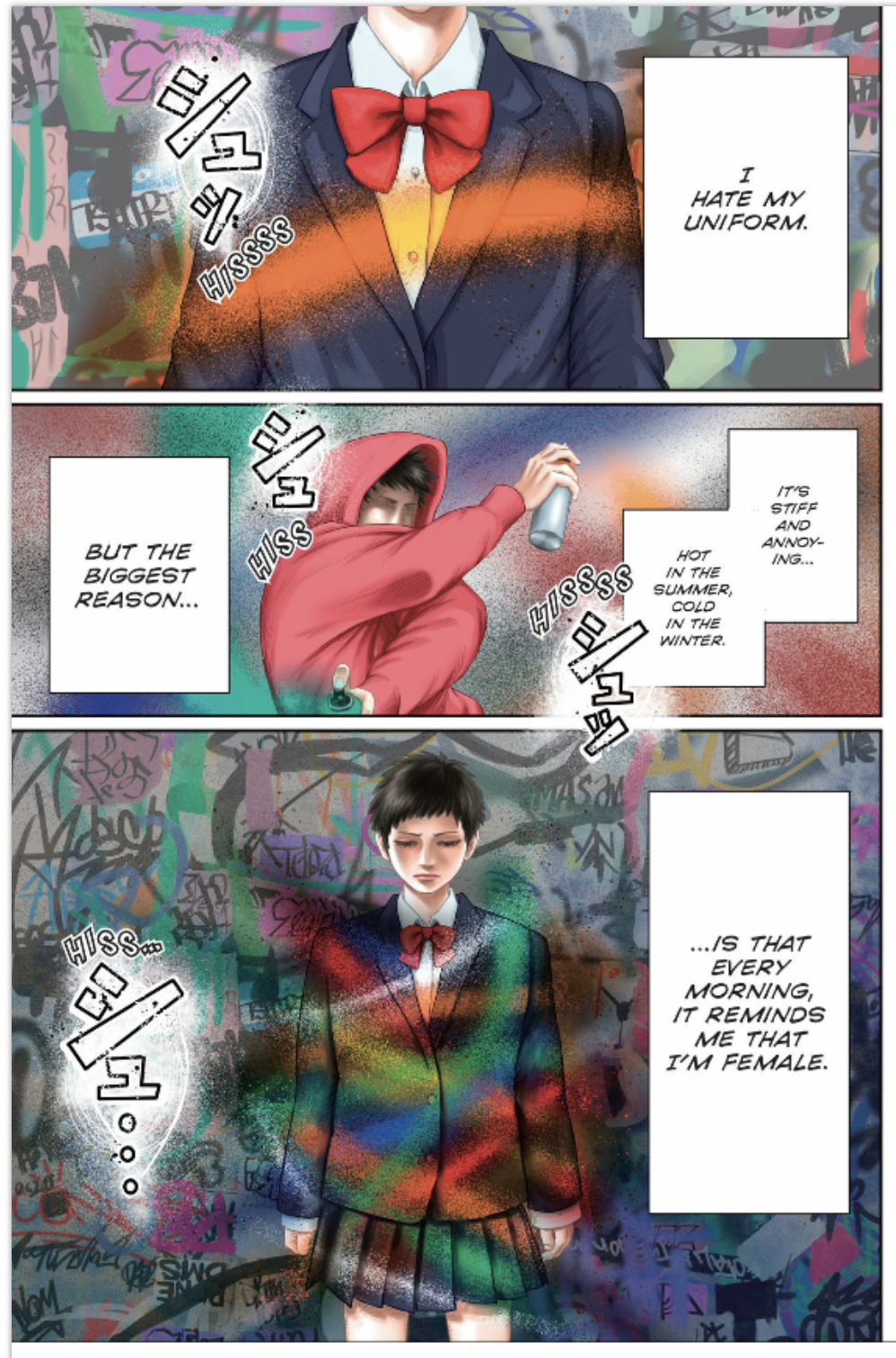
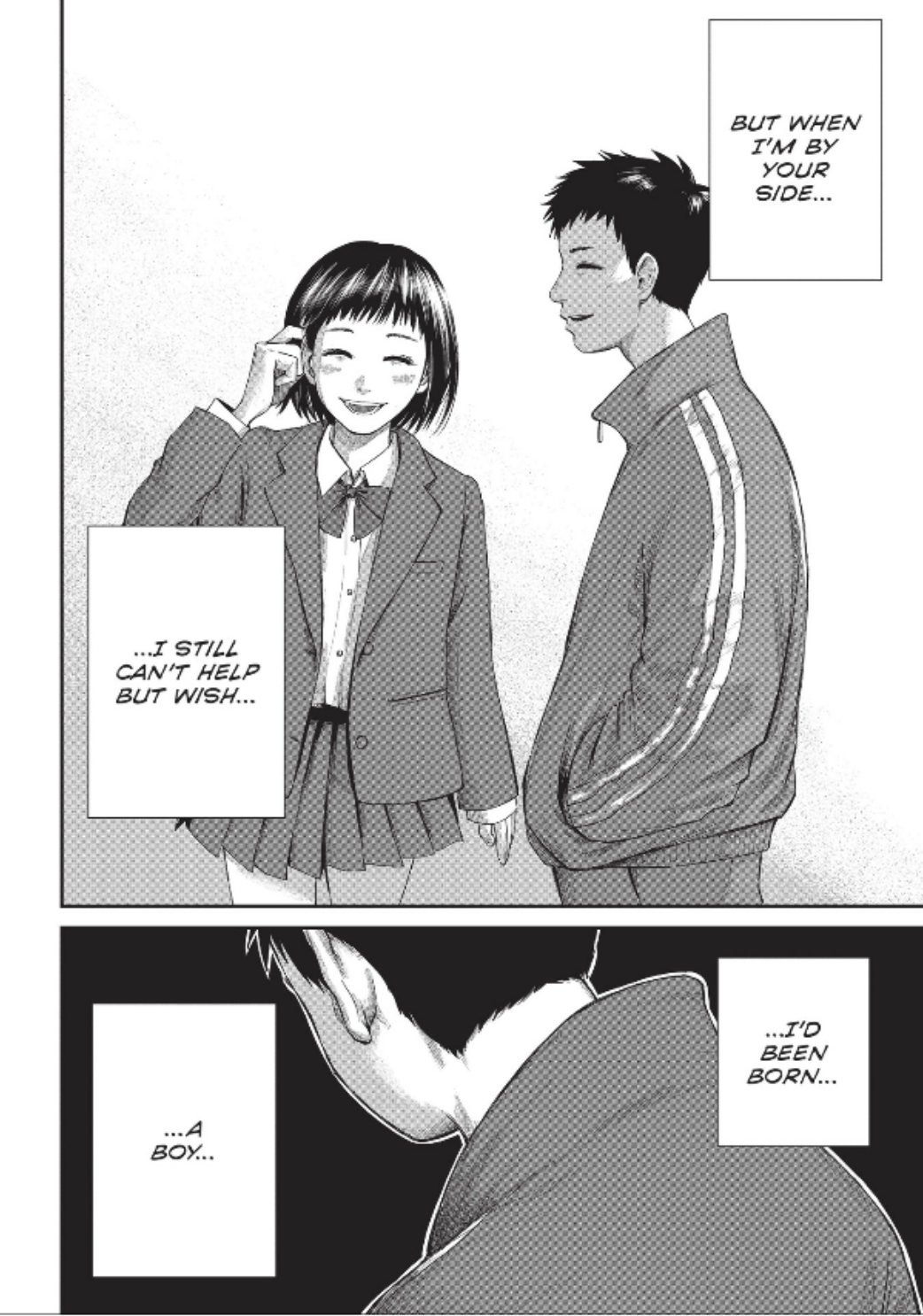
Here’s Kodansha’s video of a conversation with Keito Gaku, creator of Boys Run the Riot.
01:21:00 While To Strip the Flesh is about Chiaki’s relationship with their father, Hot Watermelon is a 32-page story that focuses on a mother-son relationship. Here’s the scene that Christopher on pages 152-153, mentions where the shards of glass wound both the son and the mother alike.
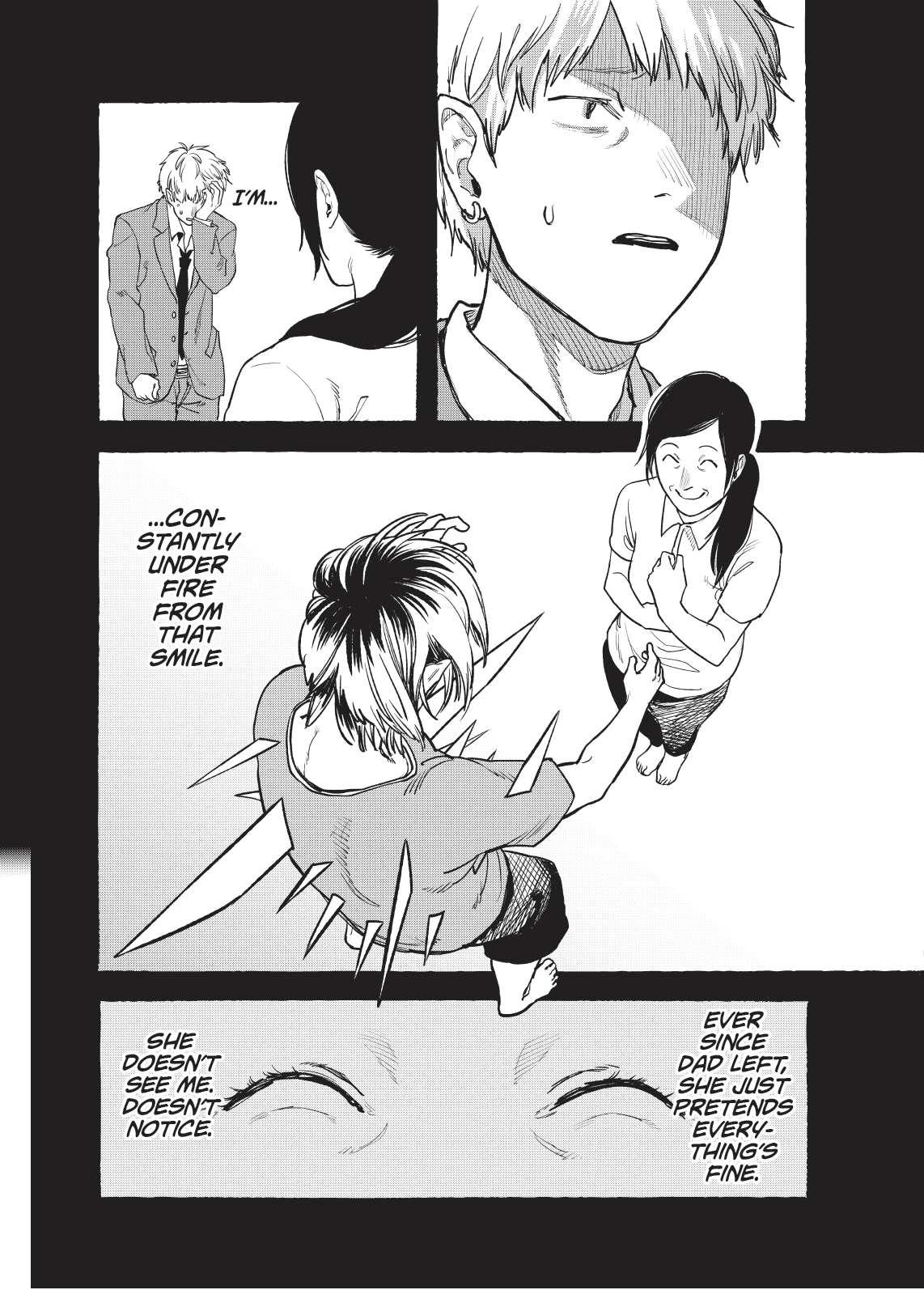
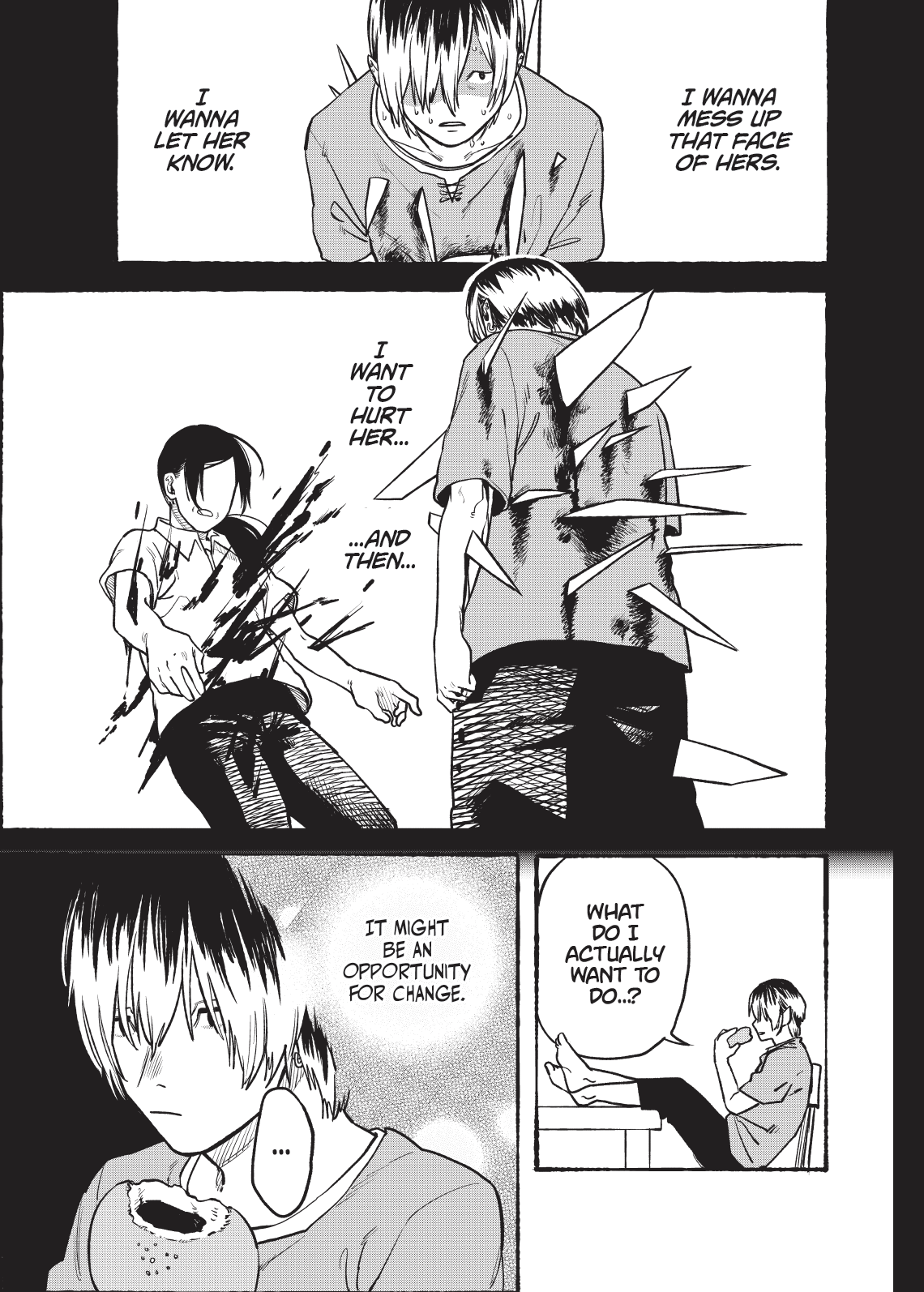
01:22:00 Here’s one of the pages that Christopher mentions as an interesting example of Toda’s attention to detail, especially how they use using hair to depict Chiaki’s father, and “the ways that we depict and project masculinity in the world.” Compare and contrast with the clean-shaven men of Jiro Taniguchi’s worlds!
(Speaking of father-son relationships and Jiro Taniguchi, if you haven’t listened to our episode for A Journal of My Father, well, maybe go check it out.)
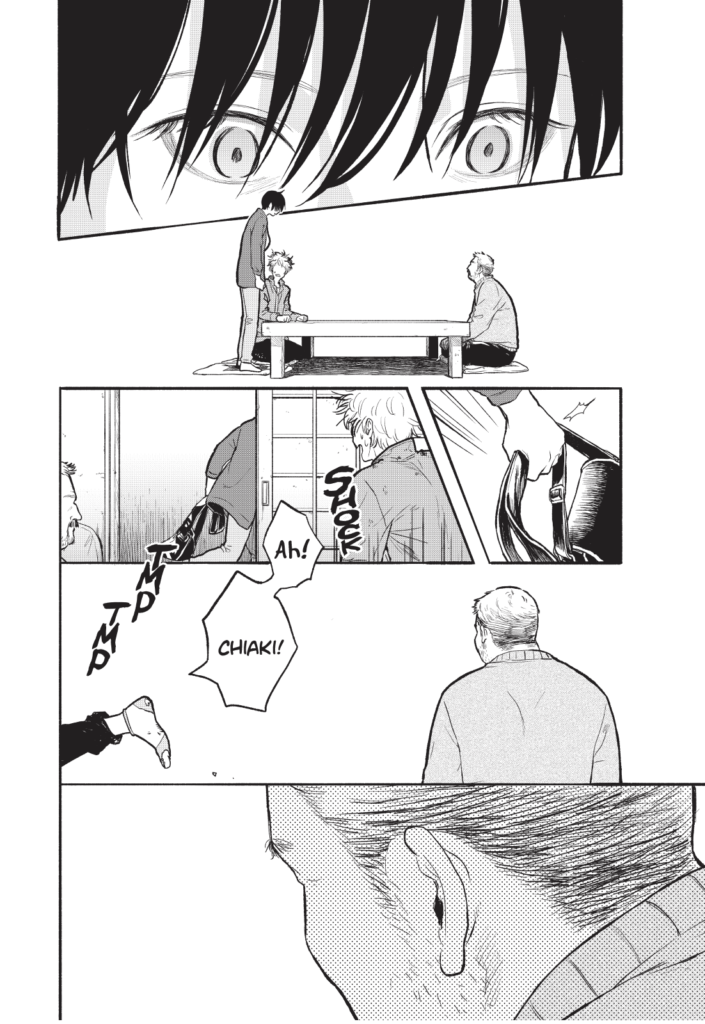
01:24:00 Chiaki’s friend Takato is an interesting ally – he clearly cares about Chiaki enough to warn him about not placing too many hopes on a trip to Thailand as being the solution to all his problems, but he also stands by his friend, even when it would be easy to turn away.
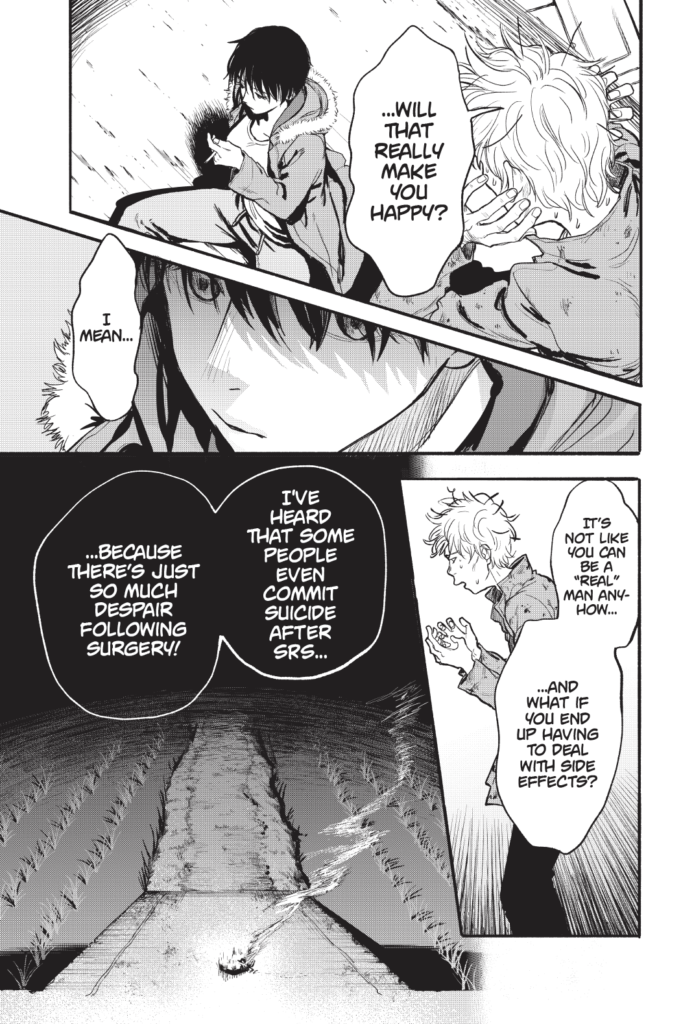
Little wonder that the epilogue story at the end hints at Takato also finding love, giving readers, as both Christopher and Chip say, a bit of “fanservice.”
01:25:00 – So if you’re new to trans issues, you might not be aware of what some of the acronyms used in the story mean, much less that they’re offensive to some people in the West. I guess I would have liked some kind of explanation while I was reading the story, but this is not a huge deal-killer here.
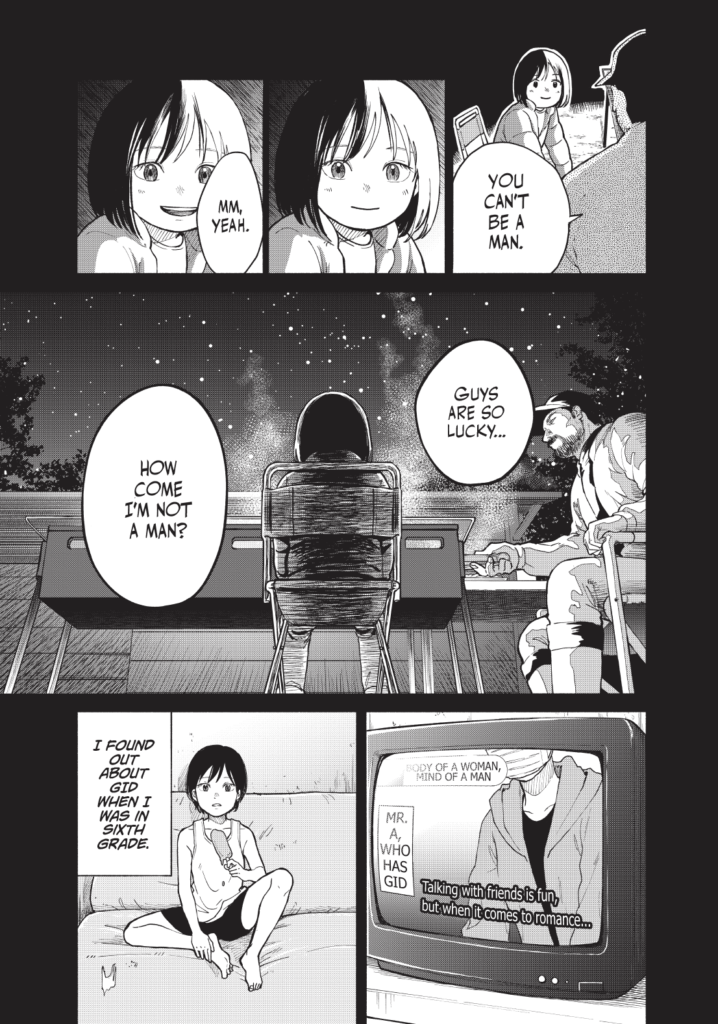
01:27:00
This is the kind of book that people need to find on their own… There’s nothing about this that makes it inappropriate in a school, in a sane world.
-Christopher Butcher
01:28:00 In case you’re not familiar with Fire Punch, Tatsuki Fujimoto’s series before he drew Chainsaw Man, this intense sci-fi / action story is set in a “frozen dystopia” where the main character has the power to both make fire that burns his flesh while also having the ability to regenerate/heal his body. It’s… a lot.
You can read the entire 8-volume series as part of your Shonen Jump subscription, but Fire Punch is quite gory and violent, so it’s an 18+ title. As such, you need to sign in on the VIZ.com website to read it. It won’t be available on the Shonen Jump mobile apps.
Hopefully, our discussion has gotten you a bit curious about To Strip the Flesh. You can also read a free preview at https://bit.ly/TSTFPodcast.
1:30:09: THE SECOND BREAK! We had two breaks! It’s been a while.
AND NOW, SOME SHOUT-OUTS!
CHRISTOPHER / CHIP: The curse is lifted, and the Kids (in the Hall) are back on Amazon Prime. Although this was originally a Chip recommendation.
CHIP: He raves about the Miles Morales Spider-man game. Here’s a trailer for the Ultimate Edition from PlayStation:
DEB: Deb shout-outs ballet anime Dance Dance Danseur, now airing on Crunchyroll. It’s based on the manga by George Asakura that’s currently serialized in Weekly Big Comic Spirits. There’s no English version of the manga, but if you get hooked on the story, you can always pick up the Japanese version of the Dance Dance Danseur manga on BookWalker.
While the Cross Game anime is nowhere to be seen or purchased, you CAN watch another baseball story based on a story by Mitsuru Adachi. Mix: Meisei Story is now streaming on Crunchyroll and Funimation.
DAVID: As a true boxing fan who also likes anime, David points out that iconic sports manga series Ashita no Joe also has an anime version out now on DVD: Tomorrow’s Joe. He describes it as “really solid boxing anime” that’s”very seedy in all the right ways,” so maybe go check it out on Retrocrush?
Also, David picks something from our pal Chip Zdarsky, Spider-man: Spider’s Shadow (Marvel), a book that asks the question, “What if Peter Parker became Venom?” Find out, and see what’s up with “Brock Ock!”
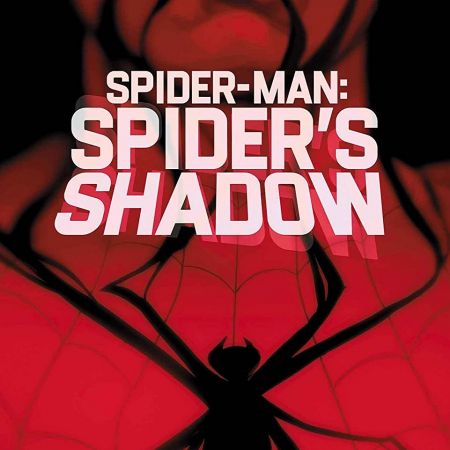
CHRISTOPHER comes back for another shout-out (look at him, watching TV). It’s for an anime that’ll hit you in the feels, Christopher shouts out Kotaro Lives Alone, streaming now on Netflix. Deb actually originally recommended this one too!
A five-year old boy lives alone in an apartment complex where a bunch of lovable low-lifes — a yakuza, a manga artist and a nightclub hostess — are his neighbors. Why is Kotaro living alone this way? And why does he talk like he’s a samurai from feudal Japan?
This 10-episode anime series is based on Kotaro Lives Alone (Kotarō wa Hitori Gurashi), a manga series by Mami Tsumura, that’s currently serialized in Shogakukan’s seinen manga magazine, Big Comic Superior. There’s no English version of the manga out, so I guess just watch the anime…
And that’s this week’s episode of Mangasplaining! Thanks so much for listening to this quite long (but we think worthwhile) discussion of Cross Game and this week’s Manga Blind Date pick, To Strip the Flesh.
Please support your local comic and manga specialty shop when purchasing these books, and you can find one near you at comicshoplocator.com. You can also check your local library for print and digital lending options, they have TONS of manga! Also, check us out at MangasplainingExtra.com — we’ve got some cool new manga series that we’re hoping to announce very soon. Finally, thanks to D.A.D.S. for their musical accompaniment this episode.

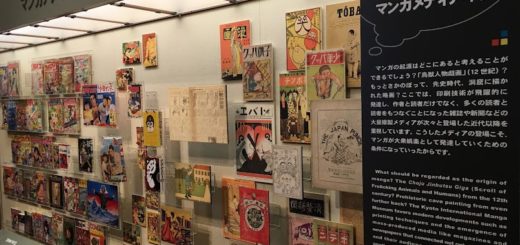
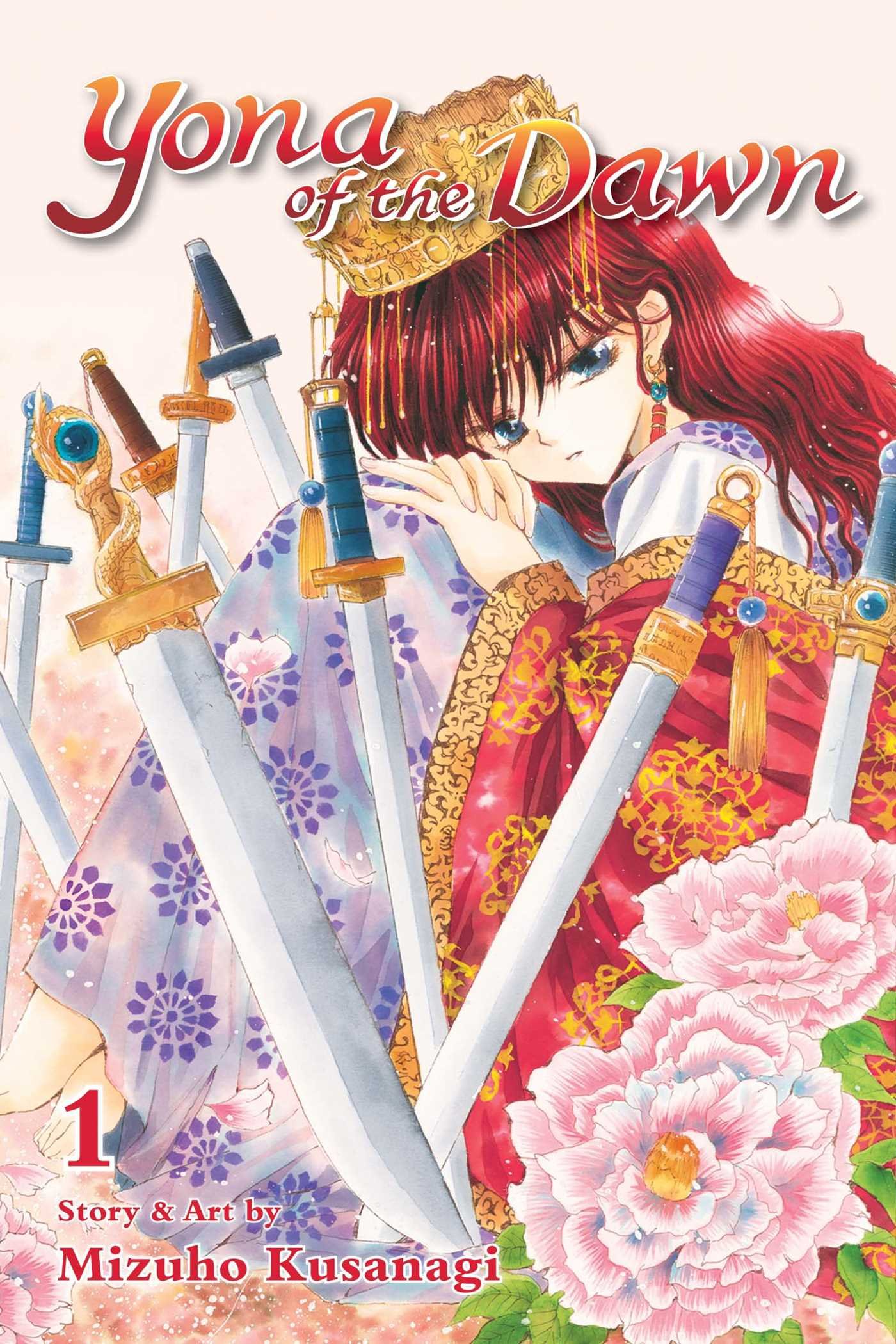

Another great episode!
I love sports drama, and sadly …there isn’t a great baseball/softball manga about women. I just did a new video about Sports in Yuri Anime and Manga motivated by Birdie Wing which is an amazing golf Yuri anime. ^_^
https://youtu.be/ZInFqSZ2dgQ
TERRIFIC video, Erica. I’m ashamed to admit, that I didn’t know any of the titles before.
I know I’ve mentioned it in other, err, essays (your words not mine) in comments in previous mangasplainings… But it’s worth mentioning that Adachi’s first big hit, along with Nine in Shōnen Sunday Super, which it ran virtually parallel with, was Hiatari Ryōkō! which ran from 1980-81 in Shoujo Comic, and he was encouraged to both work in that magazine, and to expand his scope, by its famous editor, Junya Yamamoto, Shoujo Comic at the time being known for its works by Moto Hagio, Keiko Takemiya, etc. So, yes, at one point anyway, it Adachi had a baseball manga running side-by-side with Hagio’s space opera Star Red, and Takemiya’s seminal yaoi work, Kaze to Ki no Uta. I find that wonderful, and crazy.
But all the Adachi hallmarks are in place with Hiatari Ryōkō!—the great cast of characters, where even the perverted comic relief somehow seems appealing, the nostalgic sense of growing up, the fact that even the “bad guys” never are actually bad guys, and, yes, an emphasis on baseball. The only difference between it and his more famous later series like Touch are that the lead character is female and not male. In fact, after Touch’s mammoth success as an anime, the same production team made a Hiatari Ryōkō! anime which lasted a year, and led to a (bad) movie, but, having watched it during the pandemic, is damn good. However, it doesn’t quite have the heartbreak of some of his later works (at times coming off like a gentler early version of something like Maison Ikoku)…
https://www.youtube.com/watch?v=FE_fF7mGOrc
So, Adachi has strong classic shoujo elements in his storytelling. And—I’m so glad Chris chose this manga (though I had no idea it was still in print). I recently found my old collection of Pulp and Animerica Extra Magazines, and had forgotten how strongly Viz fought for this with Short Program. I have the collected volumes as well—but in the Animerica Extra volumes, they really fight hard to convinced readers that they WILL LOVE Adachi’s work. And I have a feeling that never really happened, which is why I was so surprised when they started releasing Cross Game.
I think Chip is spot on though that, of course it’s aimed at kids, but in the way that a Judy Blume novel would. I especially appreciated how he described how well it handled the different reactions to death.
I should add that out of the major Adachi works I know–mostly via French manga or the anime adaptations–Nine, Hiatari Ryōkō!, Touch, H2 and the various short works–Cross Game is the first time Adachi’s work does really seem to move into full on drama, to me, whereas the earlier works feel like romantic, nostalgic, comedy with a few moments of tragedy. And yeah, tear inducing drama. I wish he had enough works out in translation so I could know if this was the first time he really dealt with tragedy from so early on in a serial. It really is incredibly moving. And genius.
And as to serialization… I think this would have worked for readers (especially as a weekly, as opposed to monthly, serial) is that it is character based. Like a soap opera, people get into each installment to connect with characters that they like, as much as to see any story progression.
AND… It is interesting that Adachi doesn’t address women’s sports. When he did Hiatari Ryōkō! for Shoujo Comic, Aim for the Ace!–a LONG manga all about women becoming the equal of men in the world of tennis–was still THE blockbuster manga at shoujo rival magazine Margaret, with Osamu Dezaki’s “all new!” (as it was advertised) film version topping the box office, etc. Even many male tennis stars from Japan mention how that was the anime (and presumably for some, the manga) that got them interested in the sport–and yet, the background focus in Hiatari Ryōkō! is still on a boys’ baseball team (as well as a few other sports…)
And as to the brilliant use of how time is used… I do think (shock!) that shoujo masters like Moto Hagio use it a lot, but the term I use for it is “pillow shot” which is a film termed I learned from the films of Ozu’s films, and something Isao Takahata really uses in anime like Only Yesterday and Grave of the Fireflies. https://www.bfi.org.uk/features/enigmatic-pillow-shots-yasujiro-ozu
And finally–I have to echo Deb’s shout out for Dance Dance Danseur. I never played baseball as a kid, but I did study ballet for 15 years very seriously–initially only agreeing when I was five to take tap dance because even at that age, I felt somehow that was more masculine than taking any other kind of dance. While I can’t relate to everything in it (I was the only boy in my dance classes until I was a teen–and obviously didn’t come from a martial arts background), I thought it was honestly the first work in any media that I’ve seen that understood the difficulties of trying to express why you love something, that your school friends mock you for.
On top of that, the actual dance sequences are beautifully rotoscoped, they got all of the ballet terms right (as well as the right uses of the proper music for certain classical ballet scenes–something even most Hollywood movies get wrong), and there’s a good level of well done melodrama. My two caveats would be, that it obviously ended just as the manga was gearing up, and that they didn’t make *any* of the male ballet students gay, which didn’t ring remotely true (and I’m not just saying that as a gay guy…)
(And I can’t shut up and probably should write these up after listening to the full podcast…)
I appreciate the Ashita no Joe anime recommendation–both series, along with the Aim for the Ace! anime, basically made Osamu Dezaki’s name as one of the first (the first?) auteur anime directors. Watching them there are so many amazing animation techniques that he *created* and we take for granted now… as a shoujo freak, Dezaki is also well known for directing the second, better, half of Rose of Versailles, the Dear Brother adaptation, the Golgo 13 movie, the Space Cobra movie… you know his style as soon as you see it. Just every one of my favourite anime techniques originated with Dezaki, and the original Joe was what built his reputation.
My only issue with the BluRay releases is they are of the compilation movies. Unlike with Aim for the Ace, Dezaki didn’t do a whole new movie, but rather edited 50+ episodes into each of the two Joe movies, so much of why they became such huge hits in Japan is lost. But it gives a good sampler.
There are a lot of videos online about what makes Dezaki such a great adapter of manga, but this is one of the best: https://www.youtube.com/watch?v=mKps2-VeN98
(he also did a low budget josei/yakuza OVA that’s worth tracking down too, Kasei Yakyoku).
Cross Game is so great. What a shame that there are no other Adachi manga available in English (aside from the 2 volumes you mention).
On another topic, it’s just so sad that Gender Queer has been “controversial.” When I read it, I felt that it’s exactly the kind of art we need more of, and that more people need to see: stories of transgender, nonbinary, and gender queer people that give us a glimpse into their personal experiences and help us understand what their gender identity means to them, and what it should mean for all of us.
I have to admit, I am also one of those people that ignored Cross Game, partially because of the baseball and partially because the cover is so unappealing. I put it on displays of sports manga because it’s always getting talked about as great, but I’ve never felt drawn to read it. Listening to this episode made me much more interested!
Also, I hope Deb doesn’t feel embarrassed about that statement on ‘no one trans story’, which is kind of the feeling I’m getting from the show notes. This is exactly why we need more trans representation in fiction! There’s no one cis experience, but it’s all so normalized part of main culture. Showing the ways trans people experience the world helps build bridges and empathy. I’m so glad she’s read all of those comics, they’re fantastic. Gender Queer is close in some ways to my own experience, and had me crying through the whole thing.
I’m so glad Danse Danse Danseur got a shout out! I just started watching the anime and it gave me all the feels from my own days studying ballet. The drama parts of the story are less my interest (tbf my studio only ever had like…1 boy in it, I got to do the boys’ parts in pas de deux because I was tall), but it really captured the experience of being on stage and being in a studio.
I too had an aversion to sports manga, until someone made me read “Slam Dunk.” Inoue is a master of the craft, but I still couldn’t believe how readable it was, even the part that were more explanatory. I’ve been recommended “Cross Game” and “Touch” a number of times, and their presence looms somewhat large in pop culture in Japan. (Incidentally, I had “Cross Game” spoiled for me by someone who thought they were explaining “Touch”!) I’m still hesitant to start a sports manga, although I had no reservations about jumping into “Ping Pong,” but with that series, the love for the artist helped me overcome that.
I’m glad you posted so many pages from the art, because it is gorgeous, even if those character designs look a tad dated. (Alan Davis was a really good comparison.) That art on page 37 where all the panels are radiating out from the superimposed pitcher are so expertfully drawn. Reminds me of early 2000 A.D. Judge Dredd where Mike McMahon would do a similar thing telling the story on the page around a large central image because he only had 6-8 pages to the story. Here, Adachi gives us to pitches/strikes in rapid succession using just the one image of the pitcher. That’s soooo good!
I find it funny whenever someone mentions “Major,” because I had no idea that manga was so long running and follows the protagonist from kindergarten to the majors. I only saw a handful of episodes of the anime when the protagonist was in elementary school still, and I found it just out and out unintentionally comedic. I thought it was emulating the “Peanuts” formula of kids acting like adults, but no, this was just an anime about 10-year-olds who take baseball *really* seriously, like more serious than any major league player ever. Out of 40 kids, you may find one–maybe–who is that passionate about something, but not an entire team’s worth. Oh, well, it seems to be popular enough, but I found what I saw of it to be hilarious.
Erica and Eric had some good manga/anime suggestions. “Aim for the Ace” is pretty much a touchstone in Japan for sports manga/anime even being women-centric. Another one is “Attack No. 1” about girls volleyball team. I remember watching reruns of that in college. Had no idea it was originally a shojo manga.
I’ve seen a few episodes of the live-action “Kotaro Lives Alone.” and I gotta tell you. the execution is nowhere near as good as the anime. I didn’t know it was supposed to be touching, because it just had the broad comedy and overacting that ails a lot of Japanese dramas, so I could really get the hook of what it was. It was rather cringey.That trailer for the Netflix anime does a much better job of conveying the tone of the series.
I’m assuming this has been pointed out at some point in the last year or so, but Denpa licensed Short Game! B&N listed the release date as August 2024.
https://twitter.com/denpa_books/status/1553422884890189825
This is tremendous news, and I hadn’t heard. Thank you! – Chris
i LOVE this episode and relisten to it all the time, so i wanted to leave a comment haha. looking at the cover of Cross Game i felt like it wouldn’t be my thing, but i rmbr at the time this came out i desperately wanted to delve into another mangasplaining episode so i heeded the spoiler warning at the start and read like probably ~50 chapters of CG, and it was seriously as good as you all talk about here. i agree with you all about how masterful the silence and simple scenes hold a lot of weight, and though i know nothing about baseball i was still so drawn by the emotional conflict the team, Ko, and Aoba have that i read way into the competition season. i do hope to continue and finish the series one day too when i have more time!!
for to strip the flesh, i rmbr reading a tweet about its release some time ago so i actually read it before it was announced that you all would be reading it too and i was super excited about that. it was a really lovely and moving story, and despite all the unique concepts [chiaki loving to hunting/butchering and ALSO being a youtuber/streamer LOL] it felt super grounded. i also did adore the bonus sequel moment!!
Hi!
Speaking of aspect-to-aspect transitions (well, the more technical term is ‘camera wondering through broken Virgin Mary statues and windows and corners and Christes when Hellboy enters a church’), I cannot not mention that masterpiece of Yokohama Kaidashi Kikou (1994-2006) by Hitoshi Ashinano. Seven Seas is bringing it to English-speaking countries right now, with the fifth and last omnibus chubby volume coming up in a few days! In a year when I have discovered a lot of great comics from all over the world, Yokohama takes the cake as my favourite. Iyashikei reading of the century! (It also helps me with the withdrawal effects from the lack of new Yotsuba&! volumes, now that I am caught up with that series…)
As a huge fan of the show, working my way through the back catalogue, there is often some cognitive dissonance (sp?) for me with the kind of shared ideology the hosts have, which displays itself kind of startlingly at the end of the episode.
For example, they say “there is nothing about this book which would make it inappropriate for a school in a sane world” and then just moments later saying “that’s what books are for, learning about other people’s experience.”
For me, this hurts my heart a bit, because out of one side of the mouth, there is a belittling and a directly insulting (calling others that the hosts can’t or won’t understand mentally broken people) then out of the other side of the mouth, saying that we need to be open to hearing from the experience of others whose lives aren’t the same as ours.
Maybe this is just because I don’t understand the ideological dimensions at work in North America, but it seems very mean spirited and insulting to those who, in much of the world surrounding me, (middle east, eastern europe, western asia, mediterranean, etc.) might have difficulties accepting this kind of work.
please forgive my english, and forgive me for speaking so boldly, but it has come up quite a few times already for me, and it has hurt my heart enough for me to speak about it, in case it isn’t just me not understanding north america.
thanks, and great show,
Yiorgos Argyros